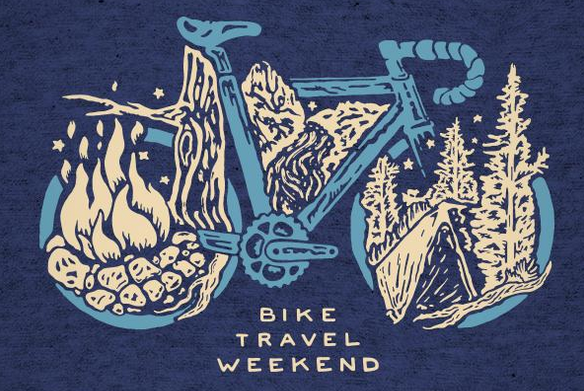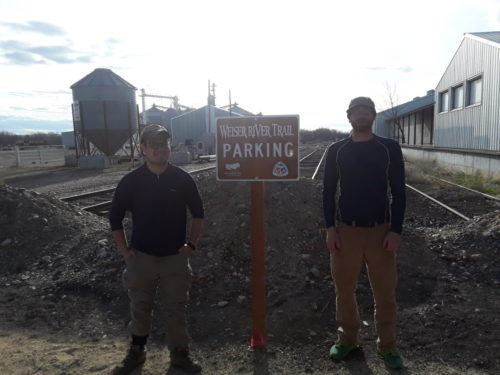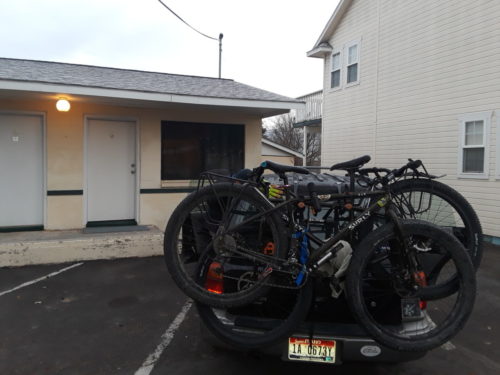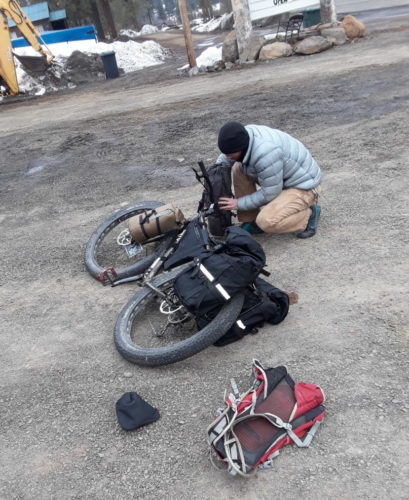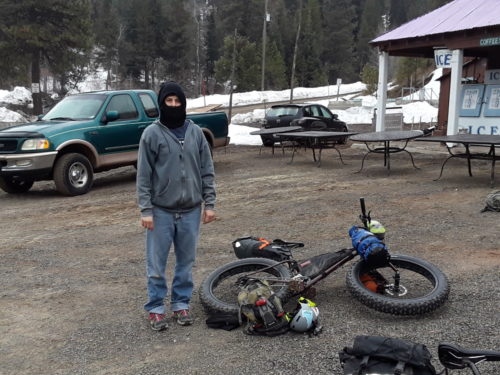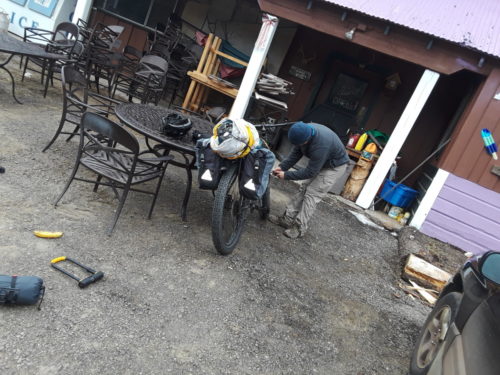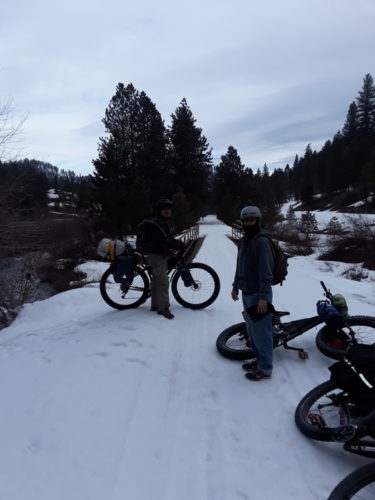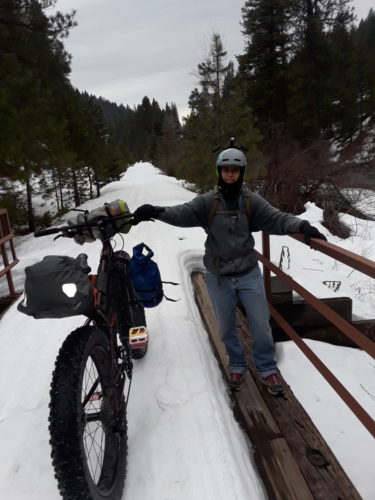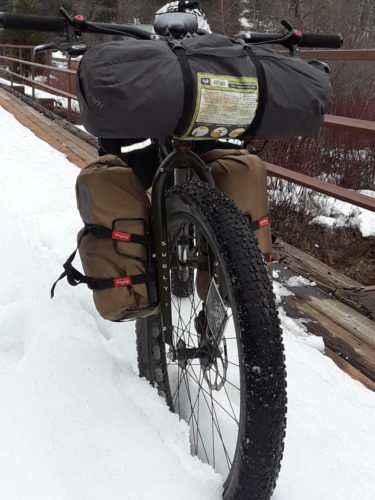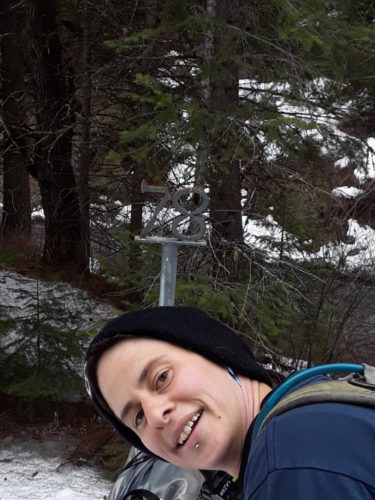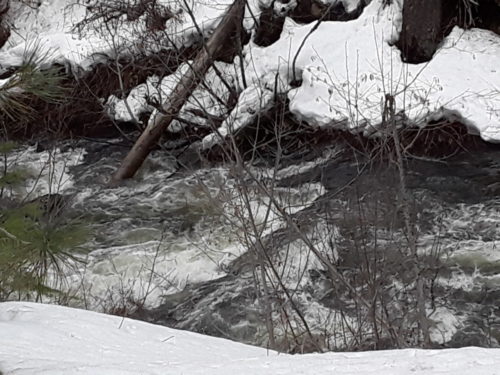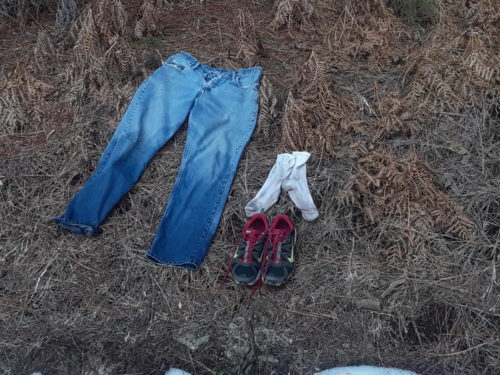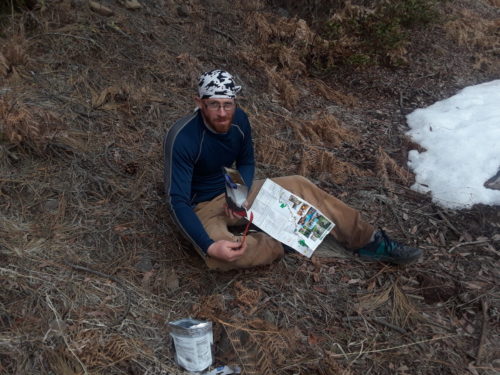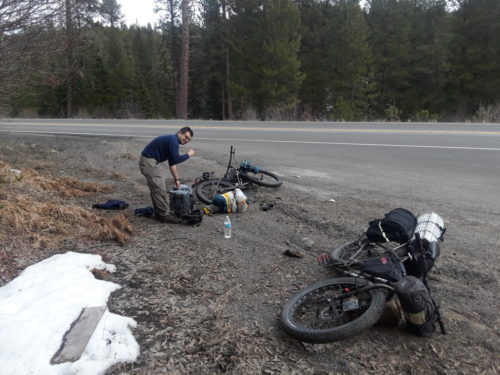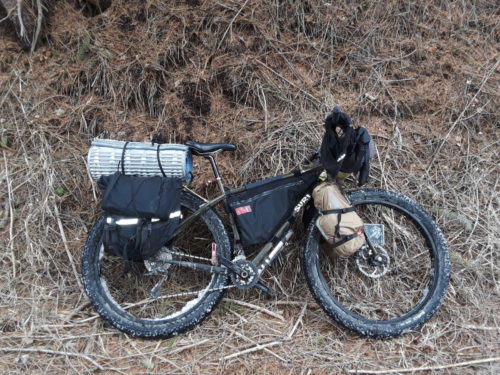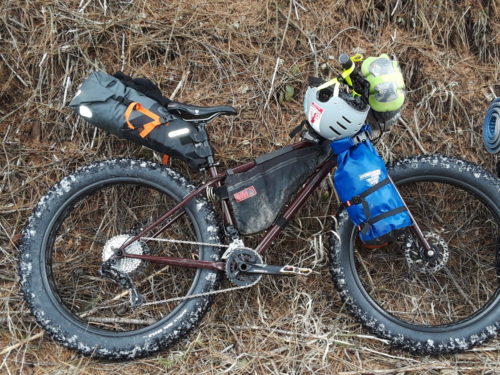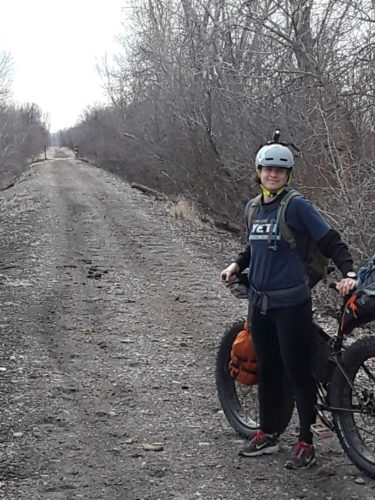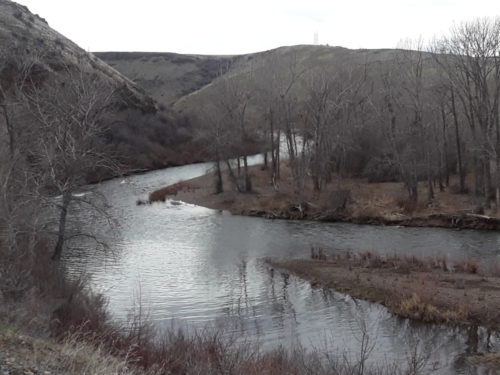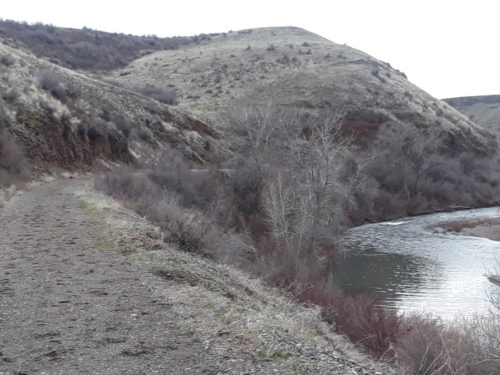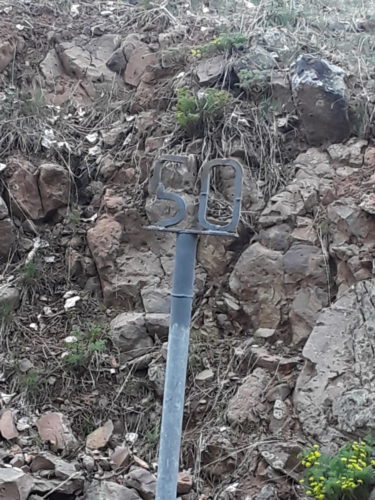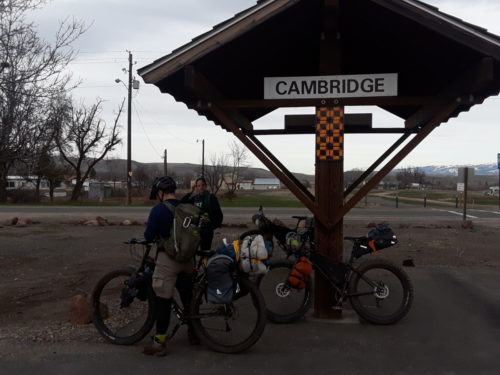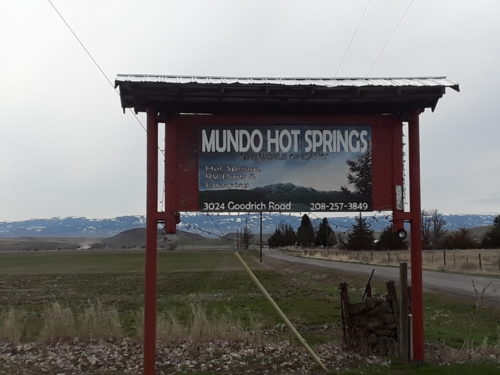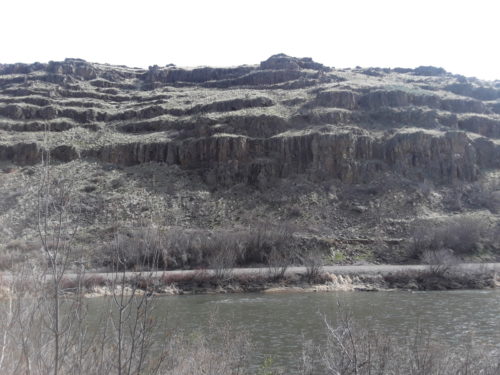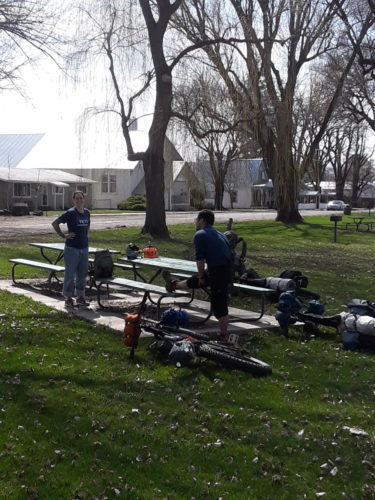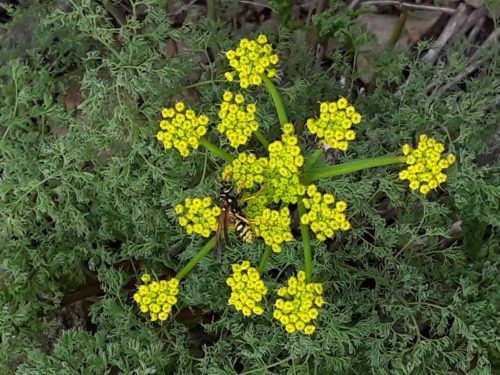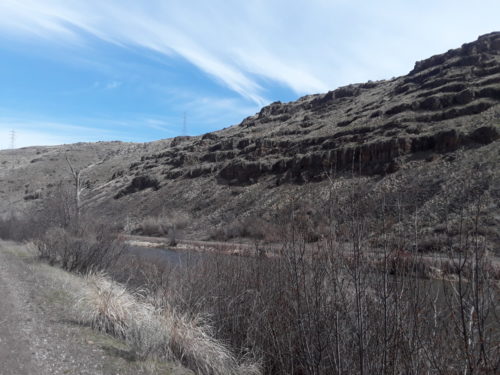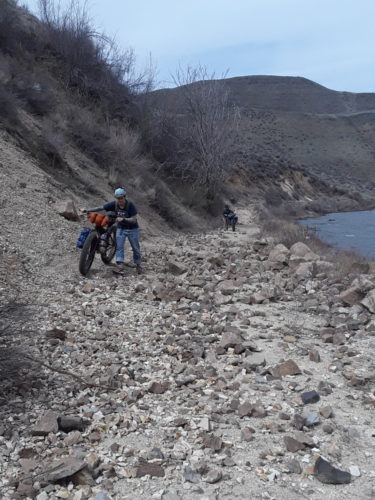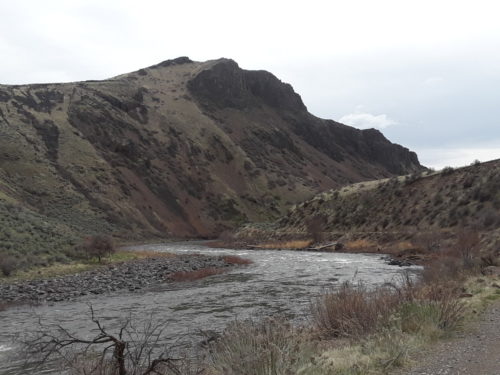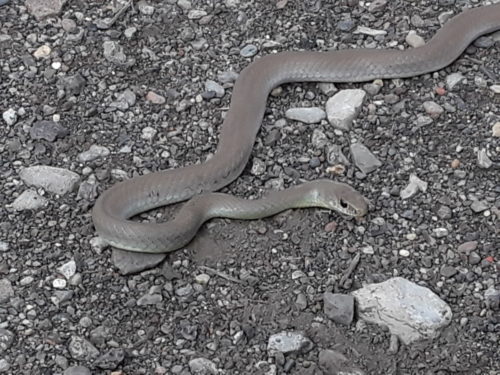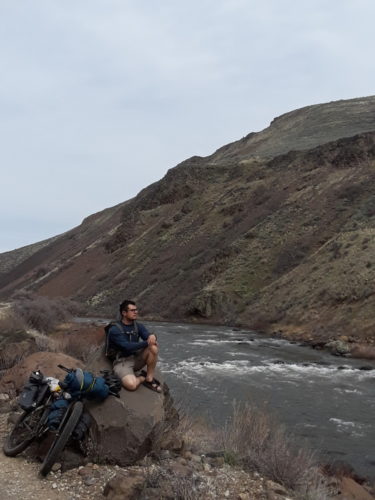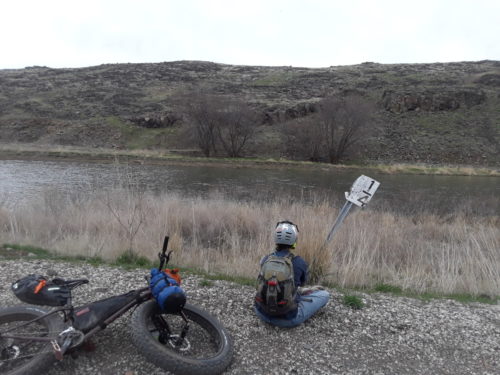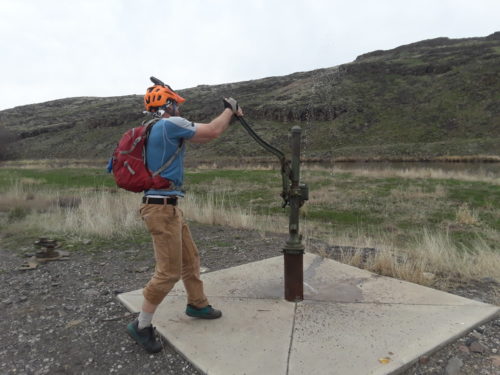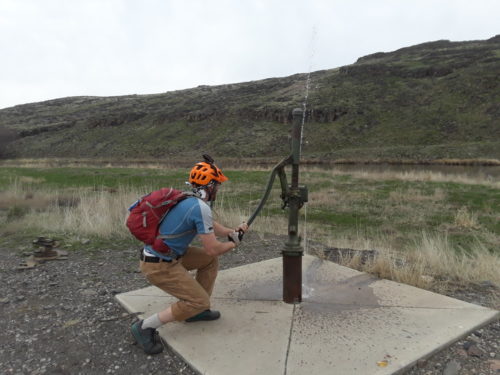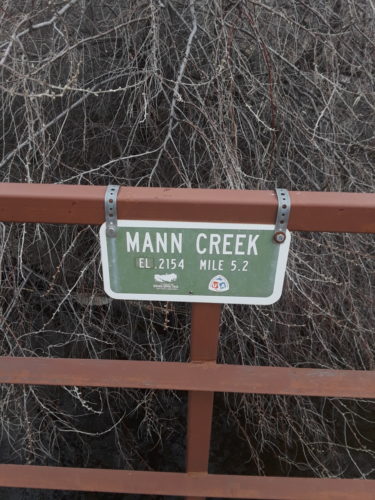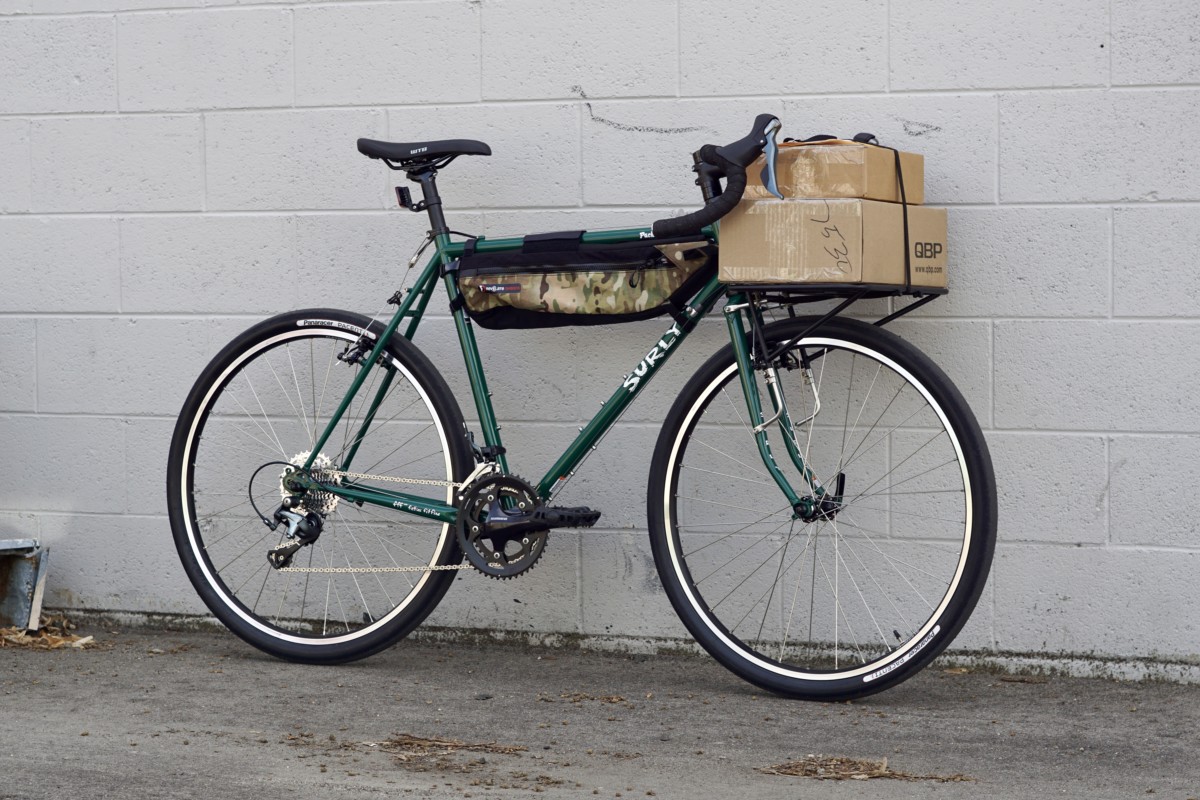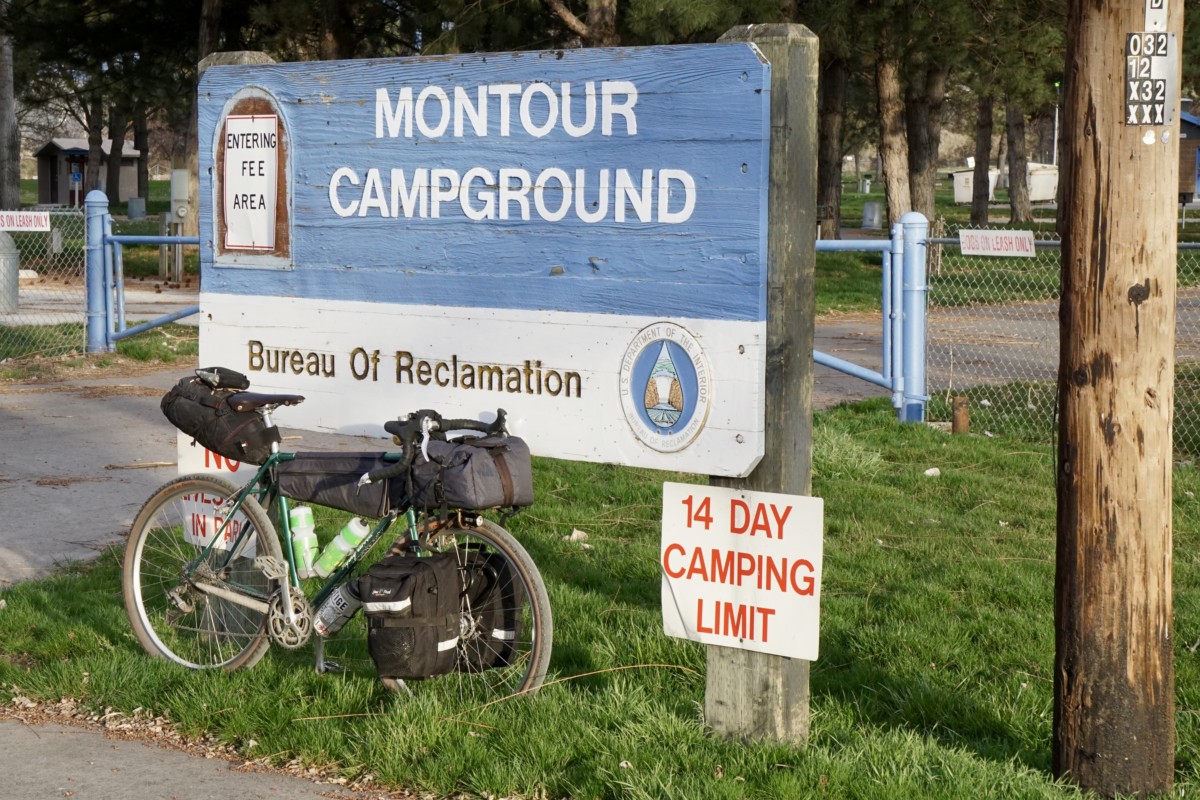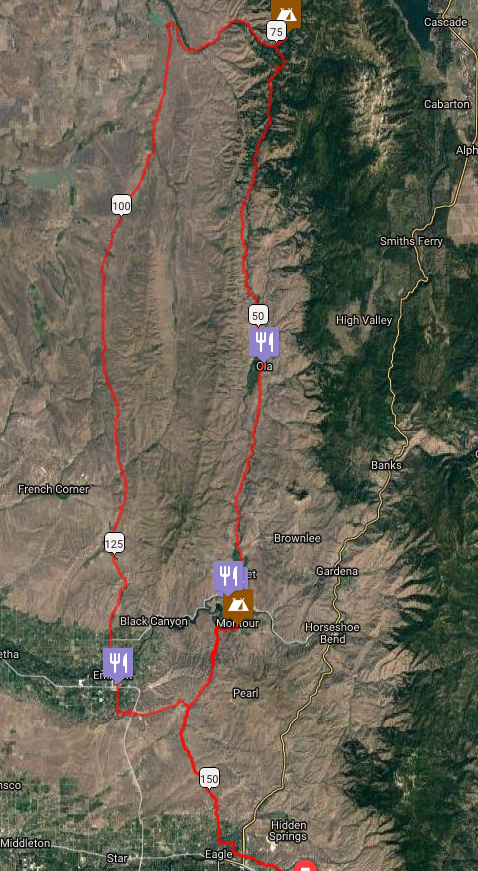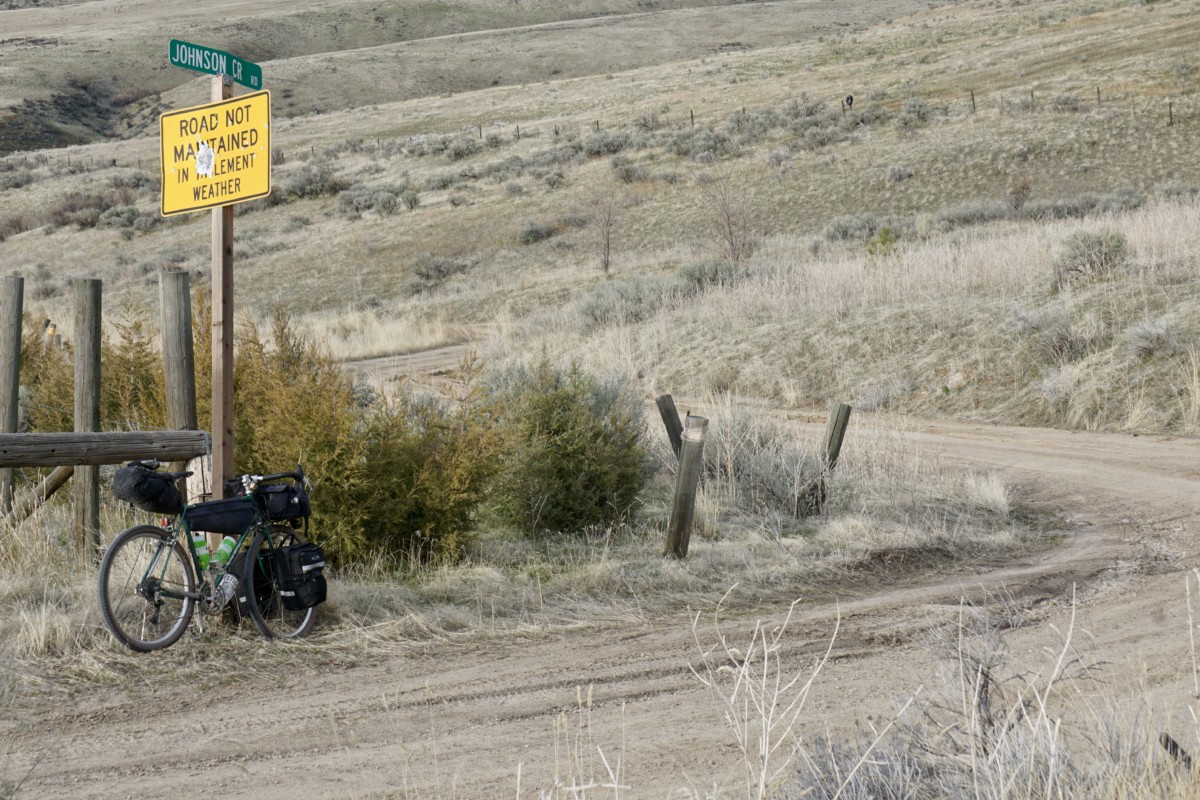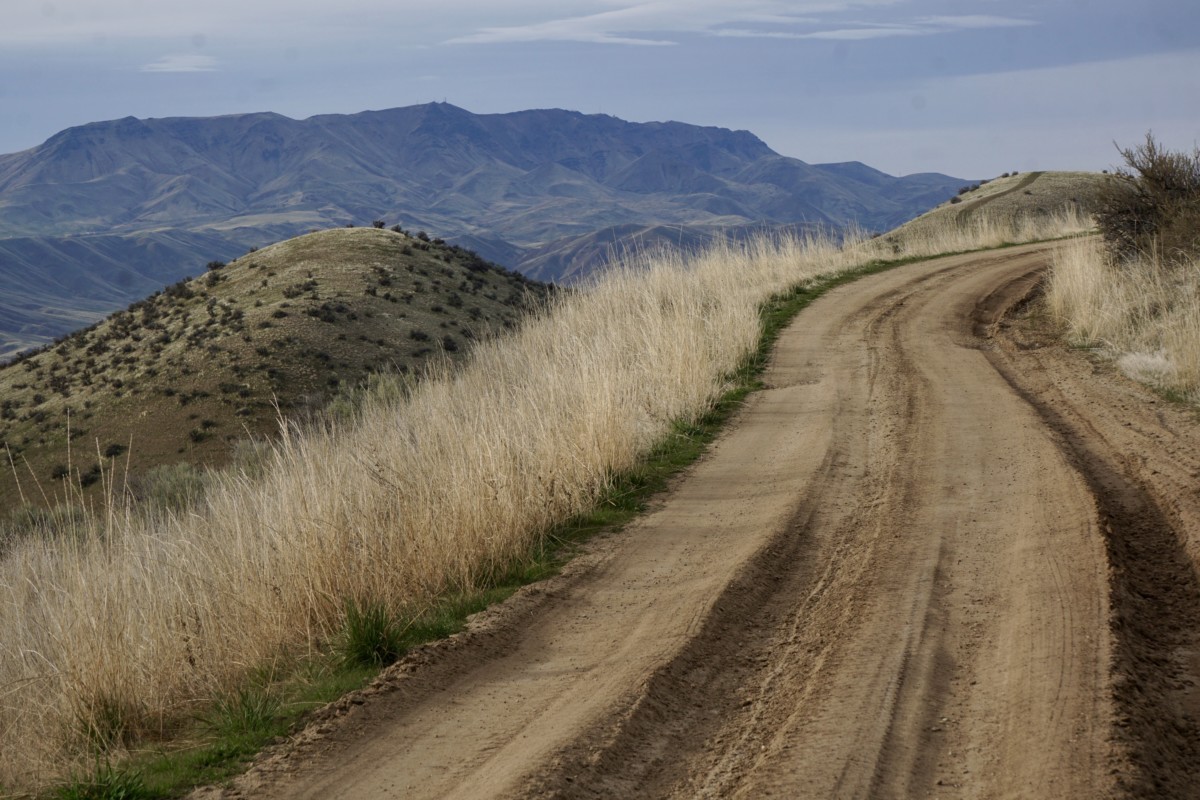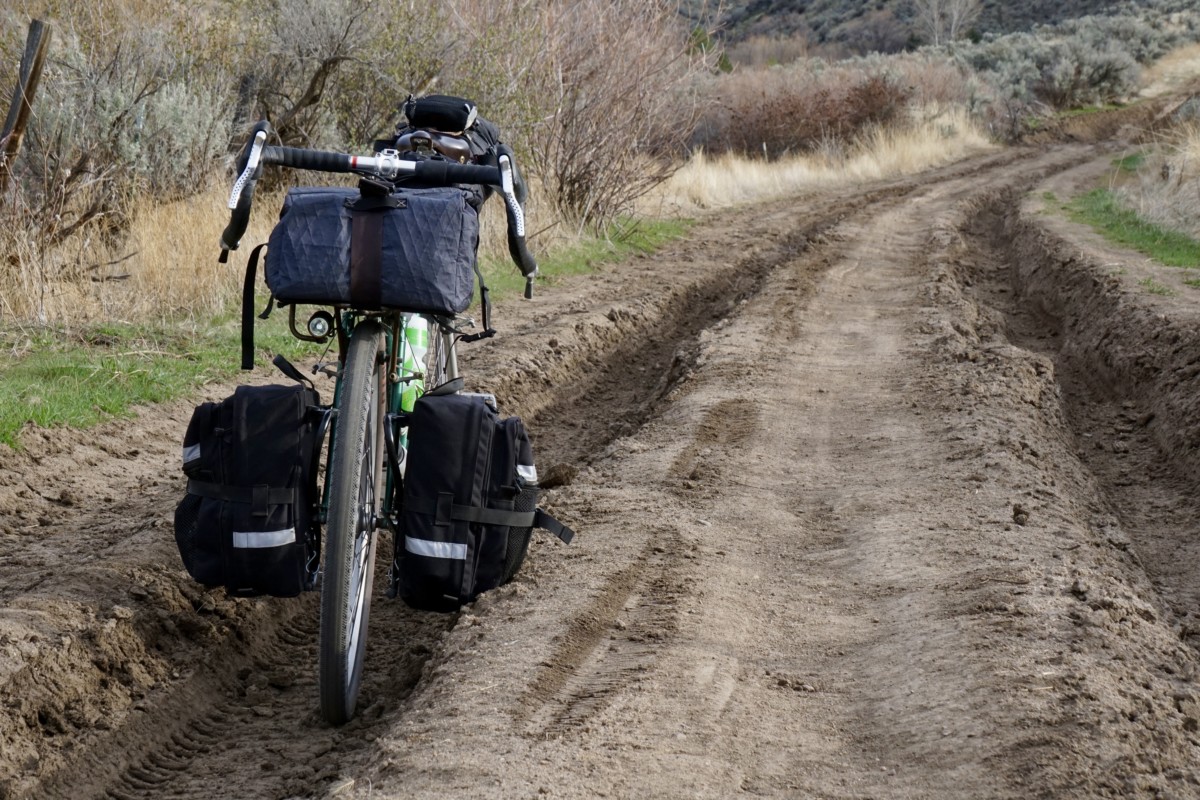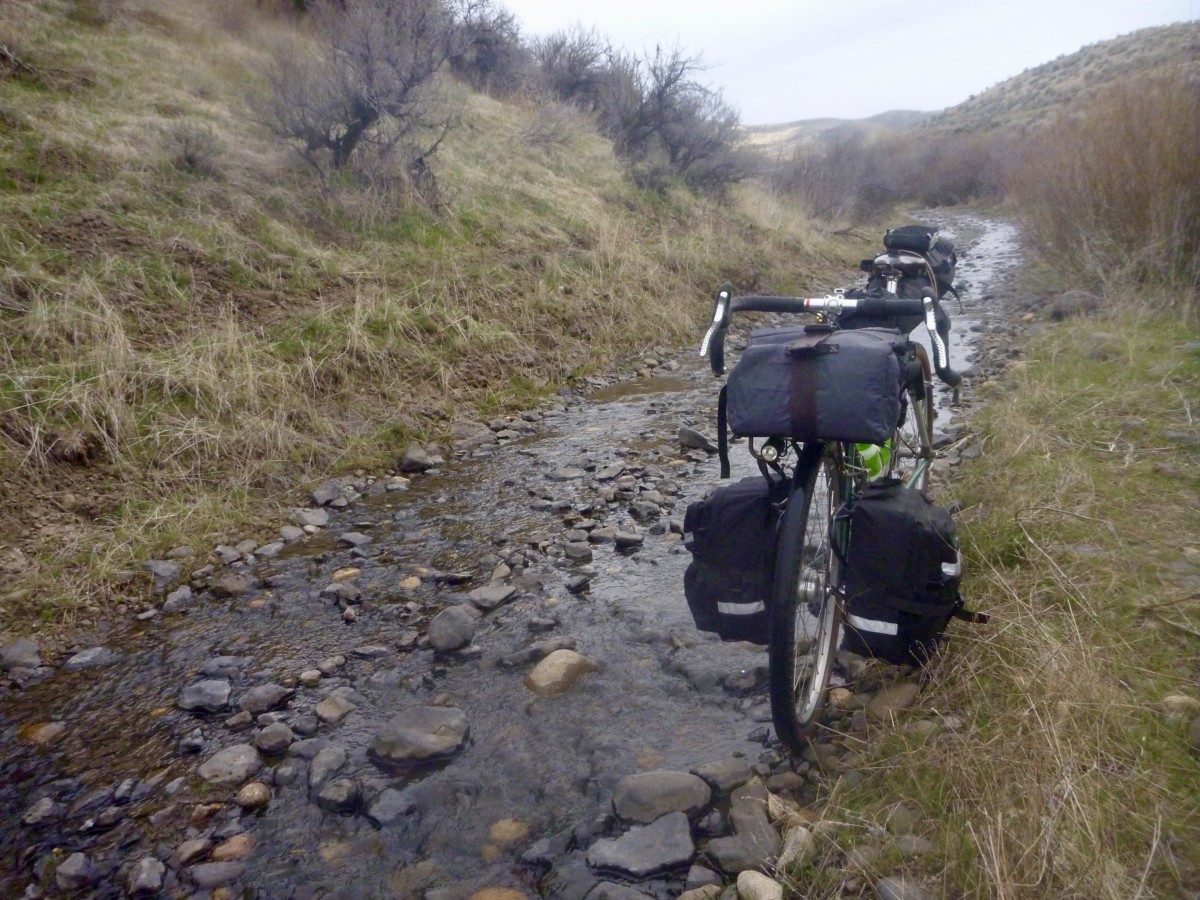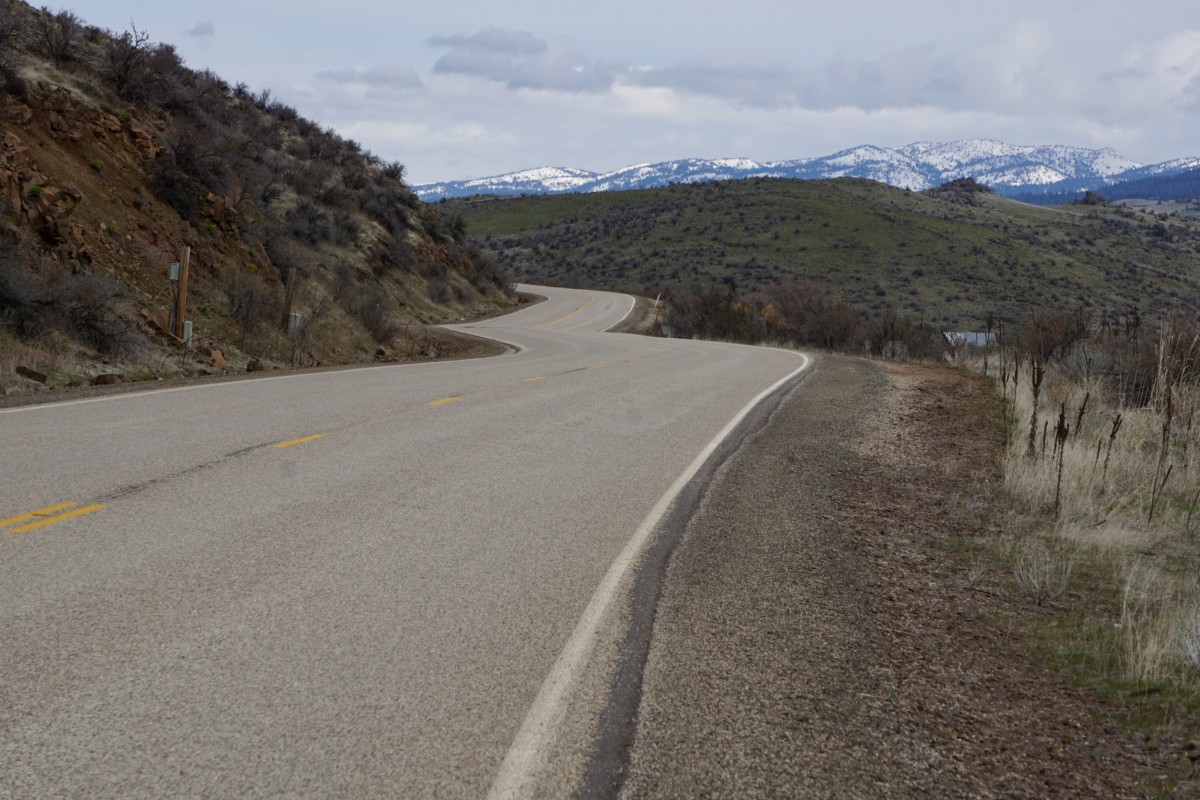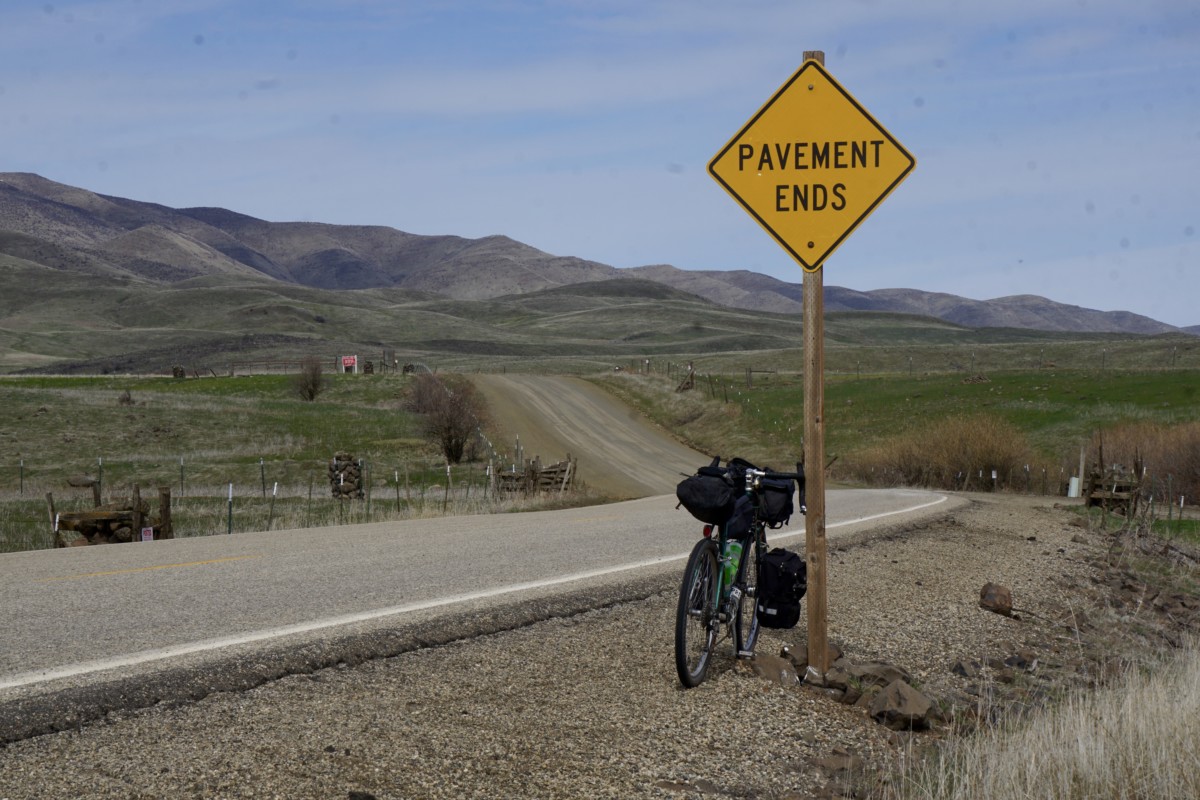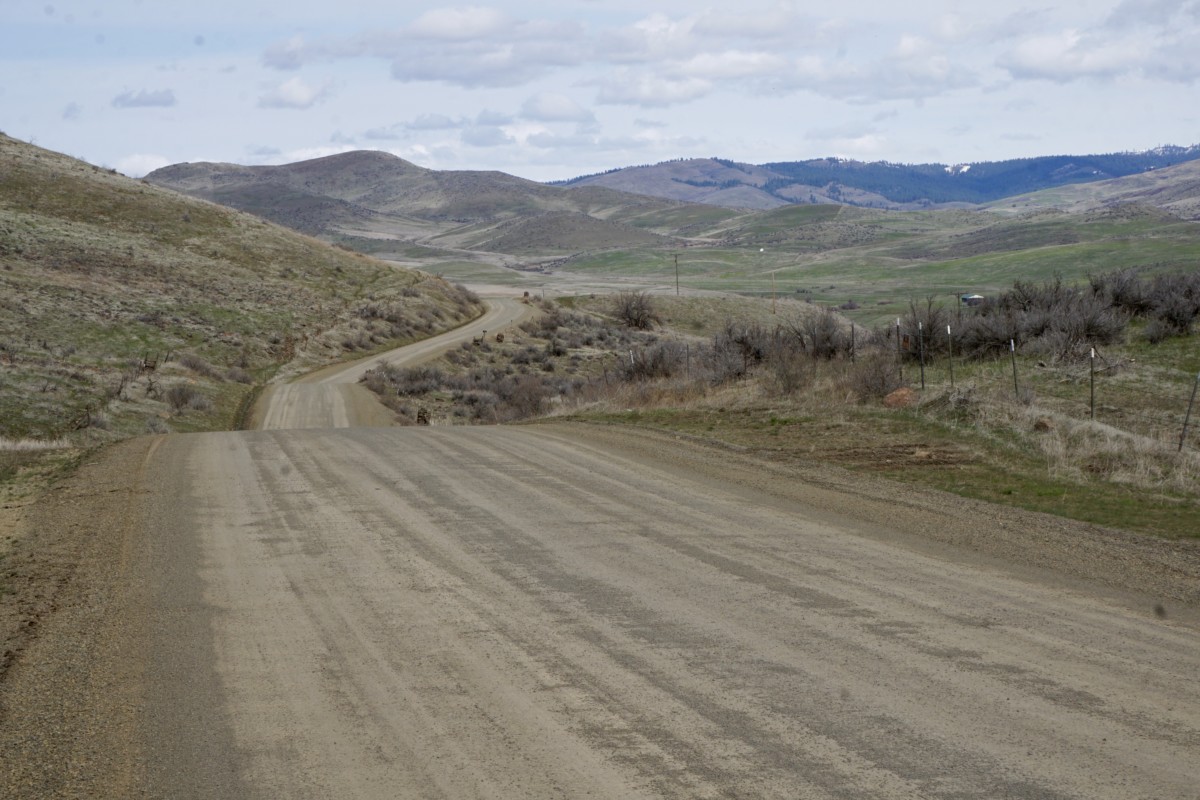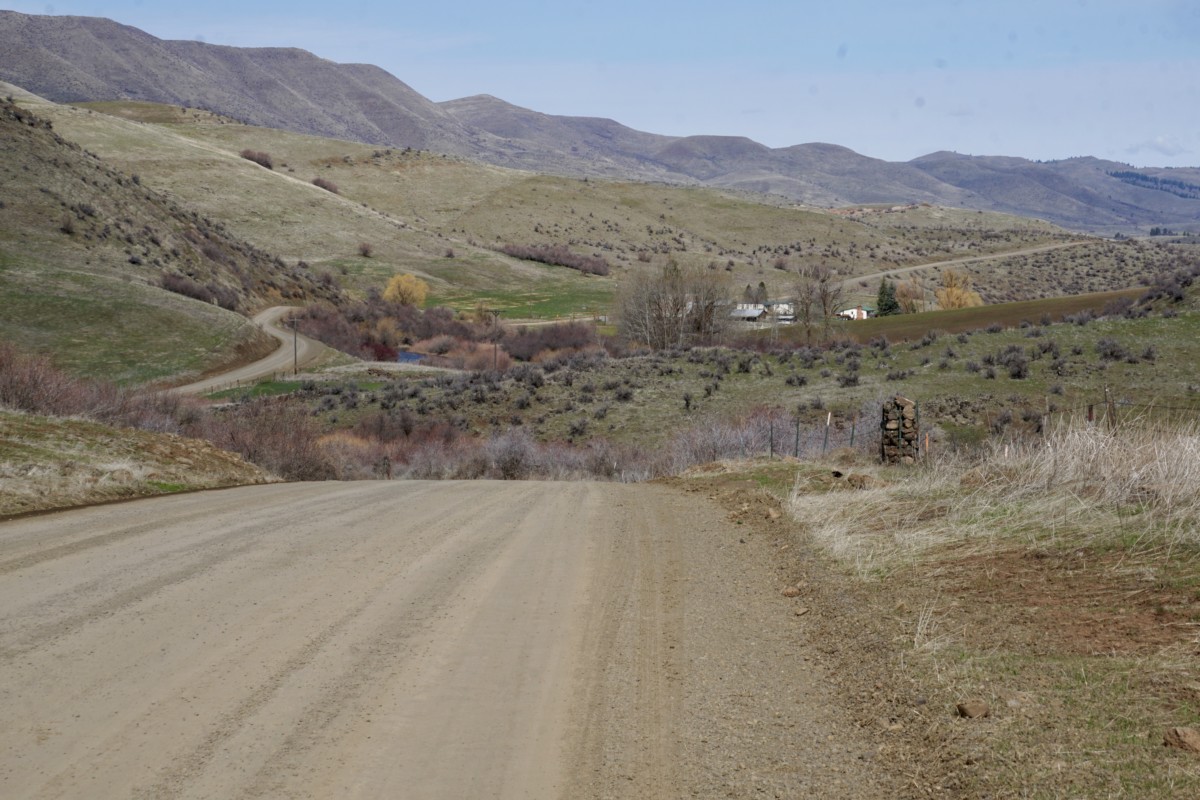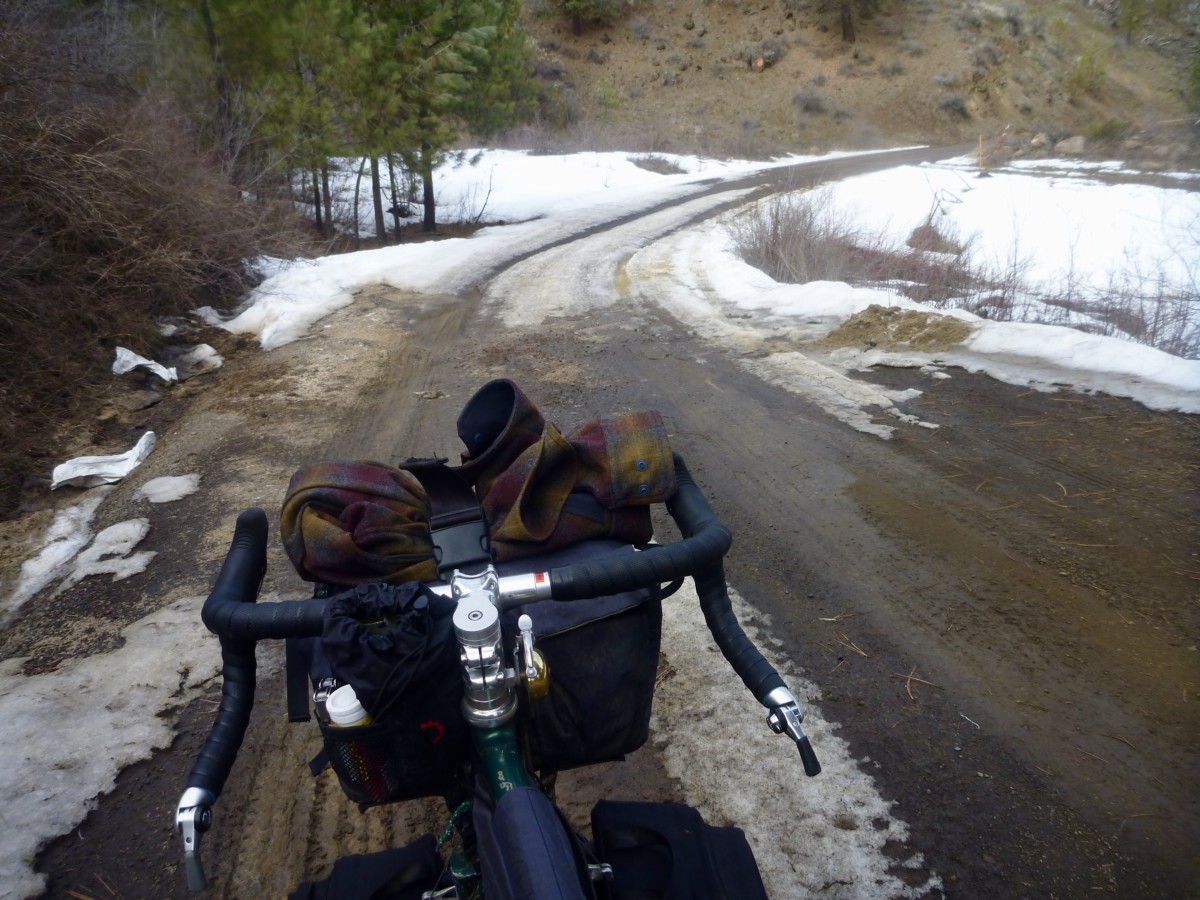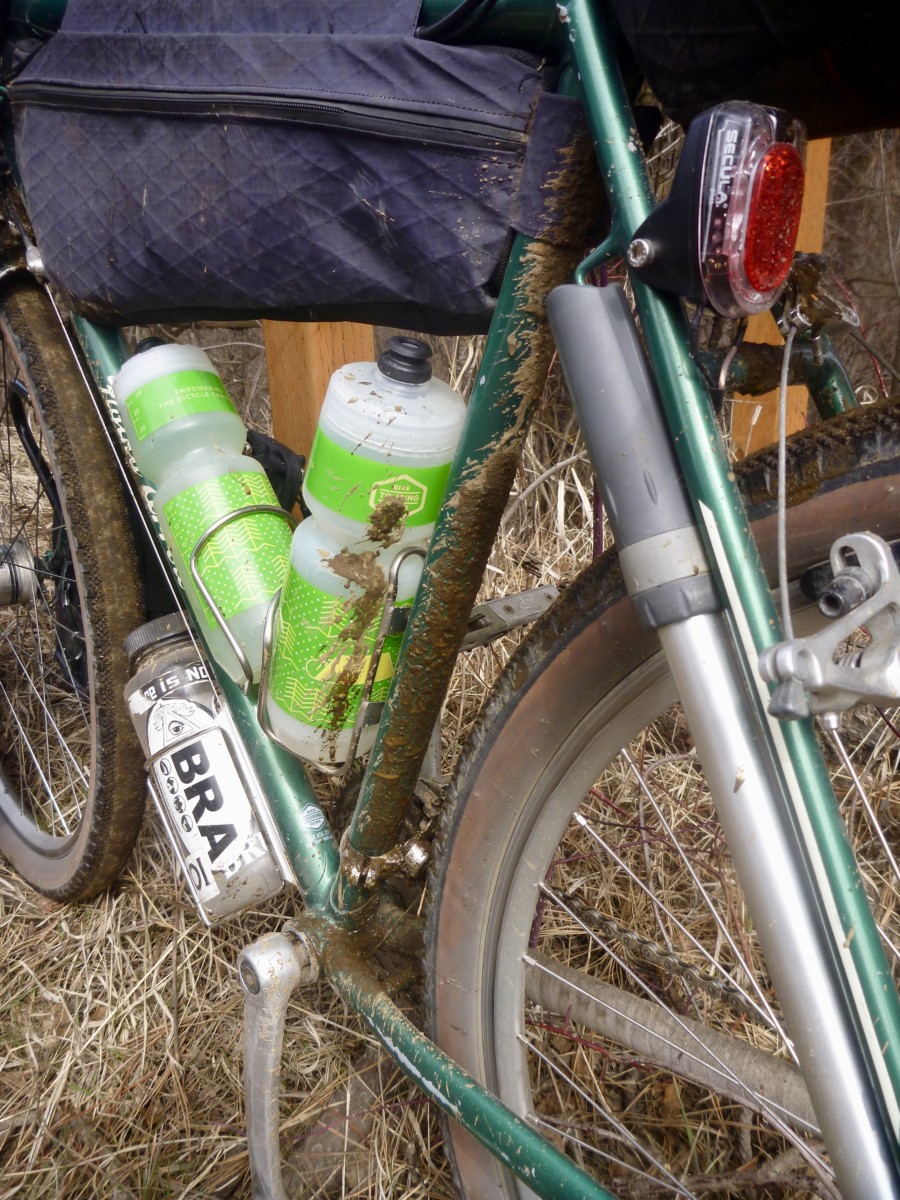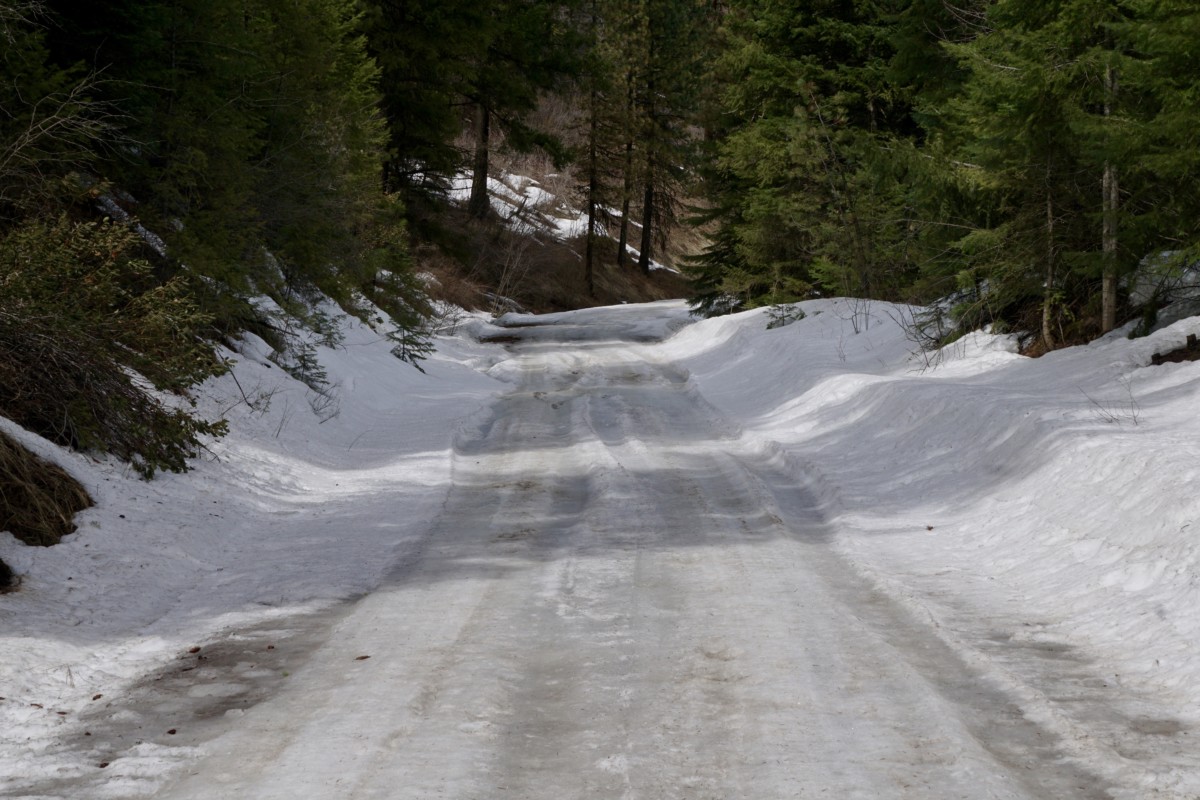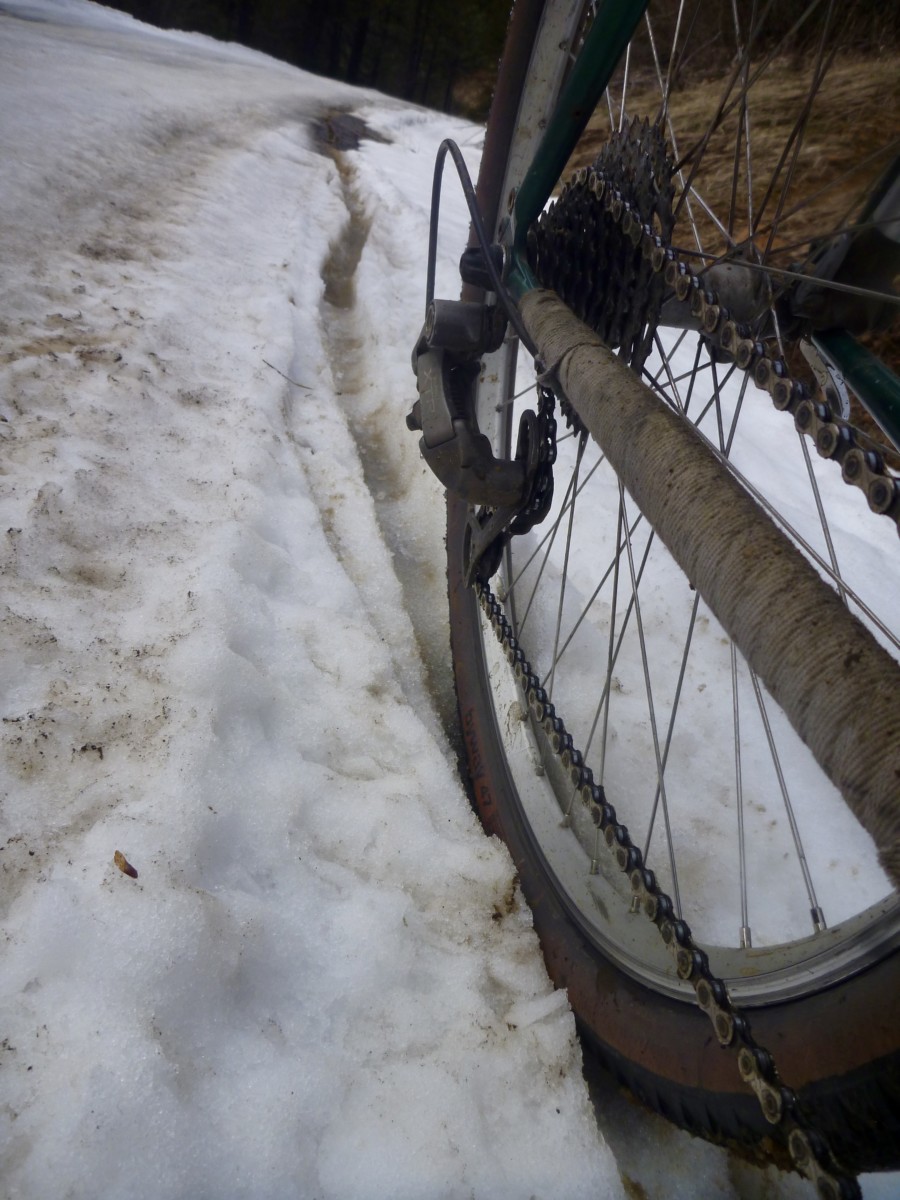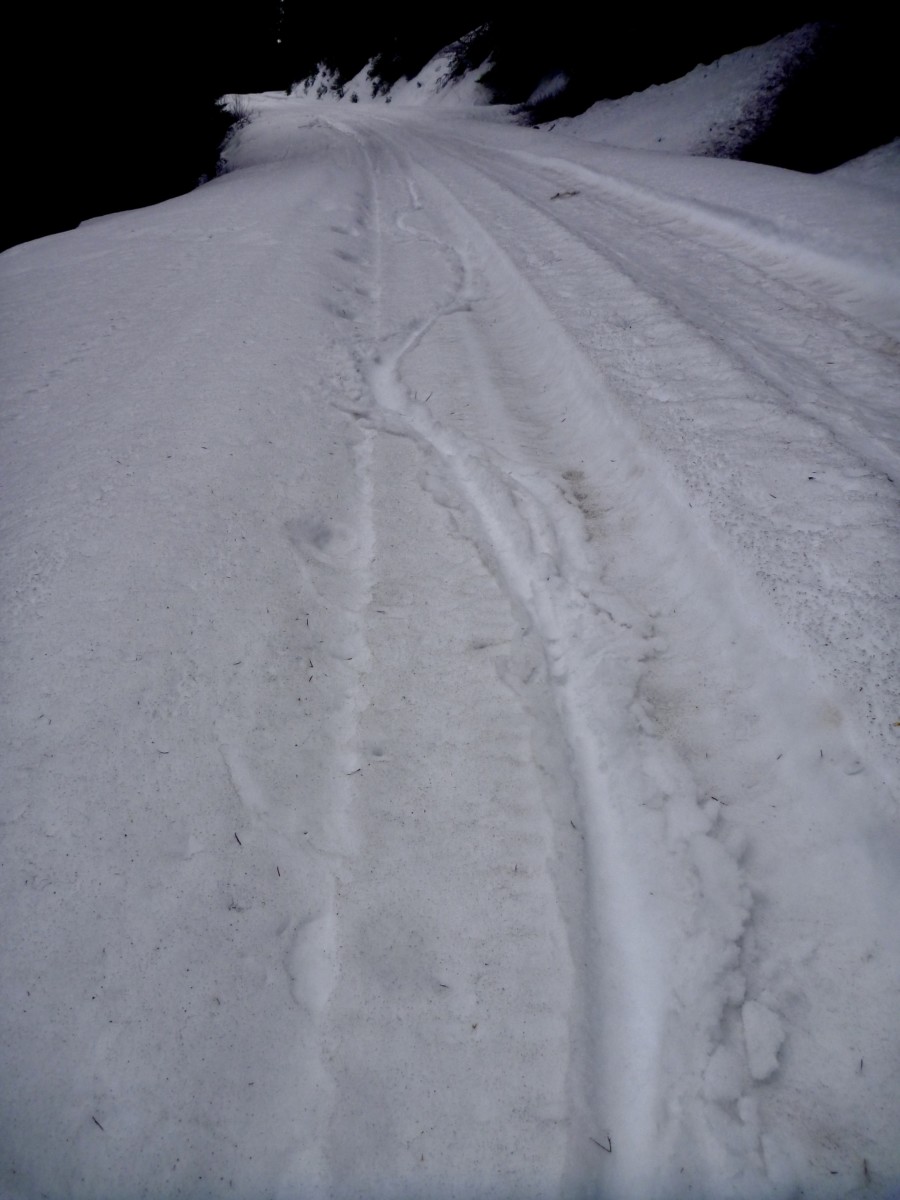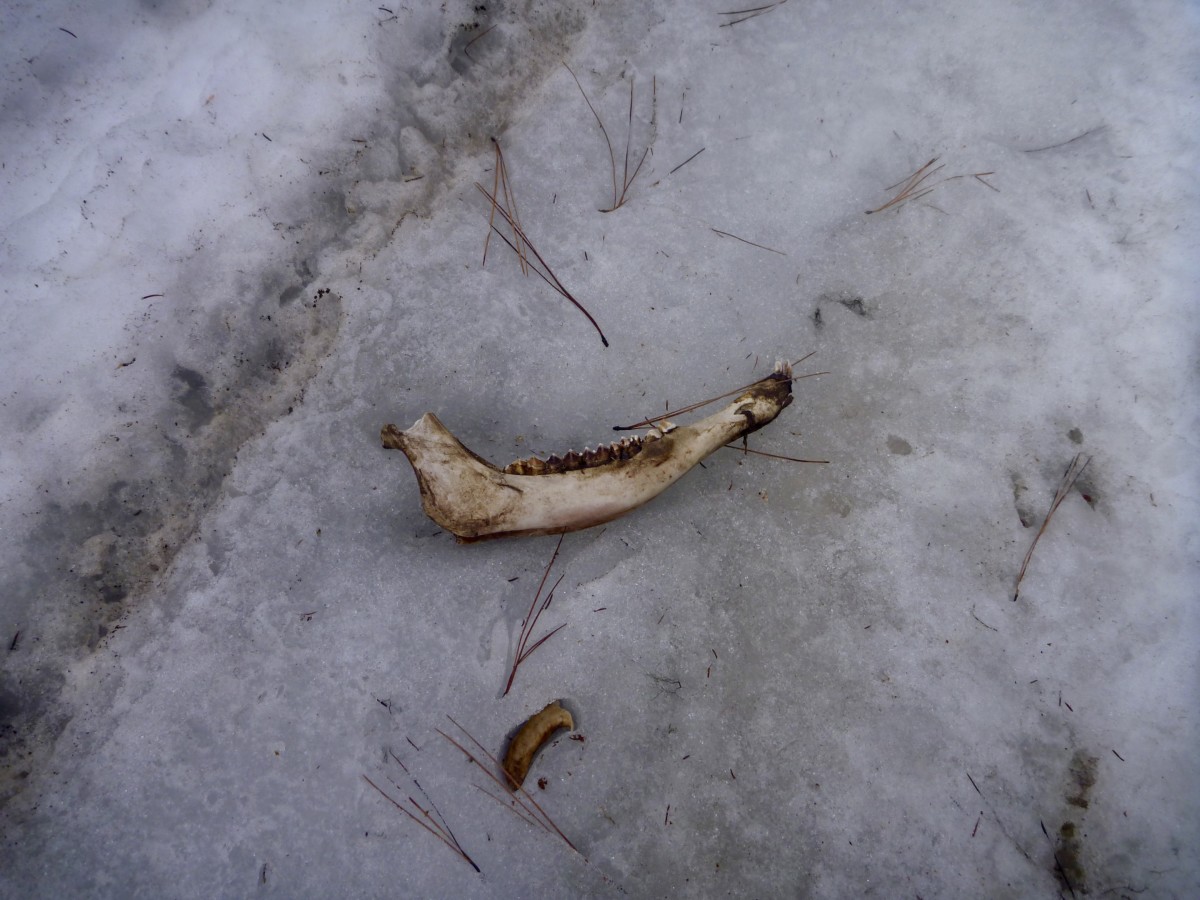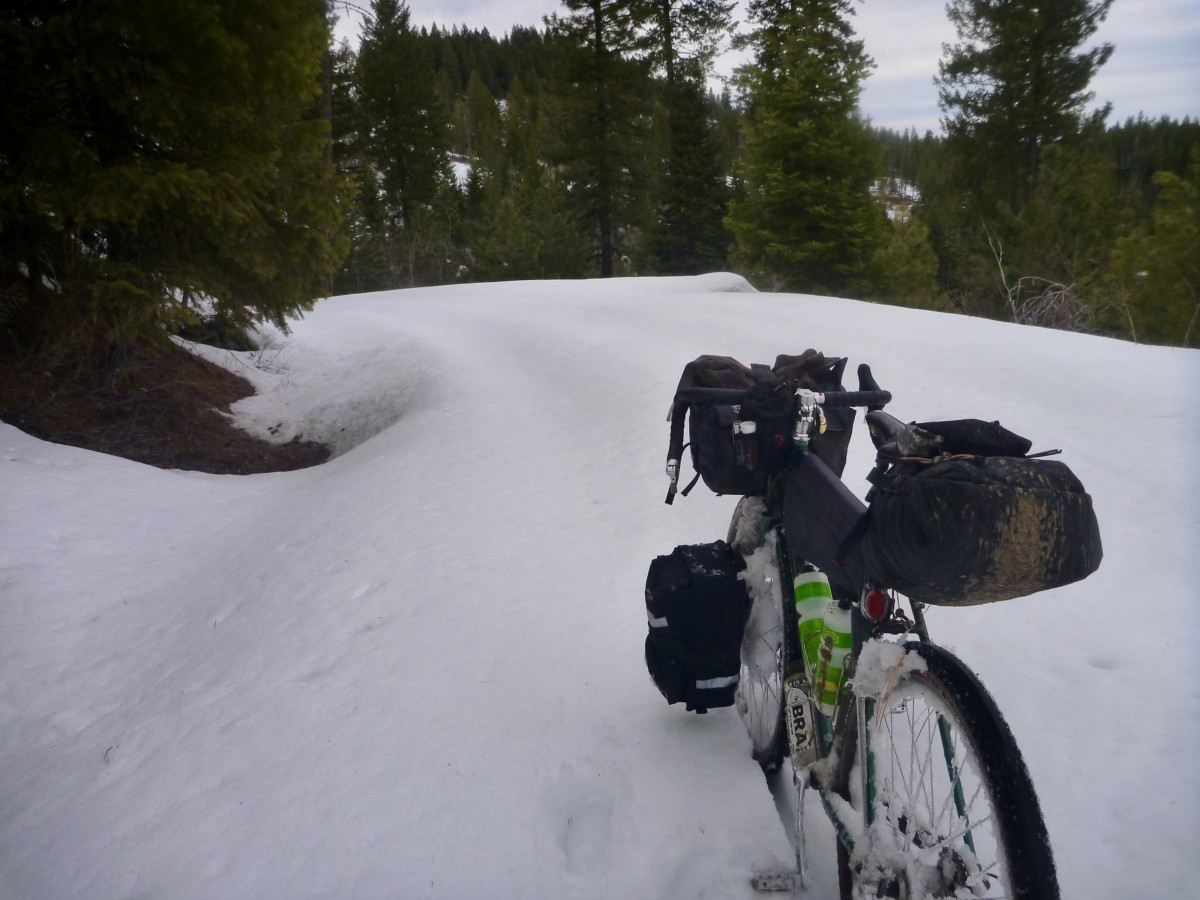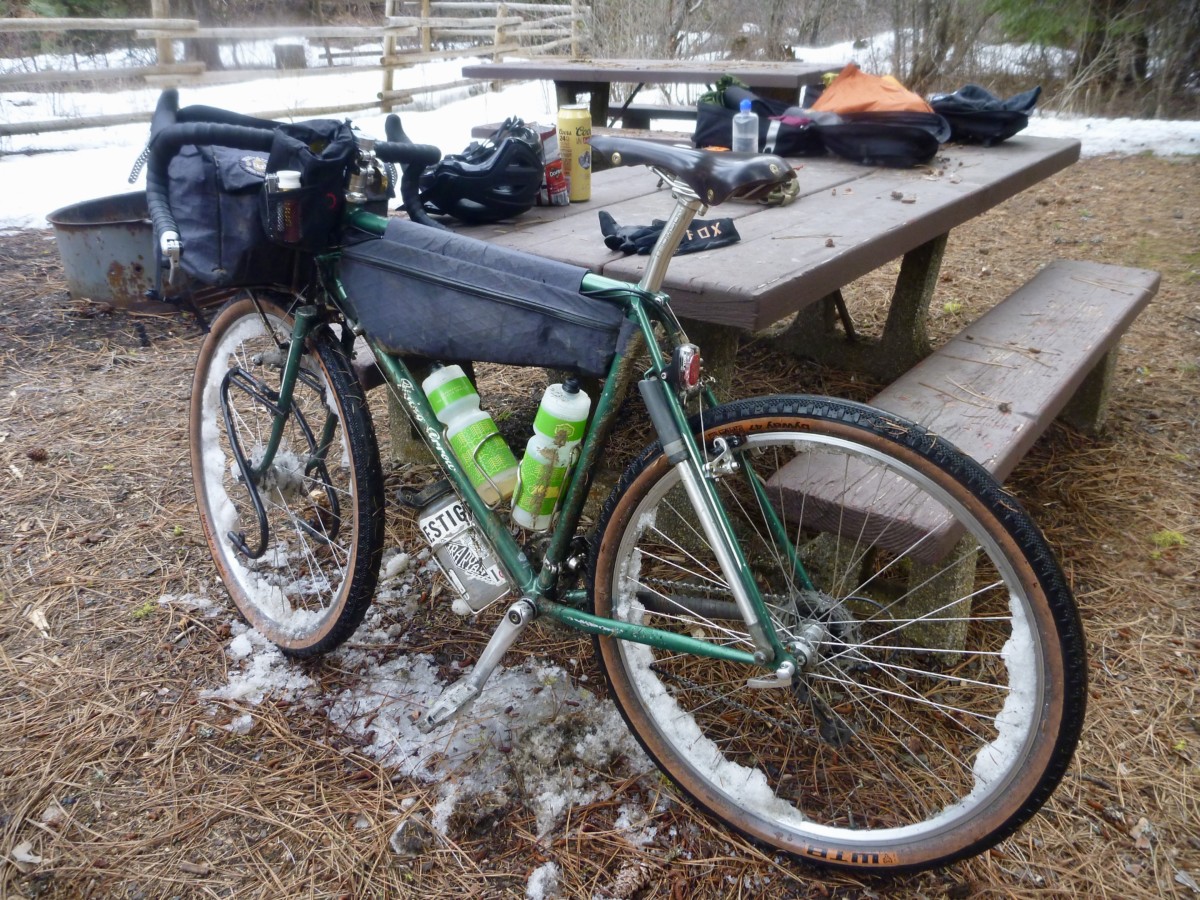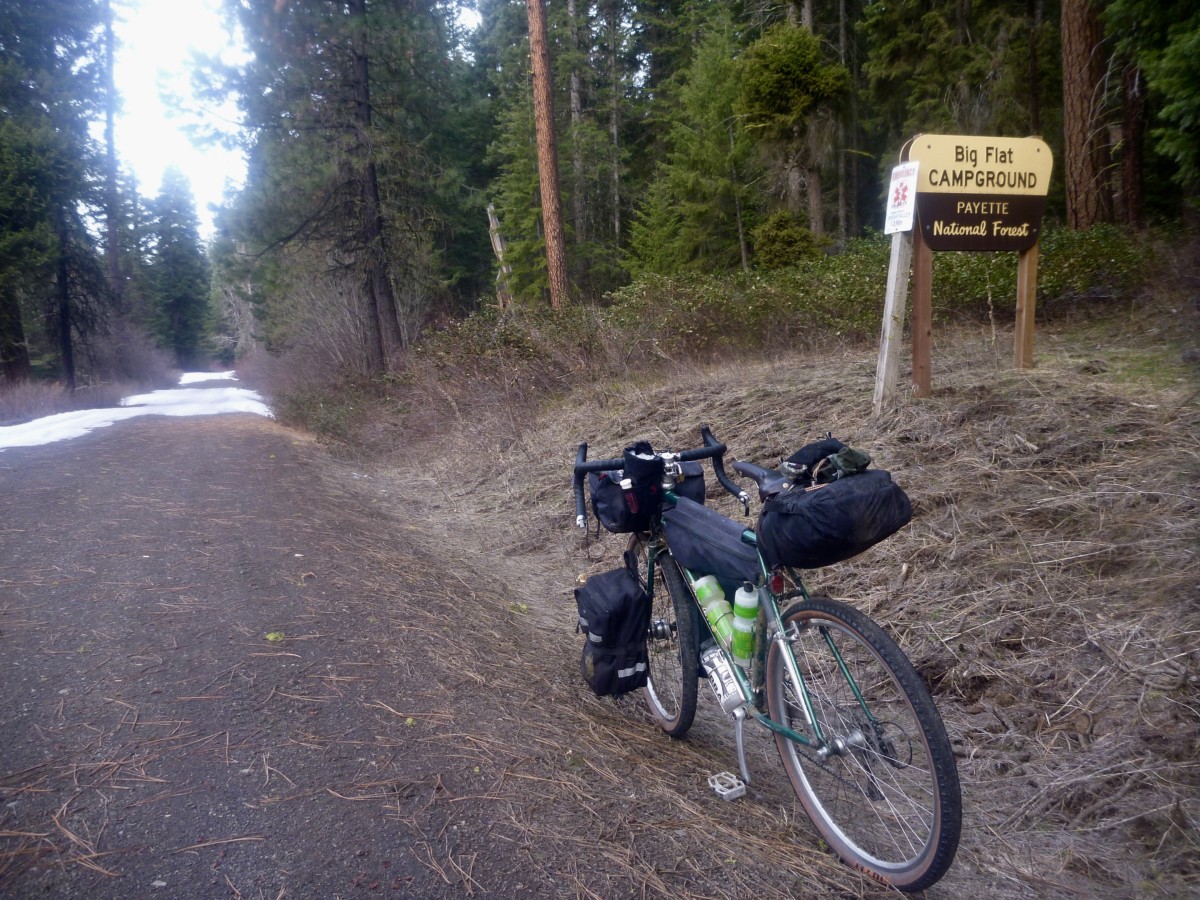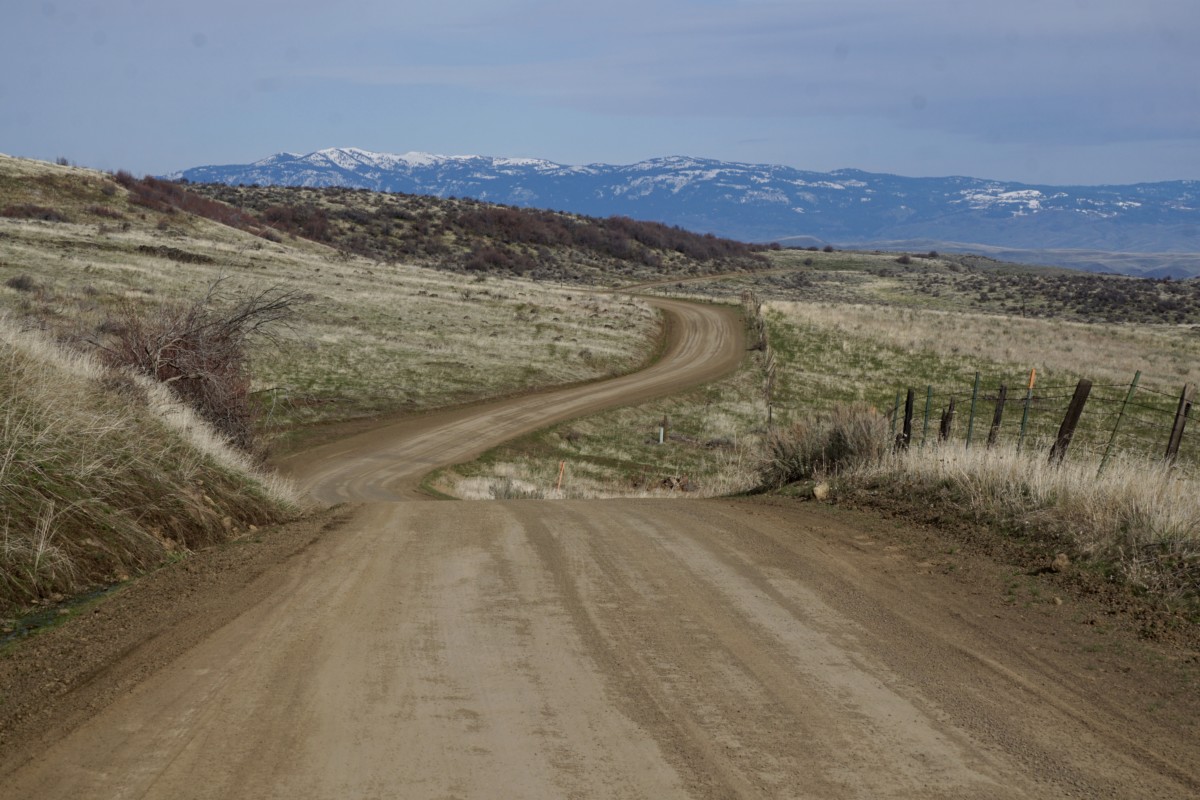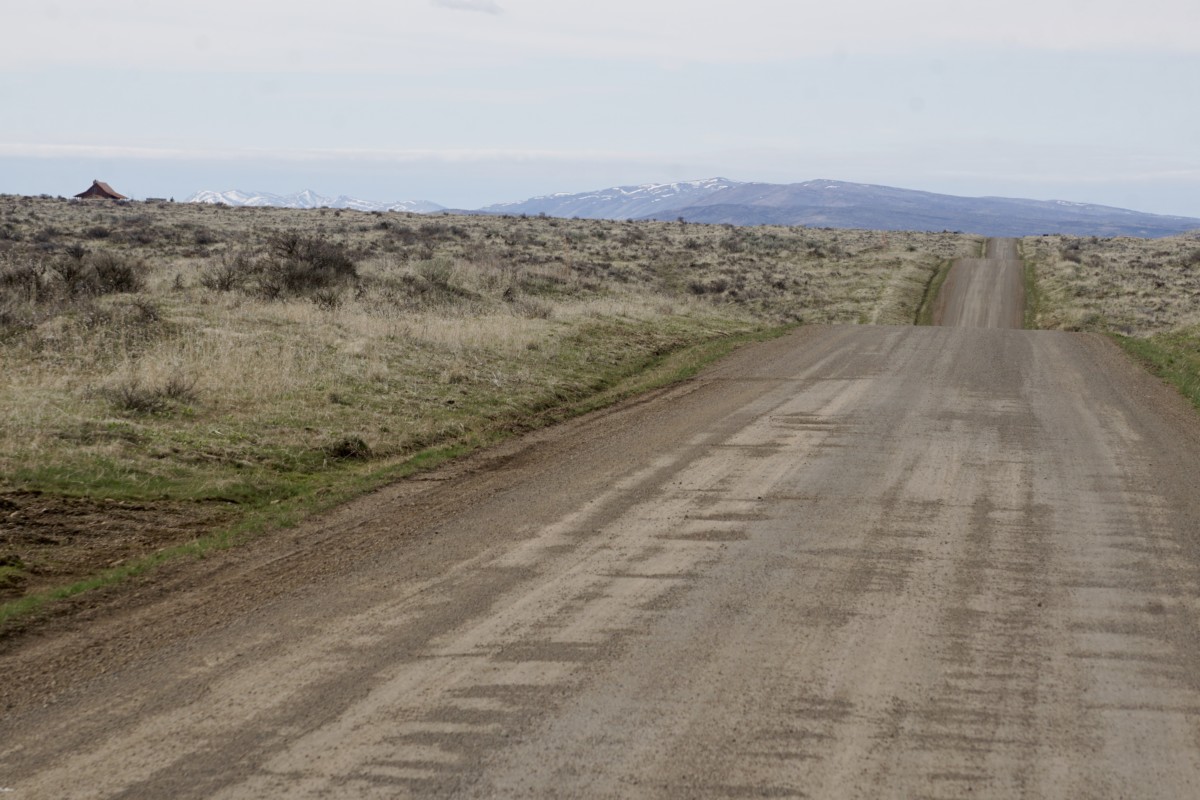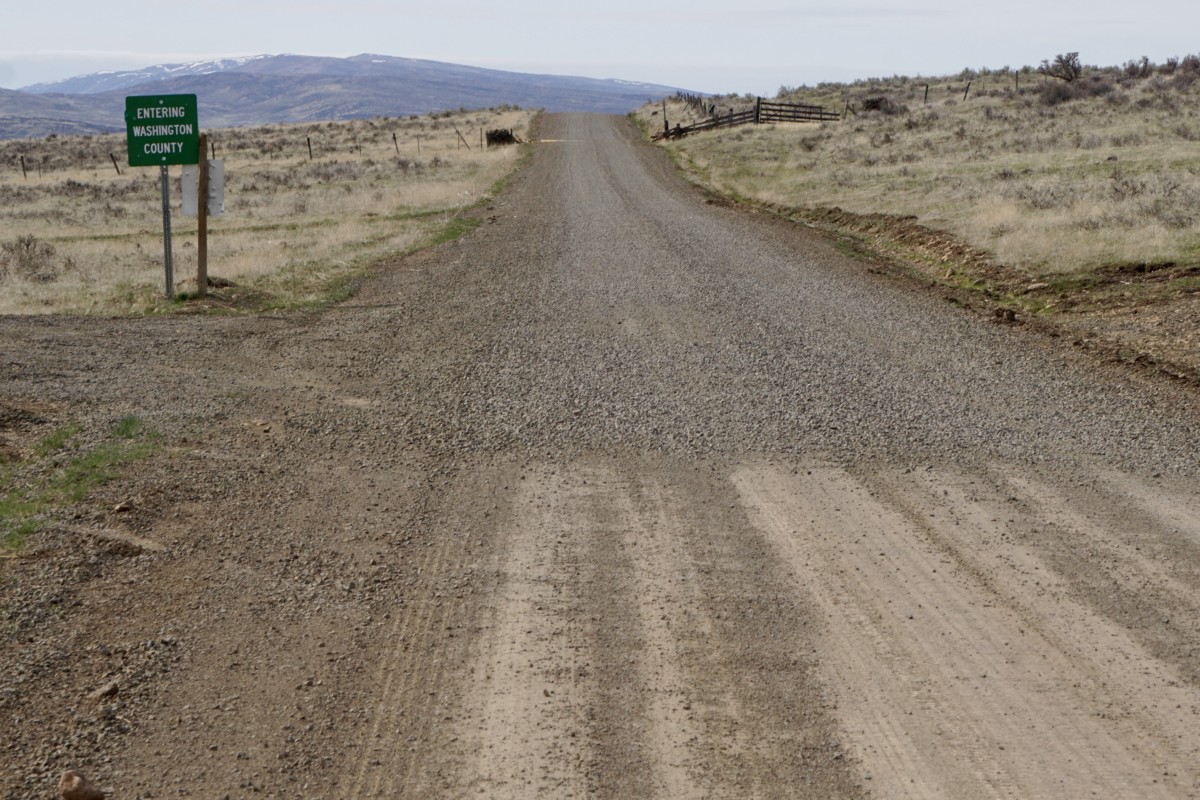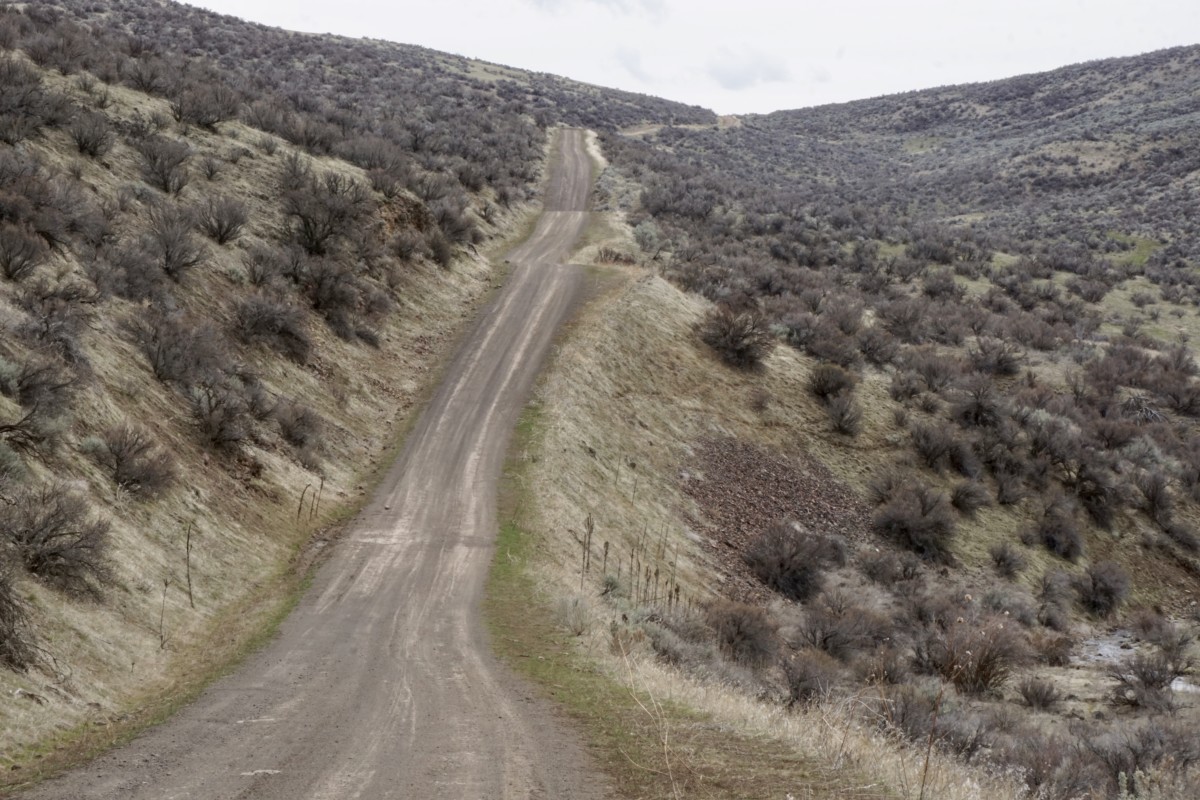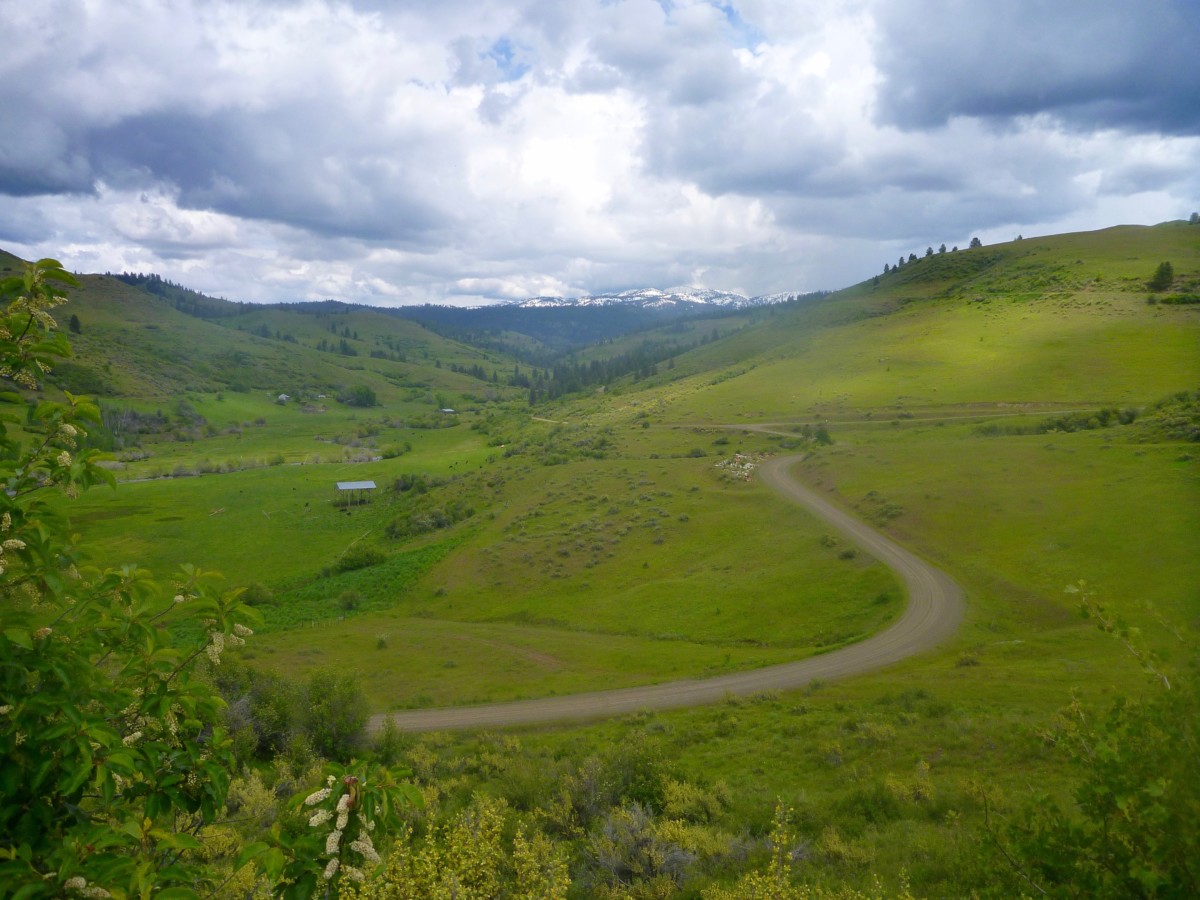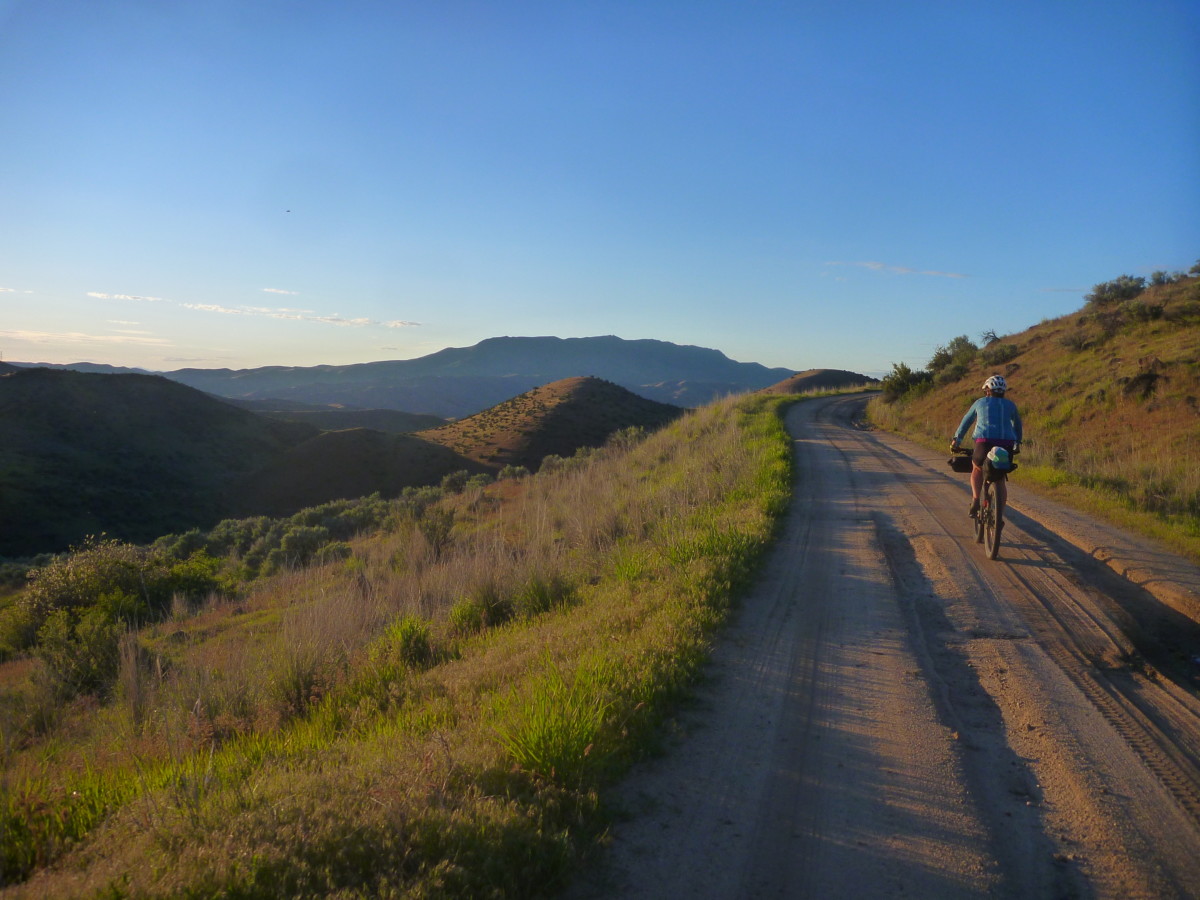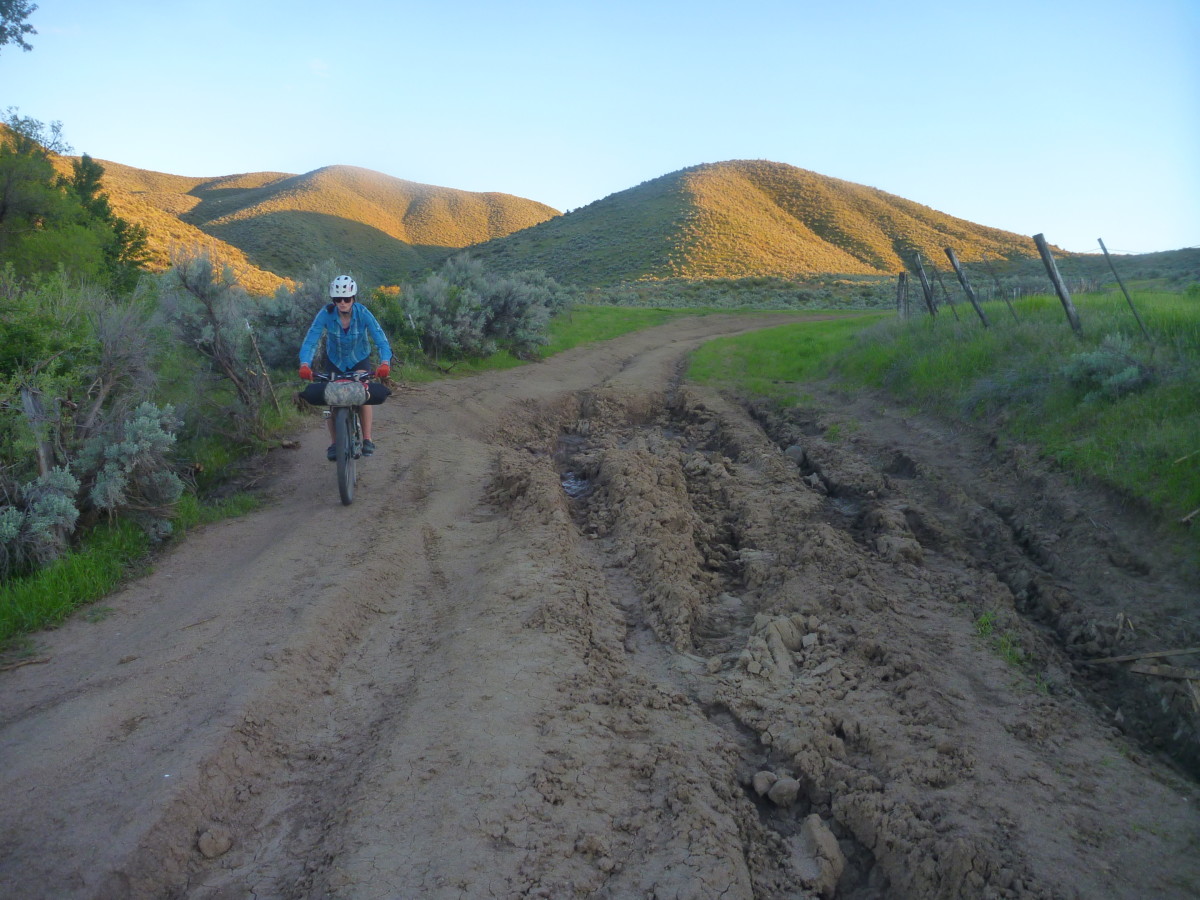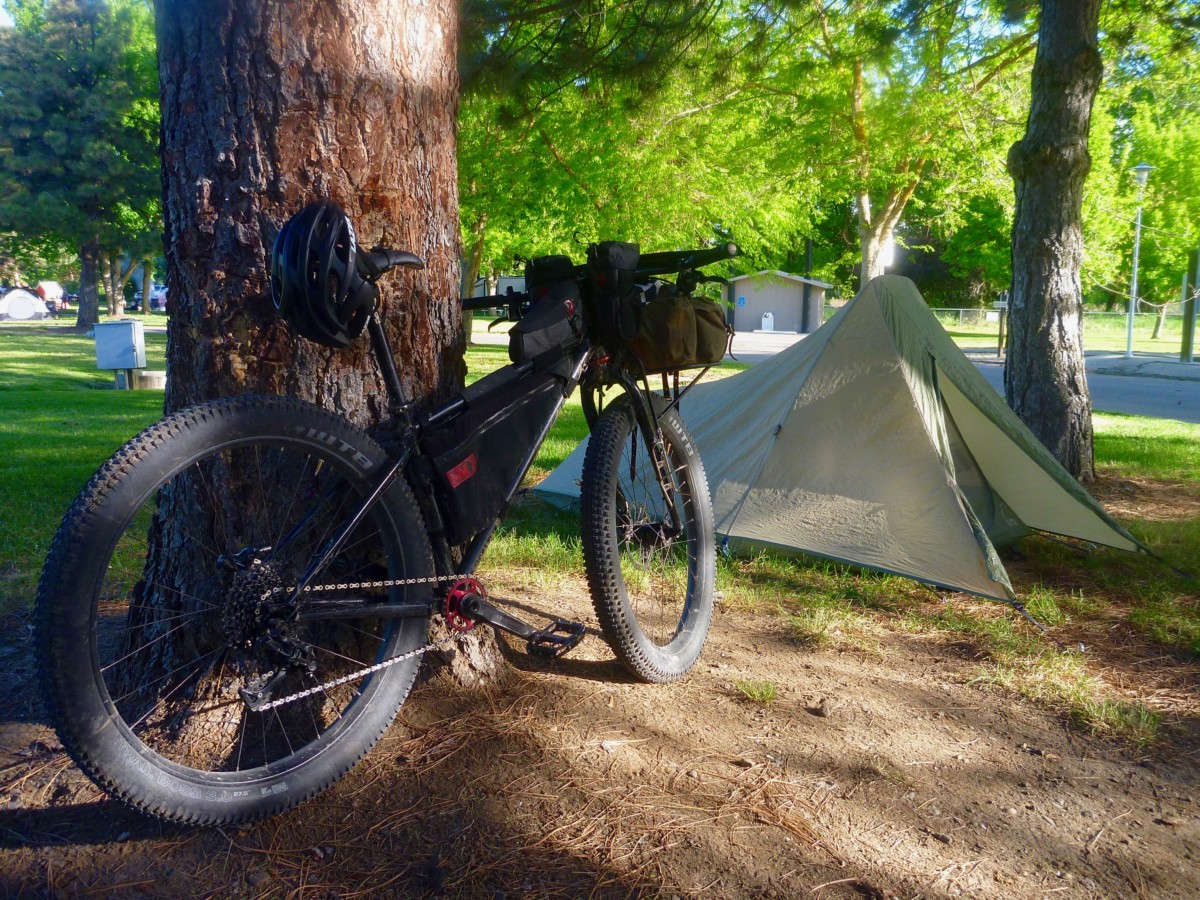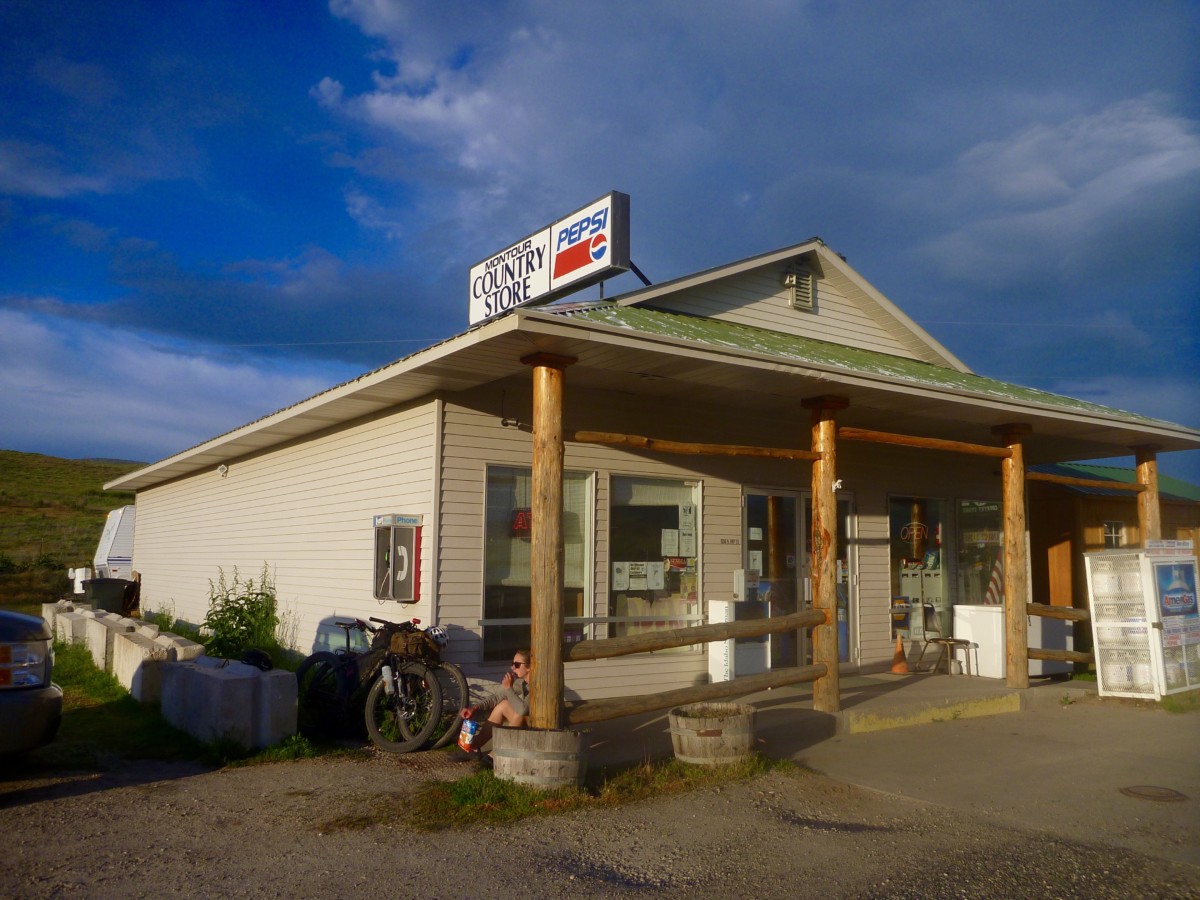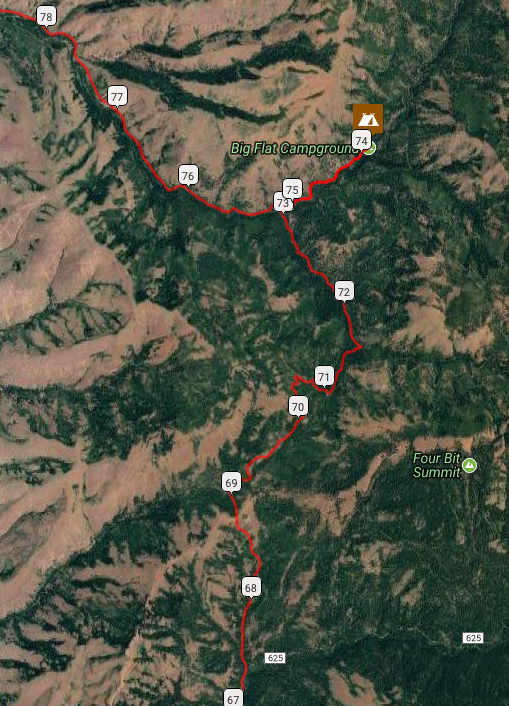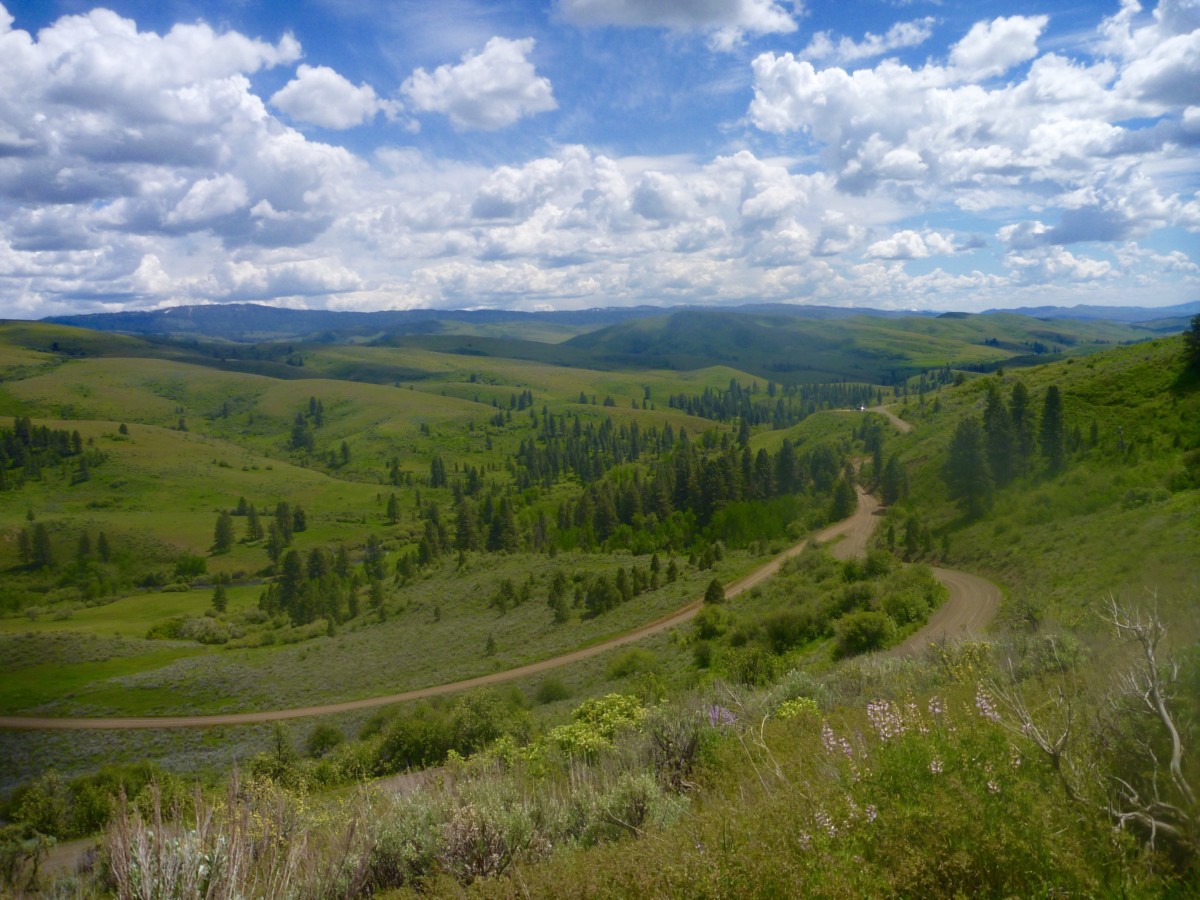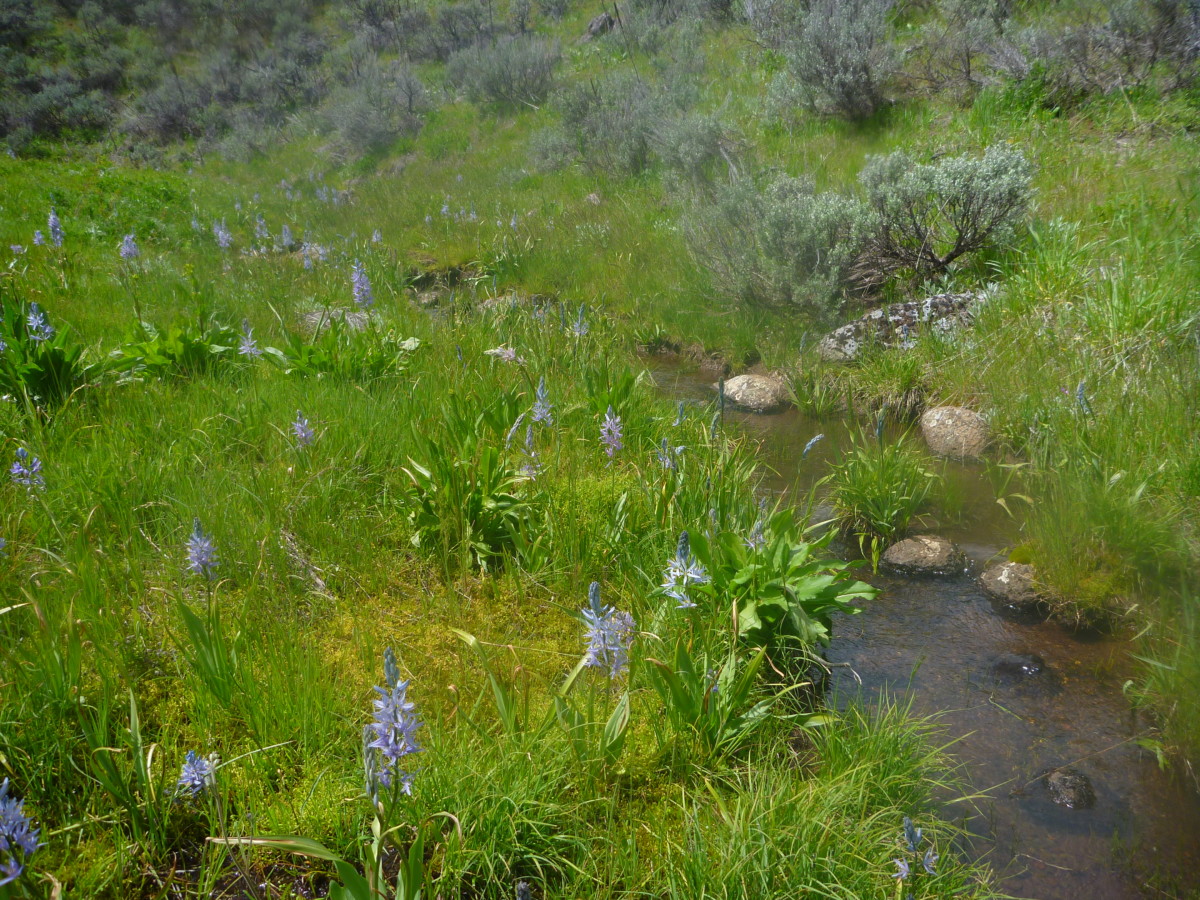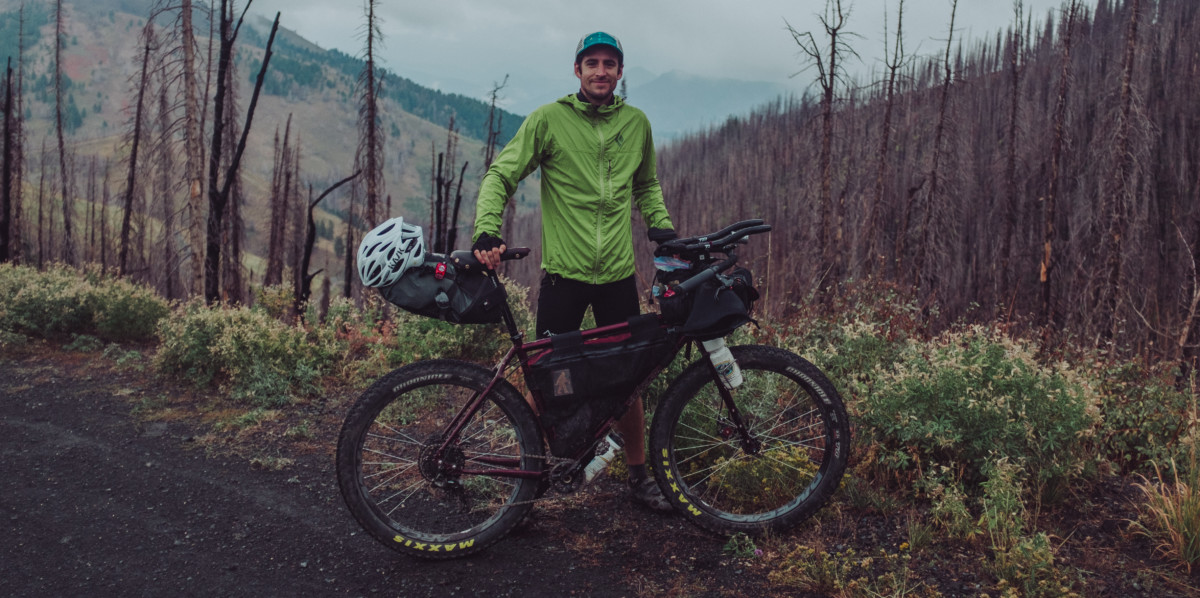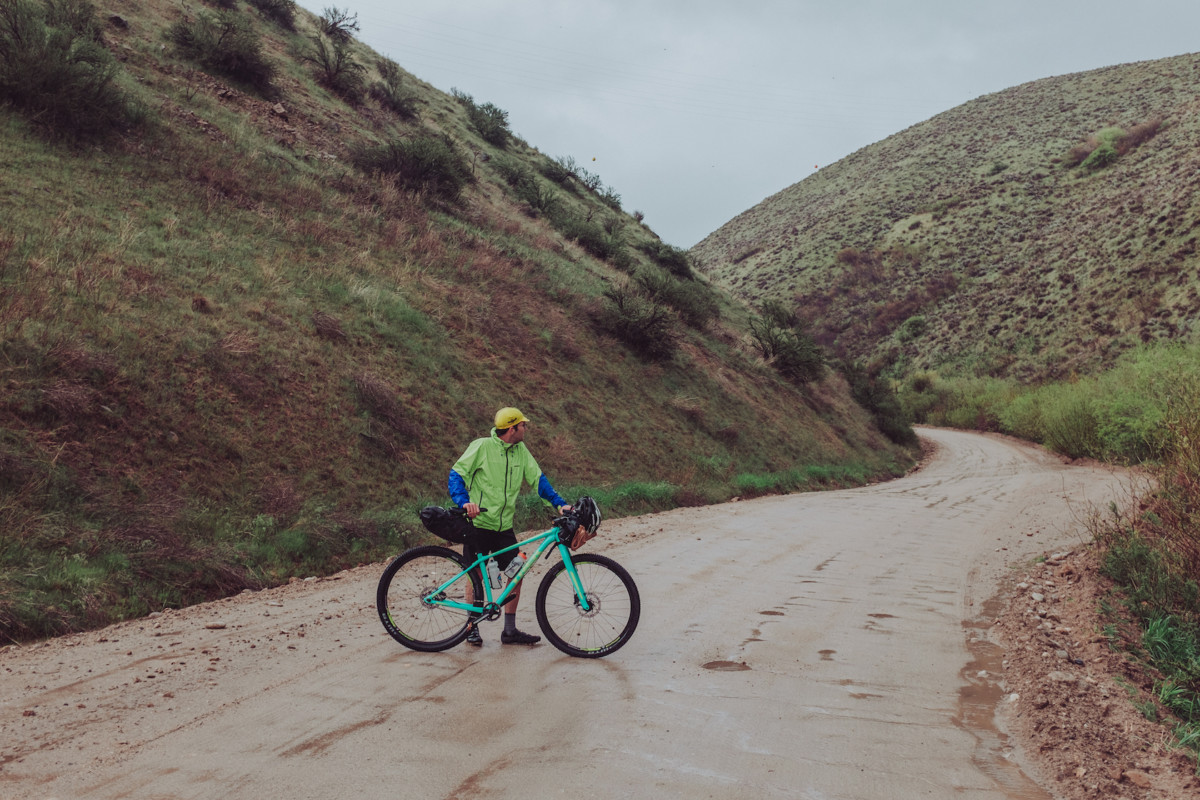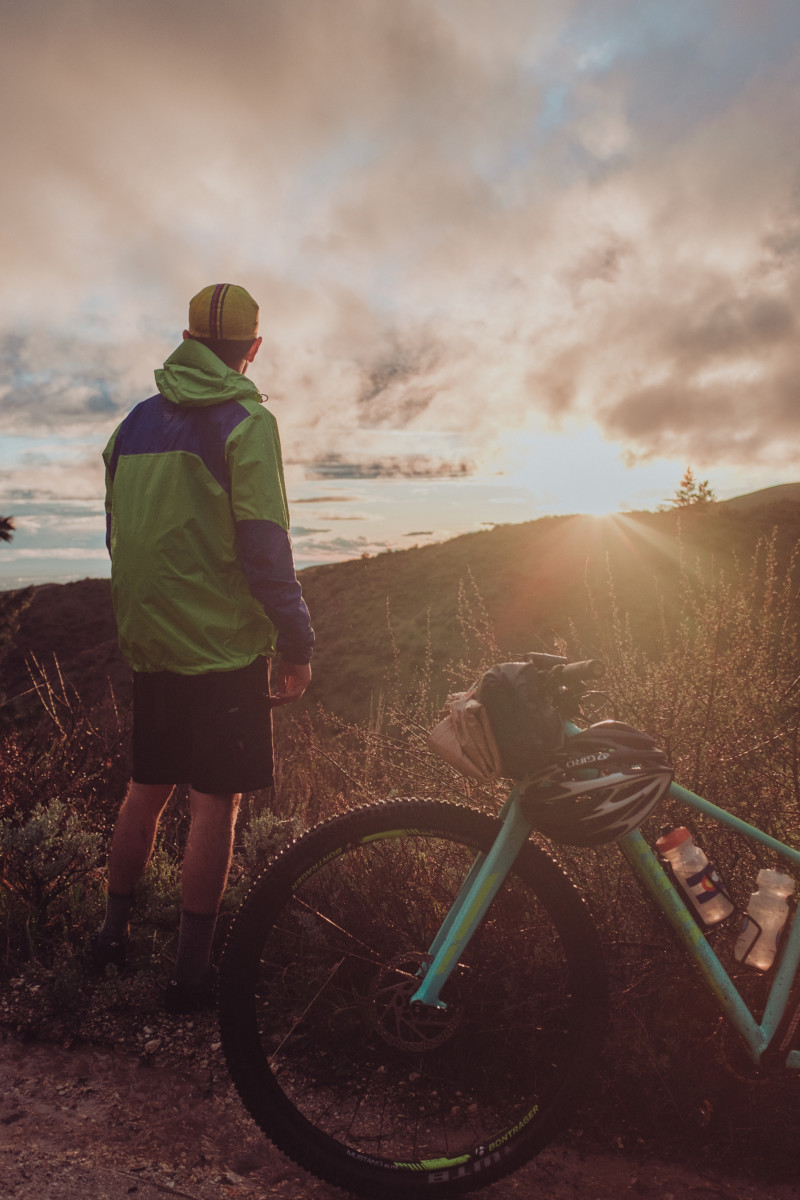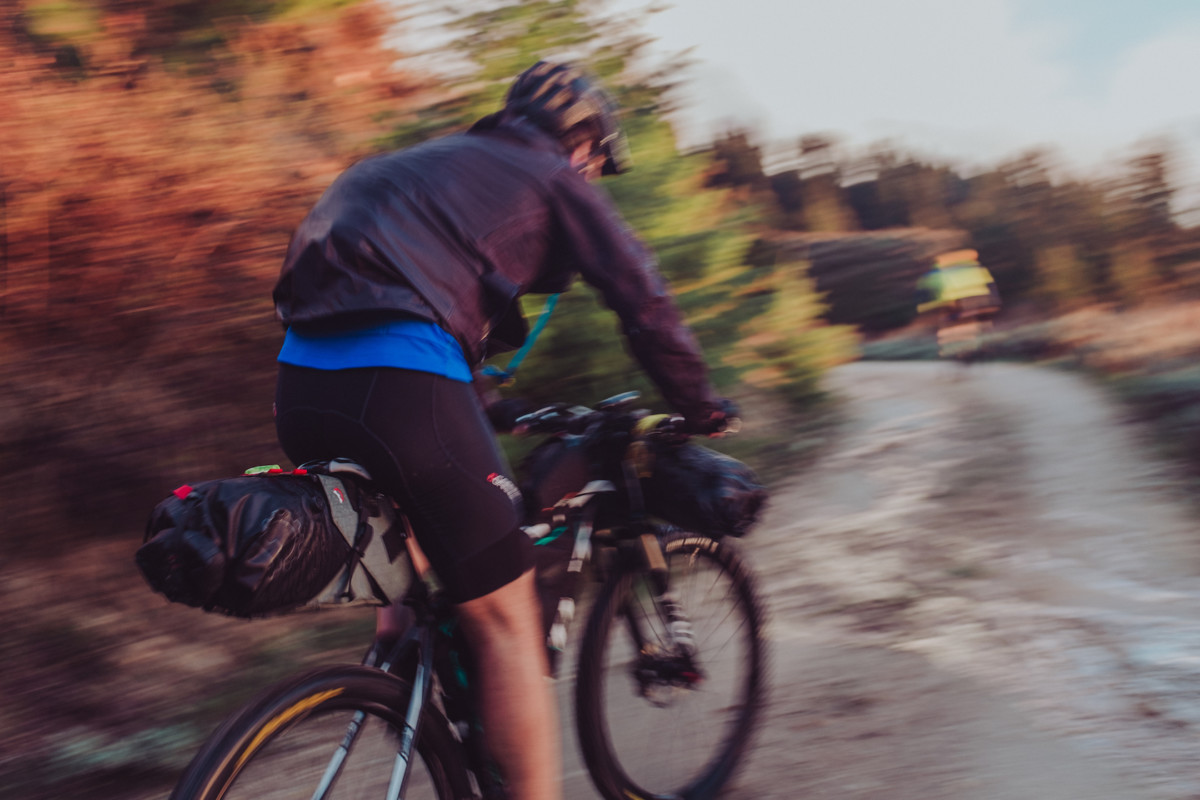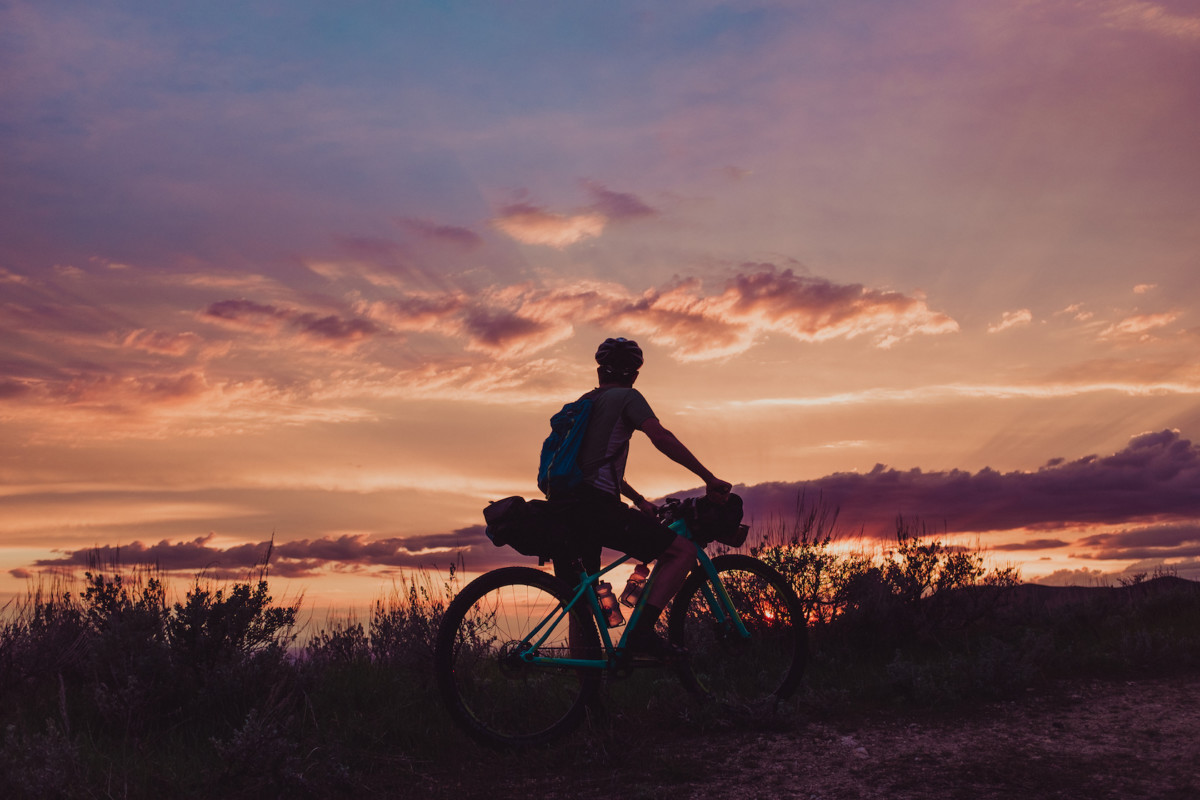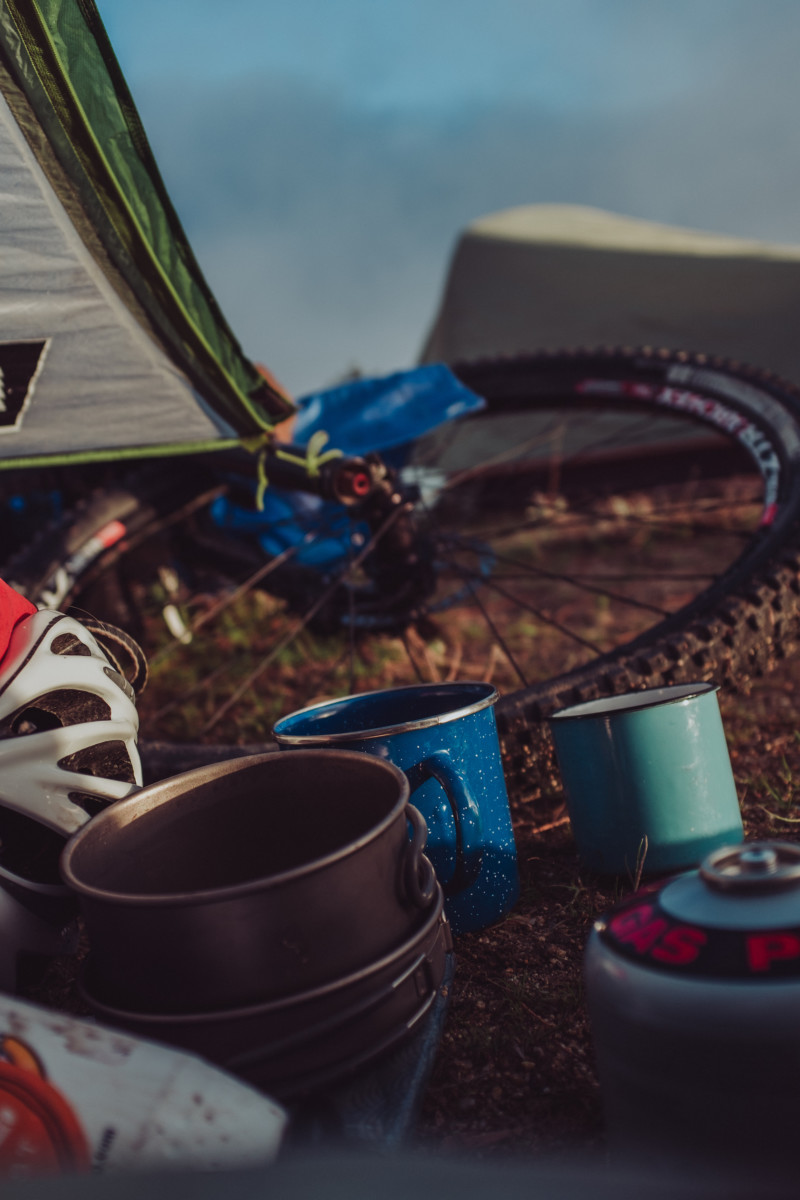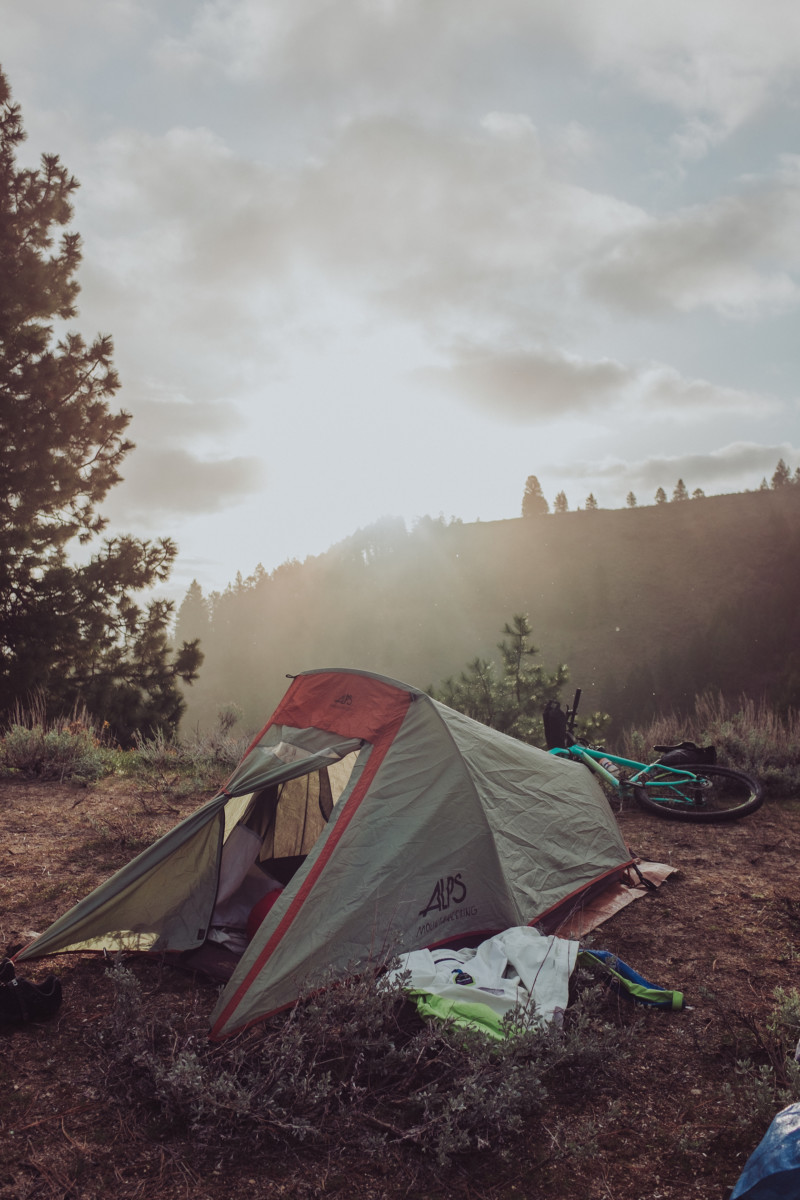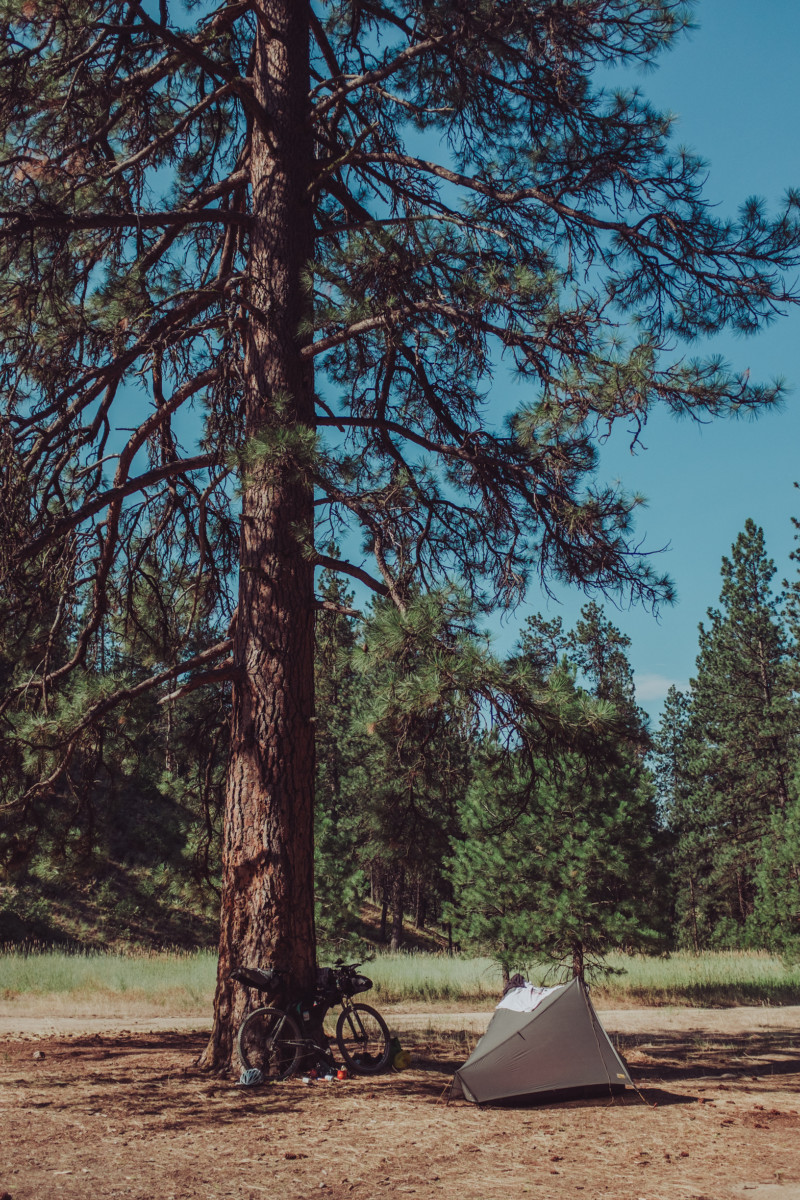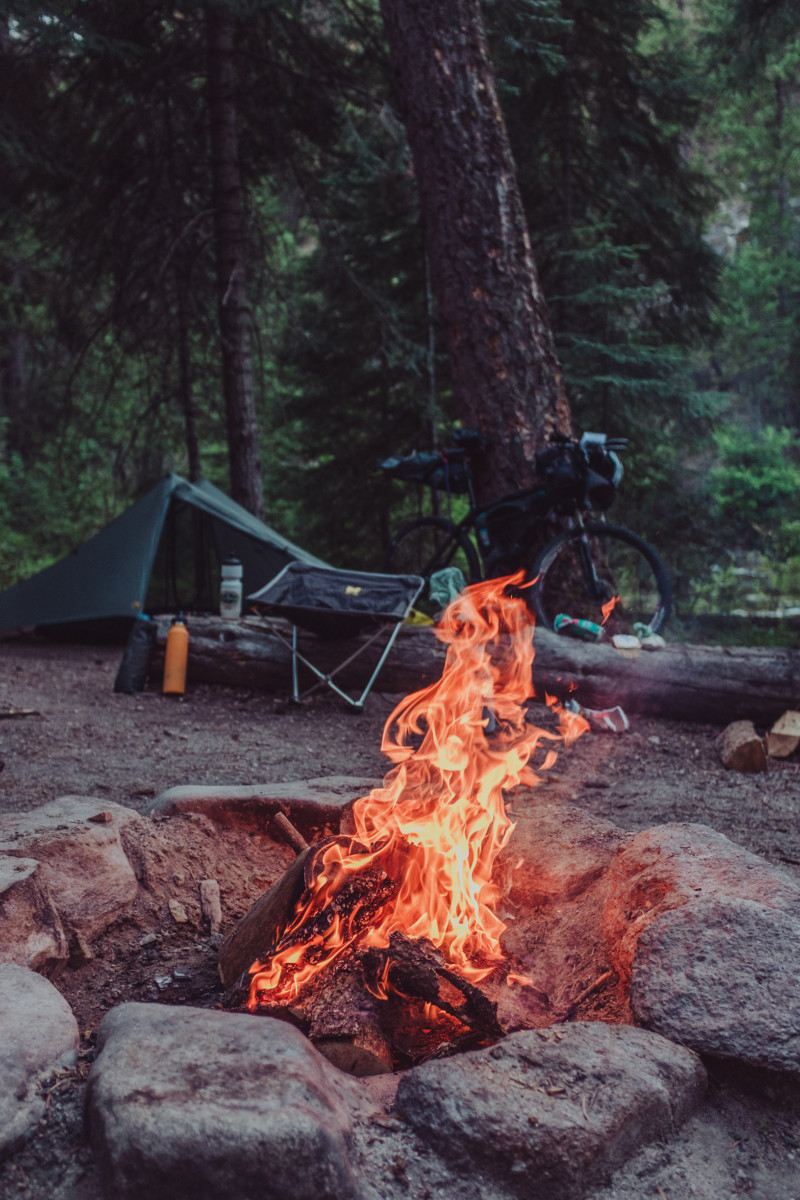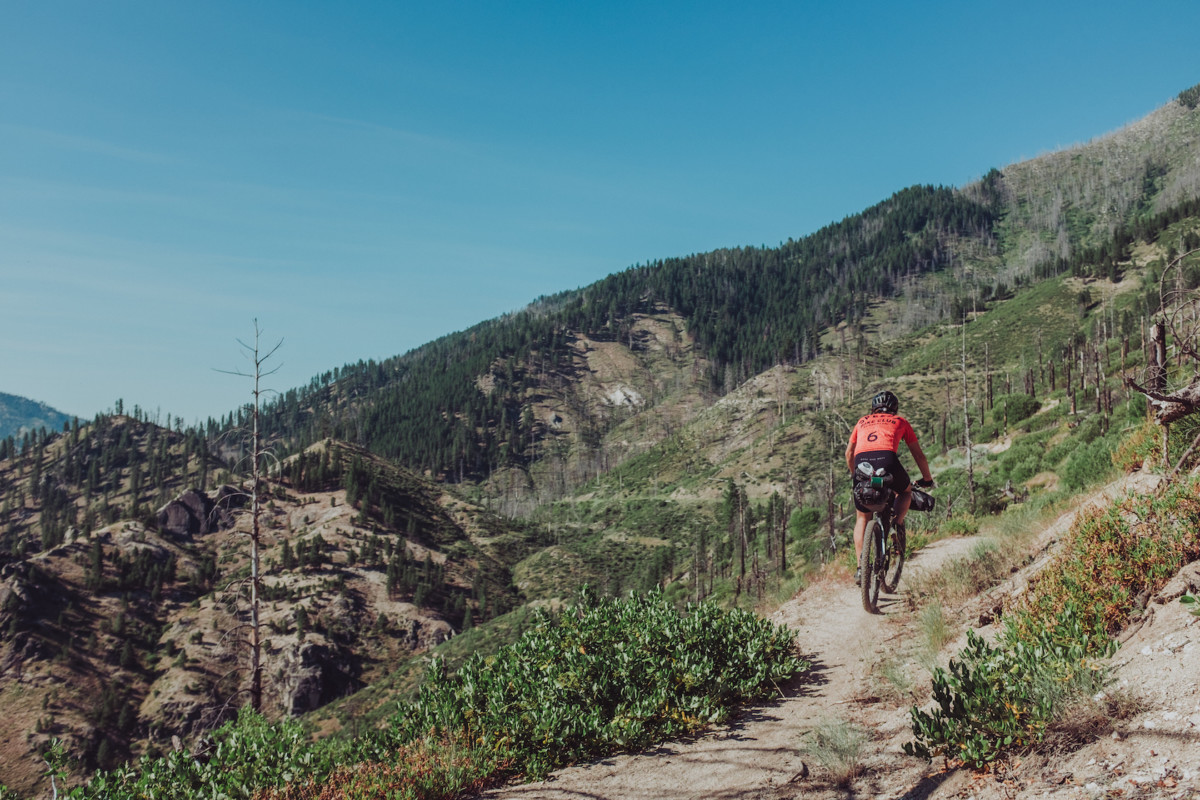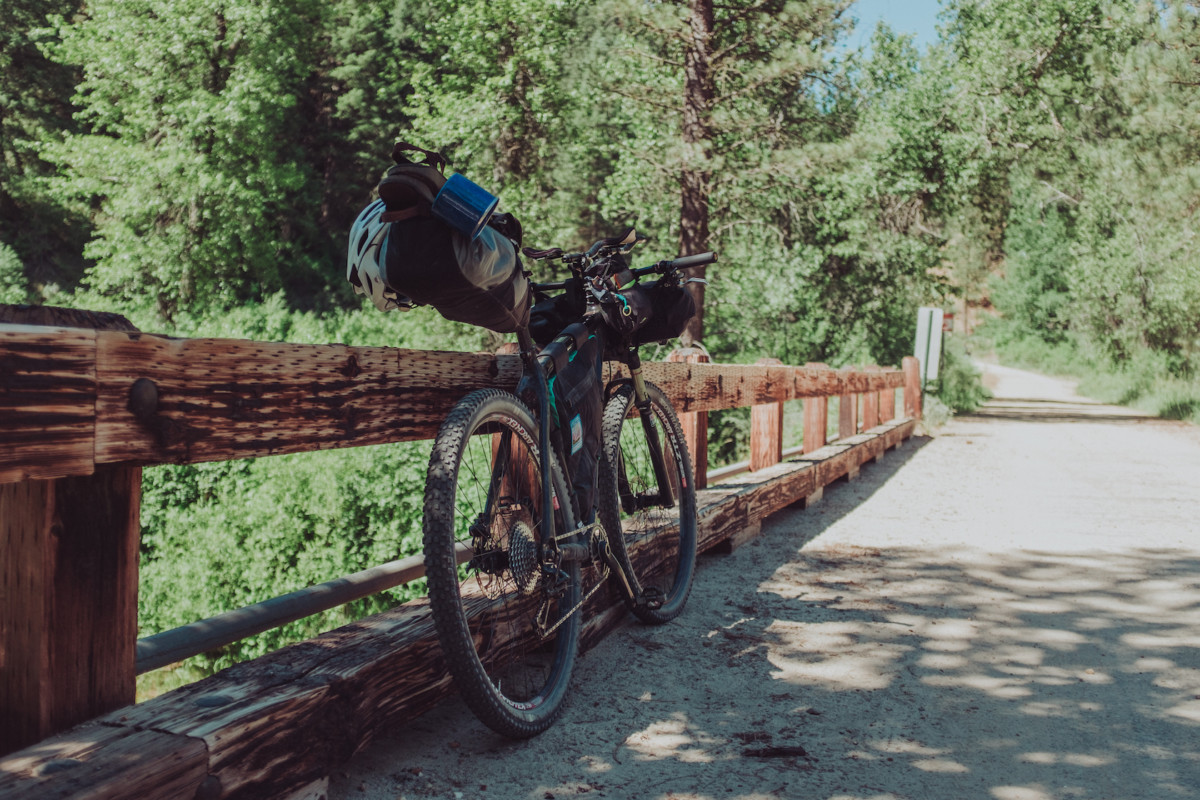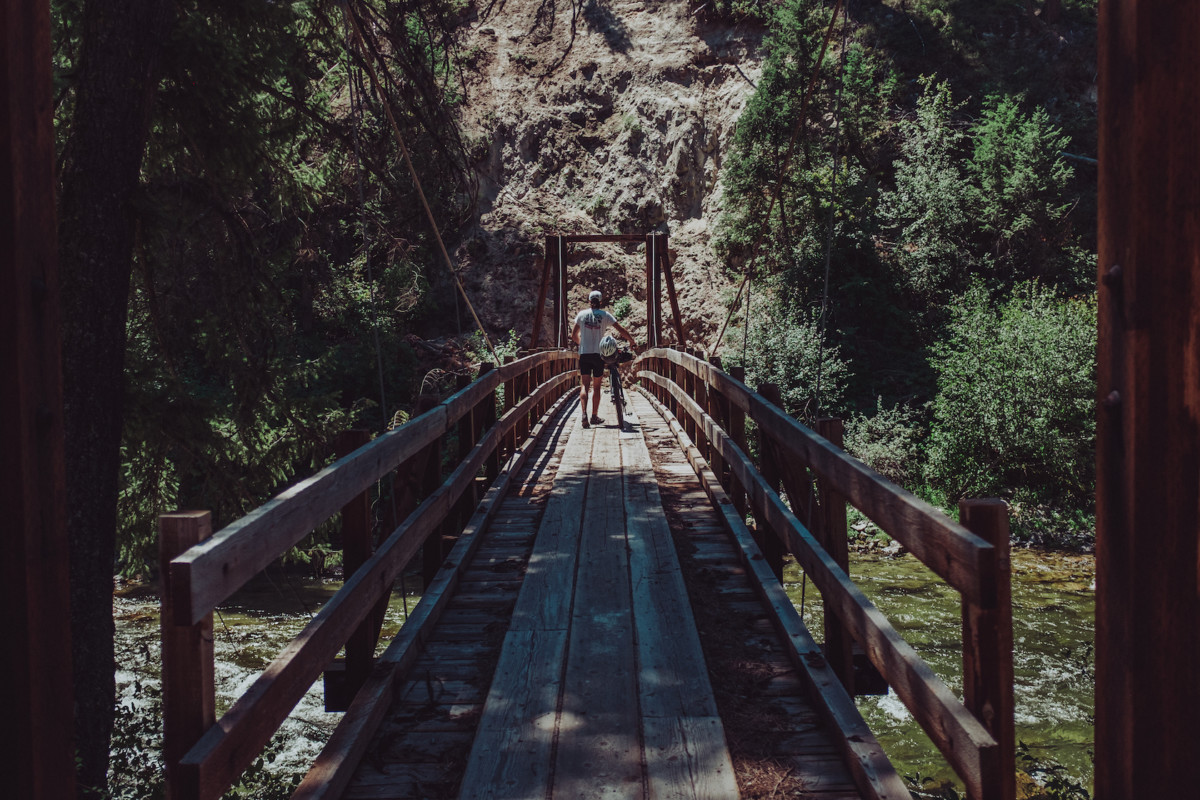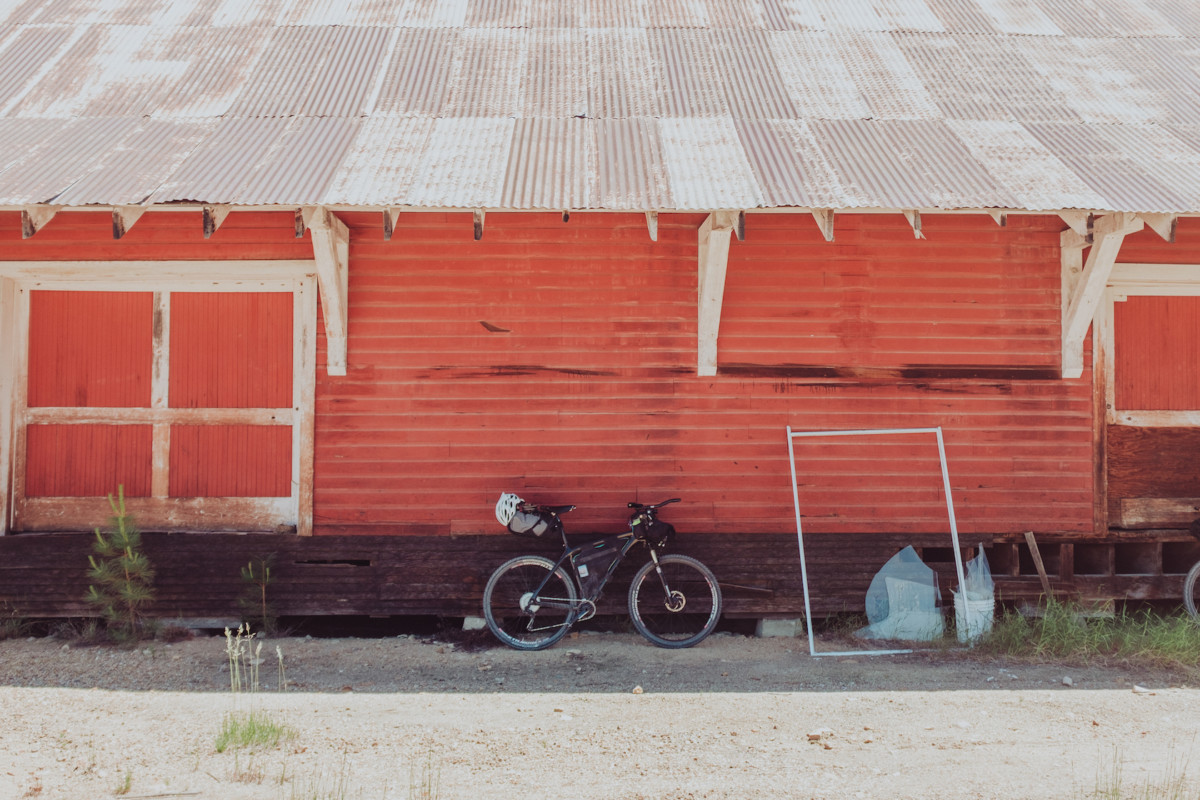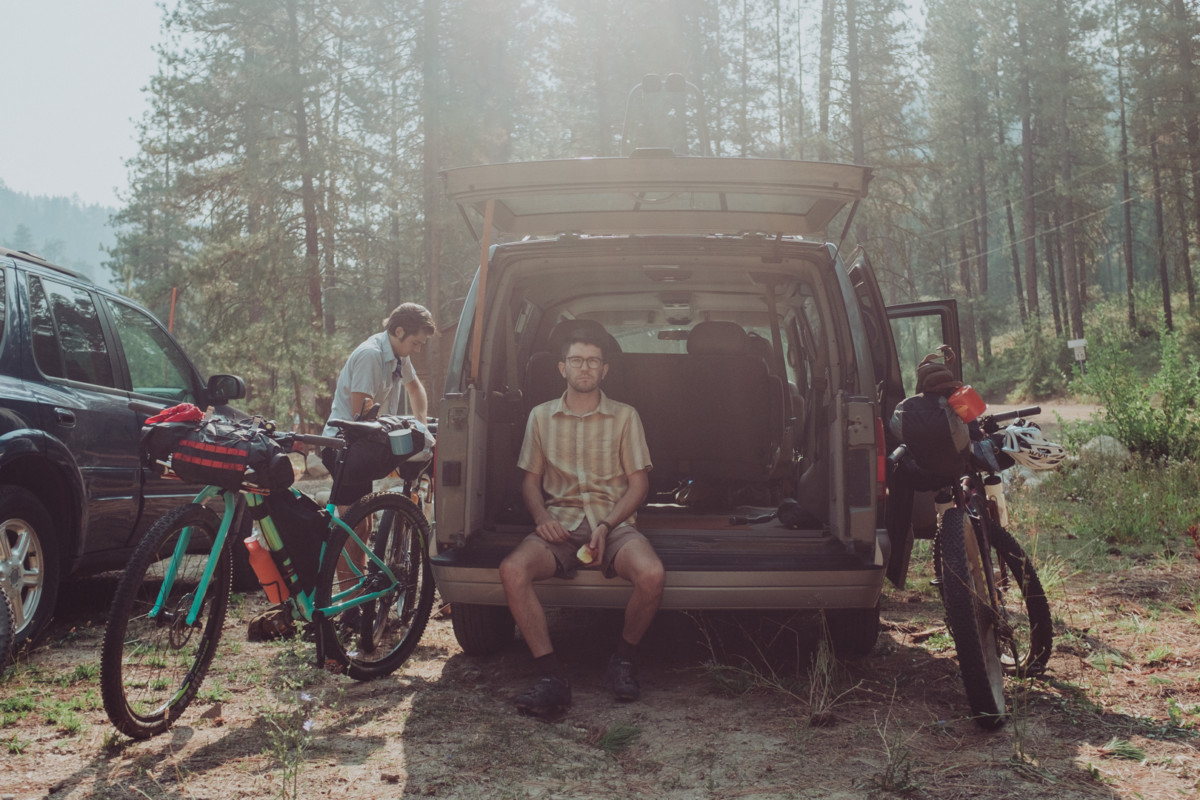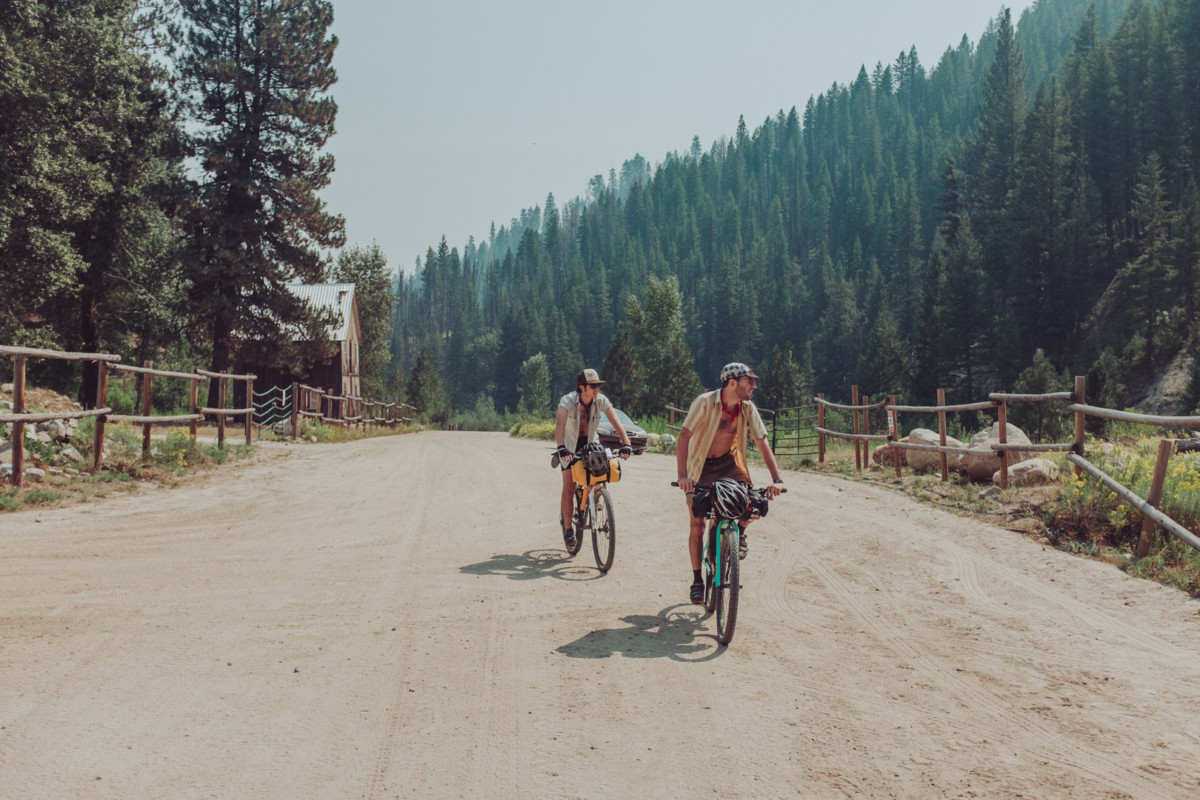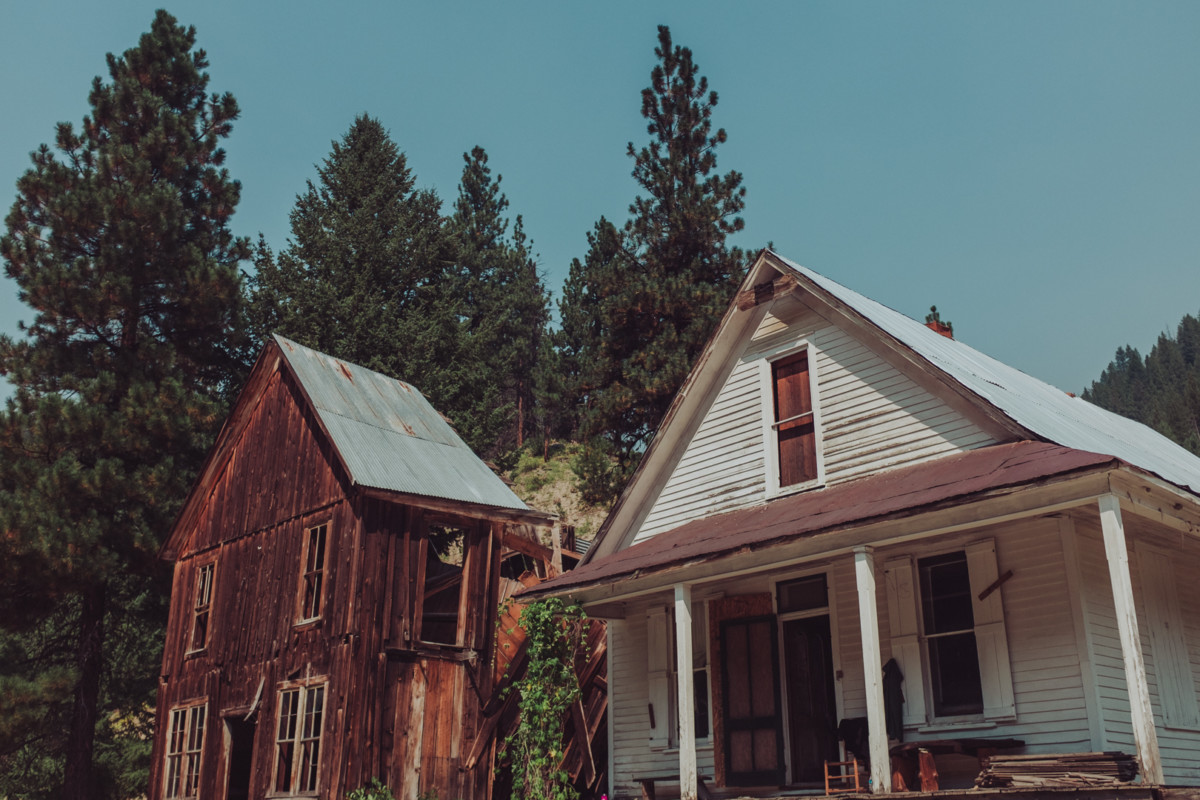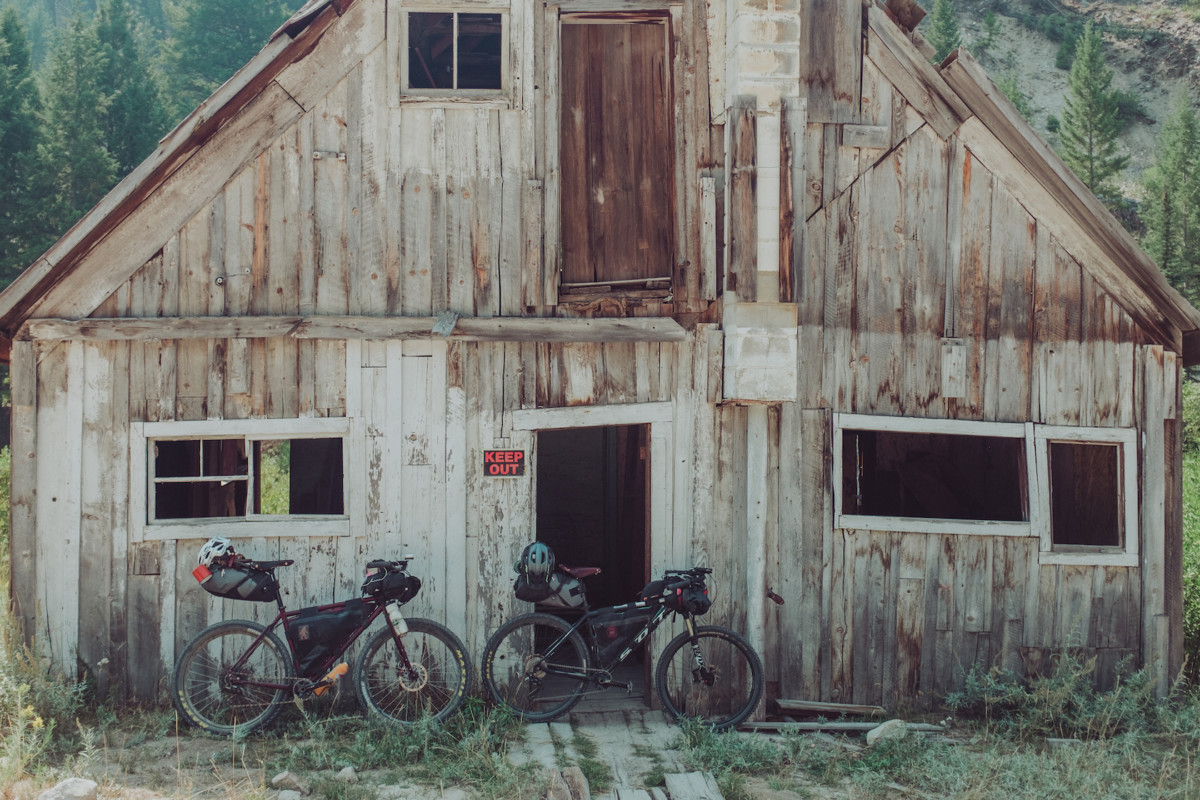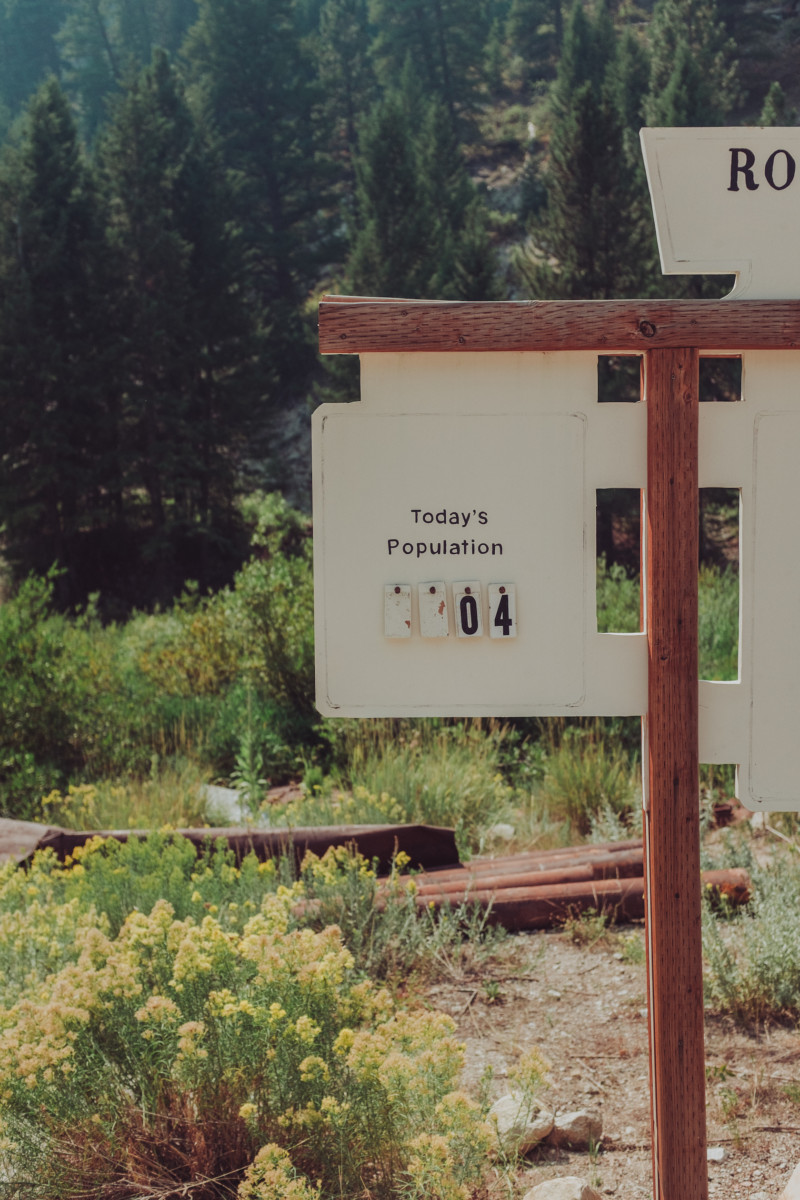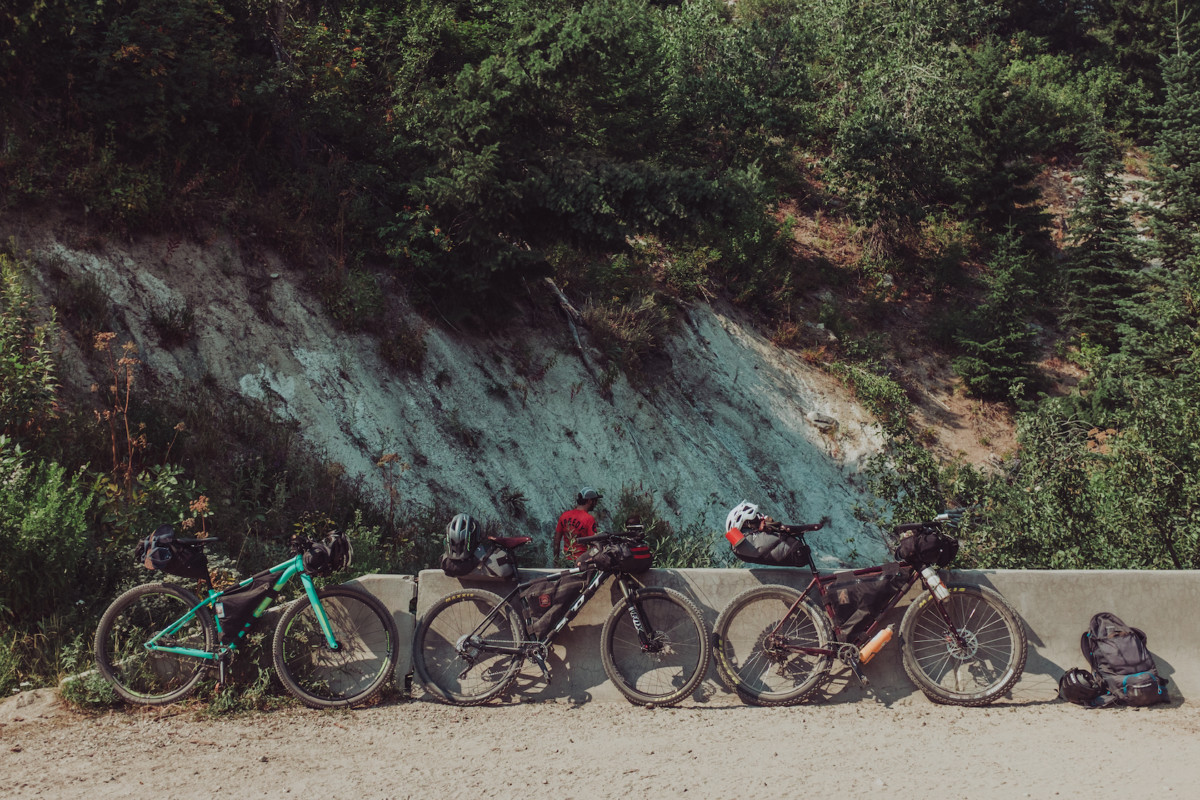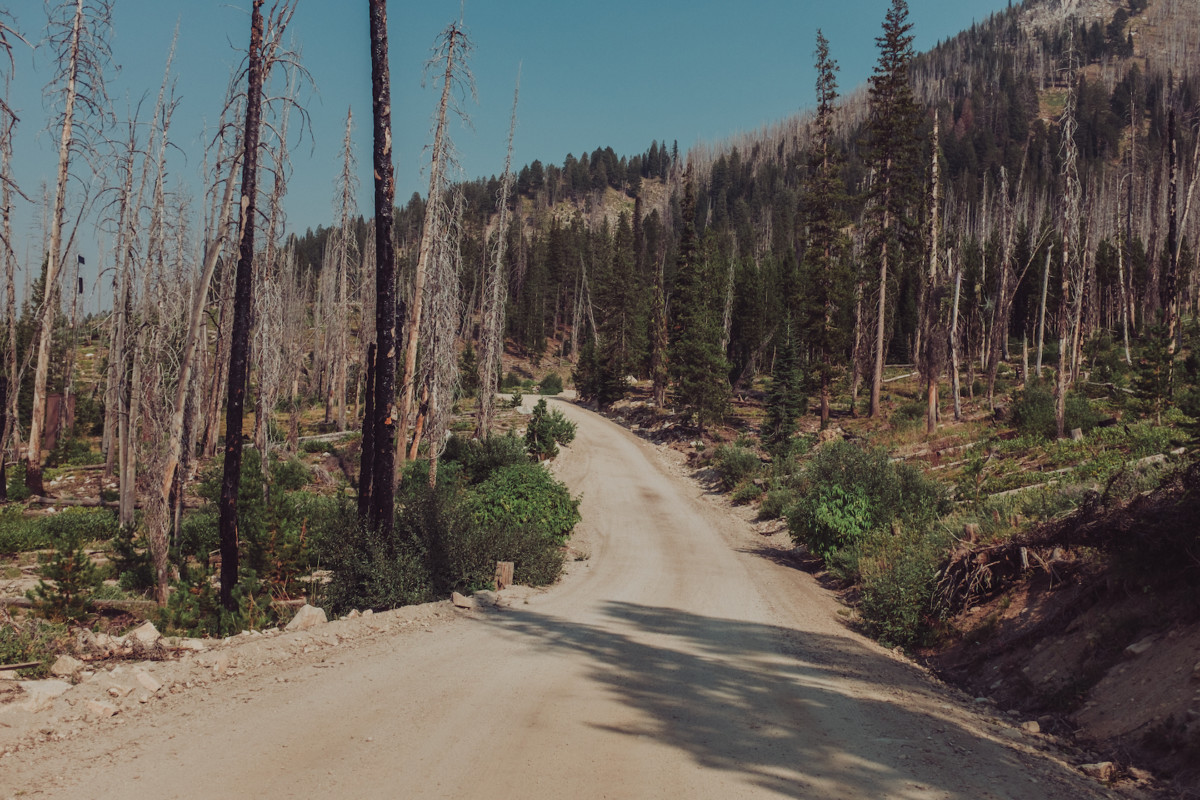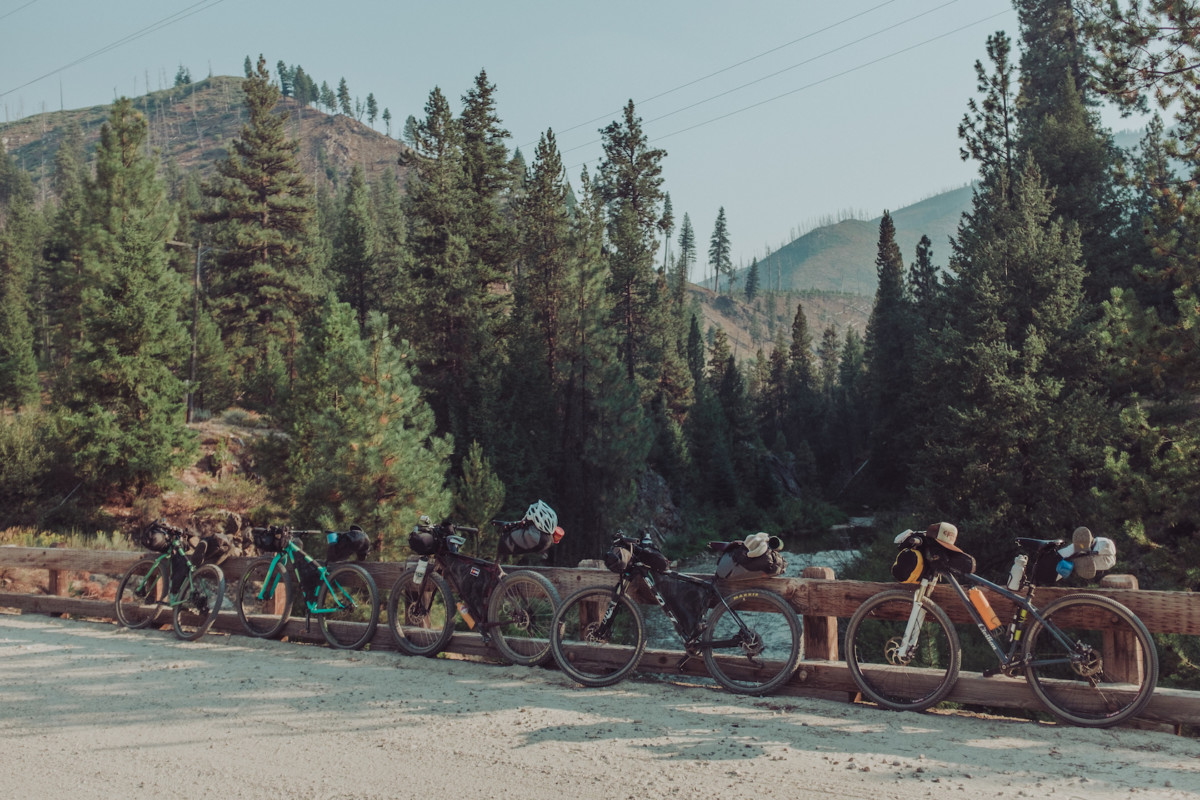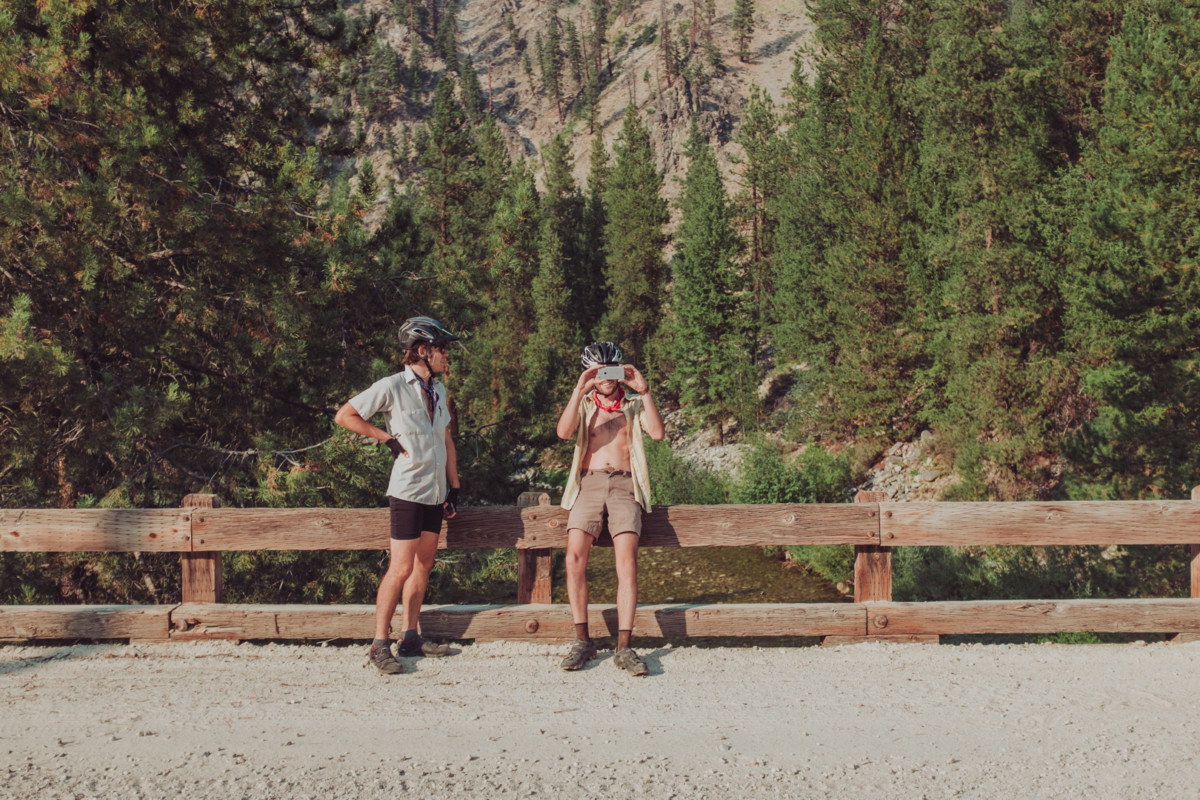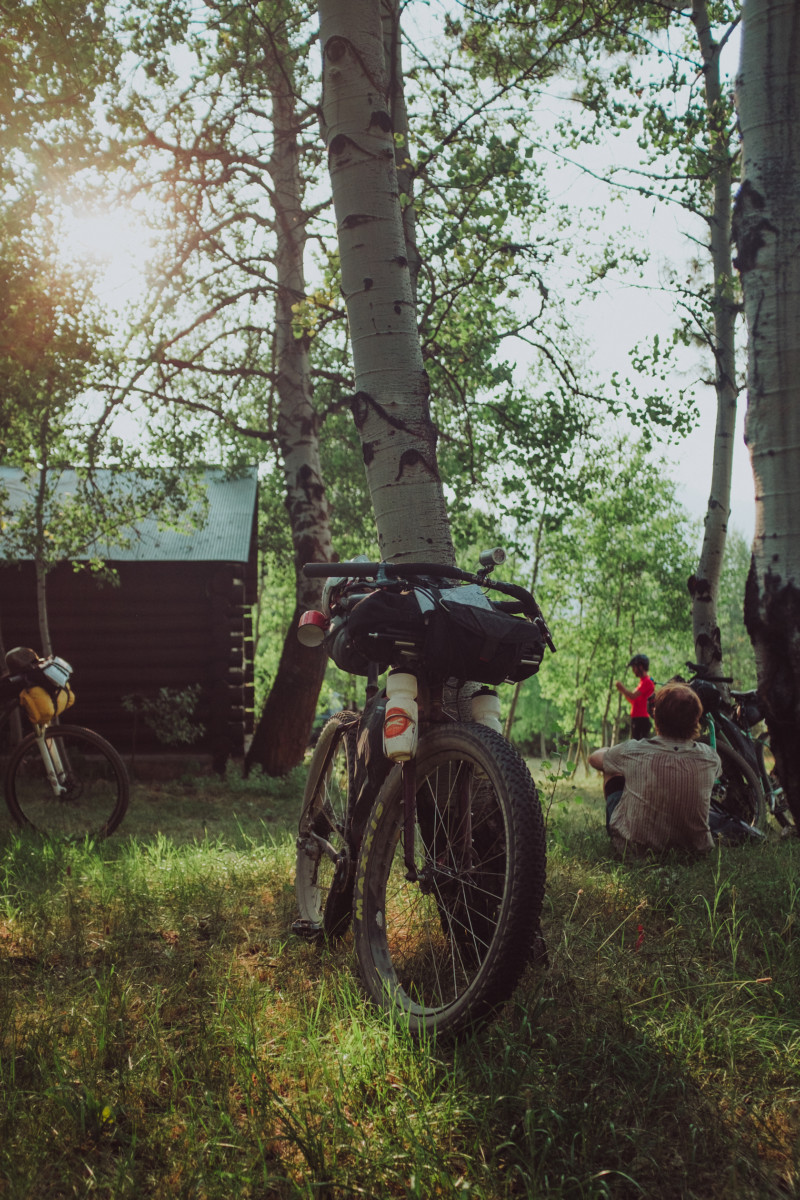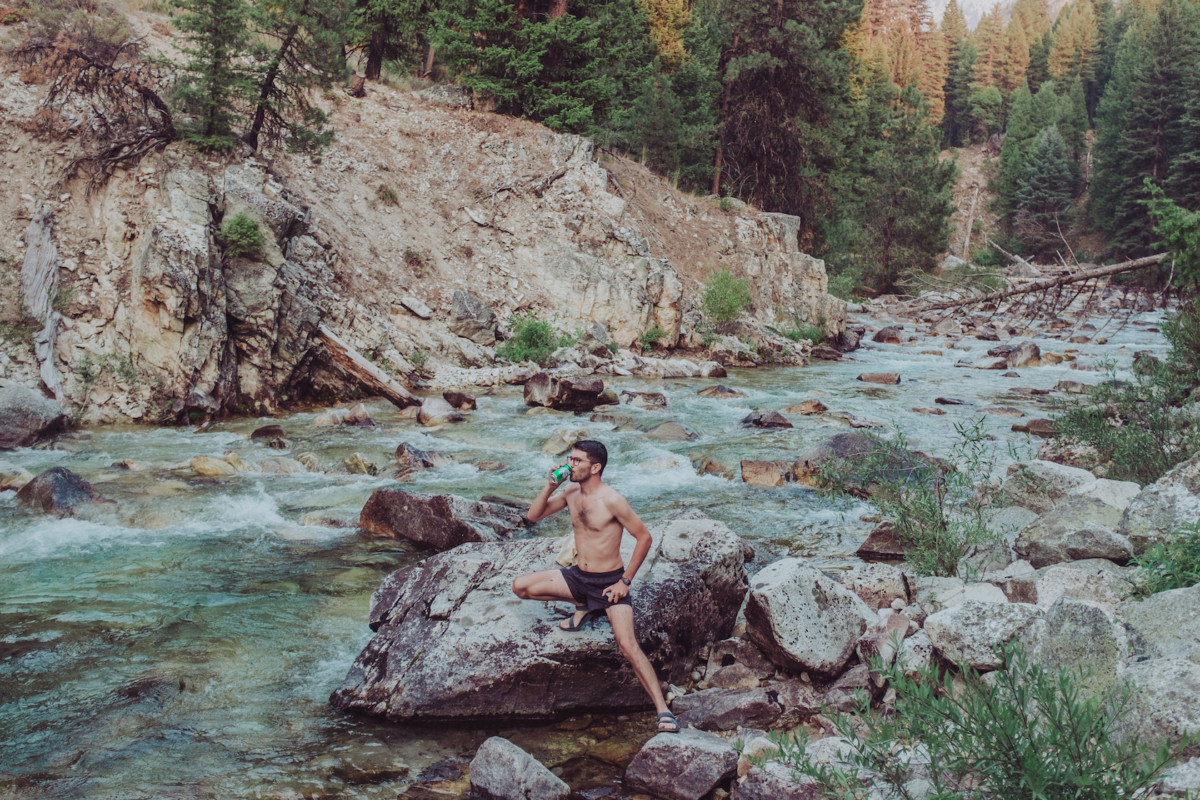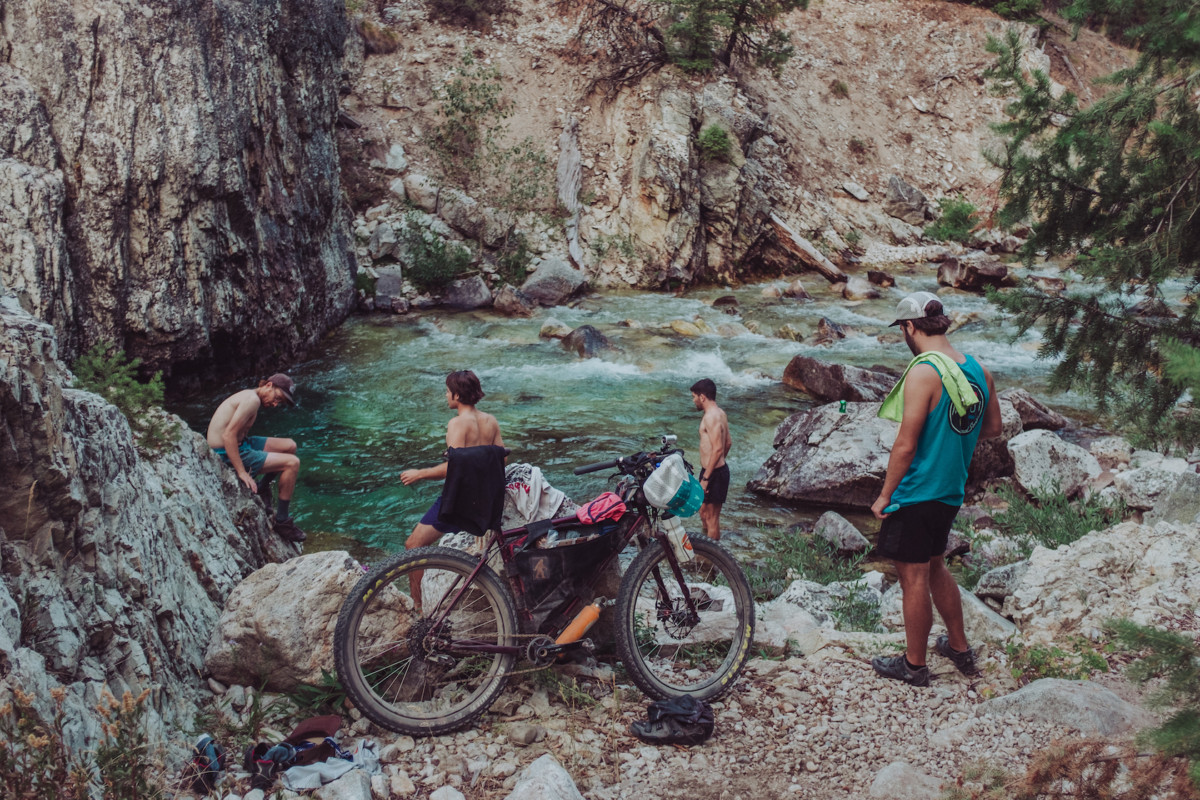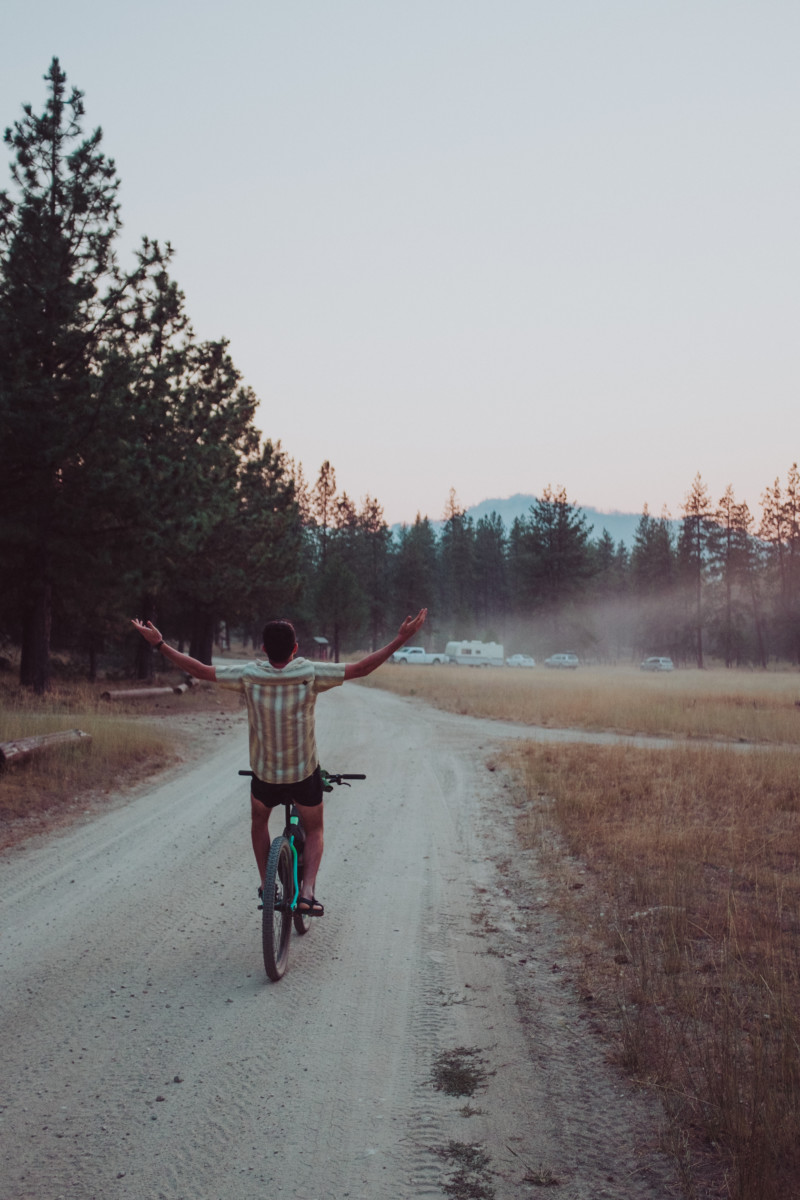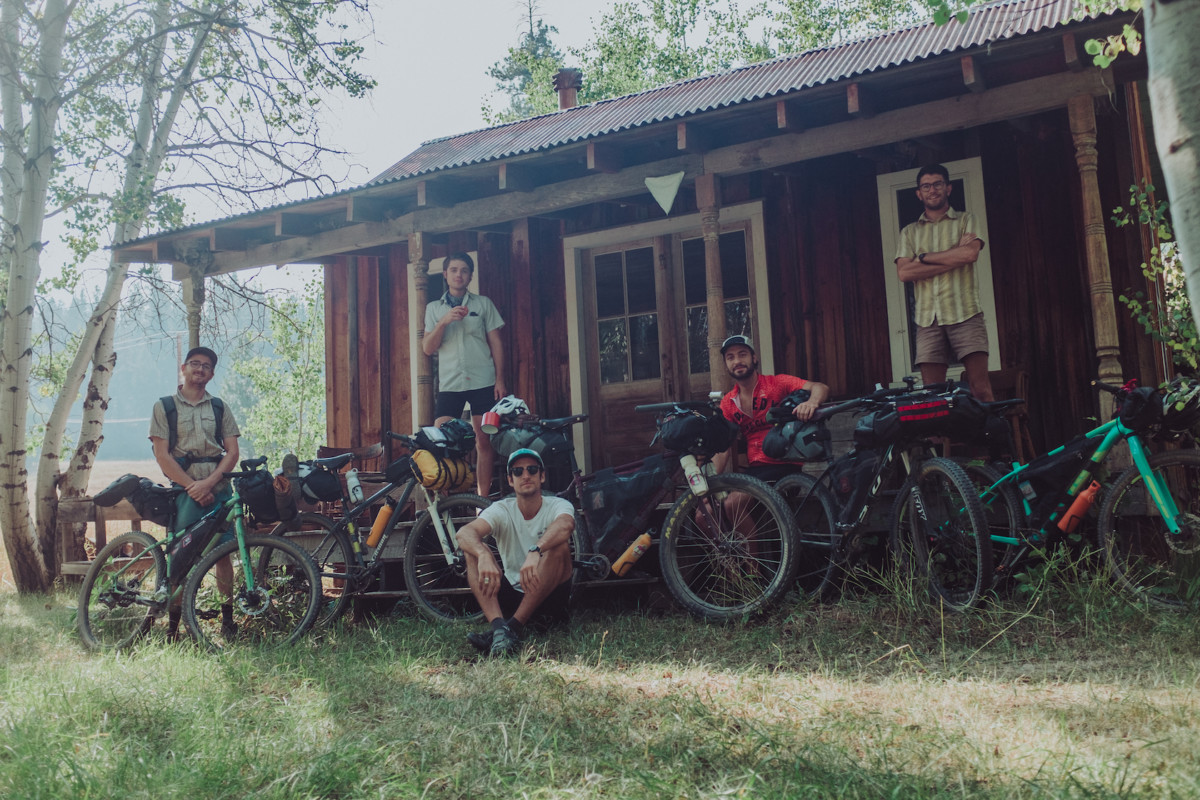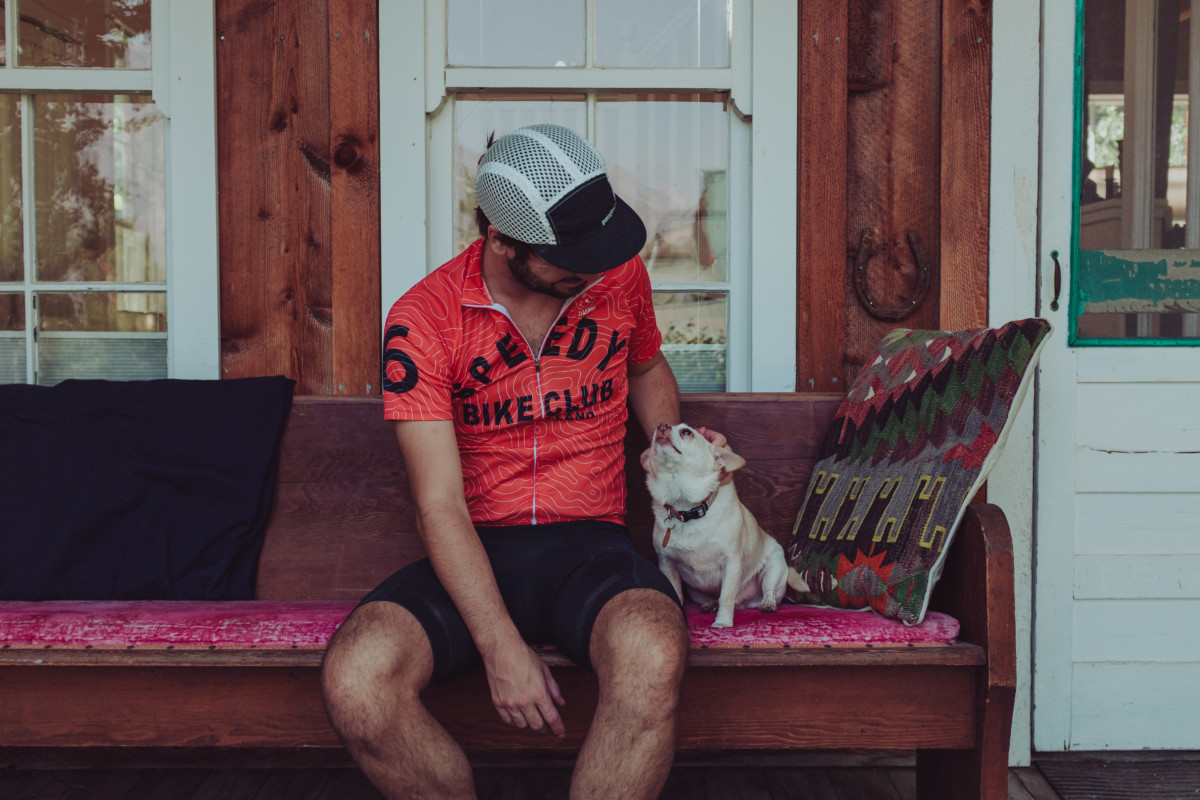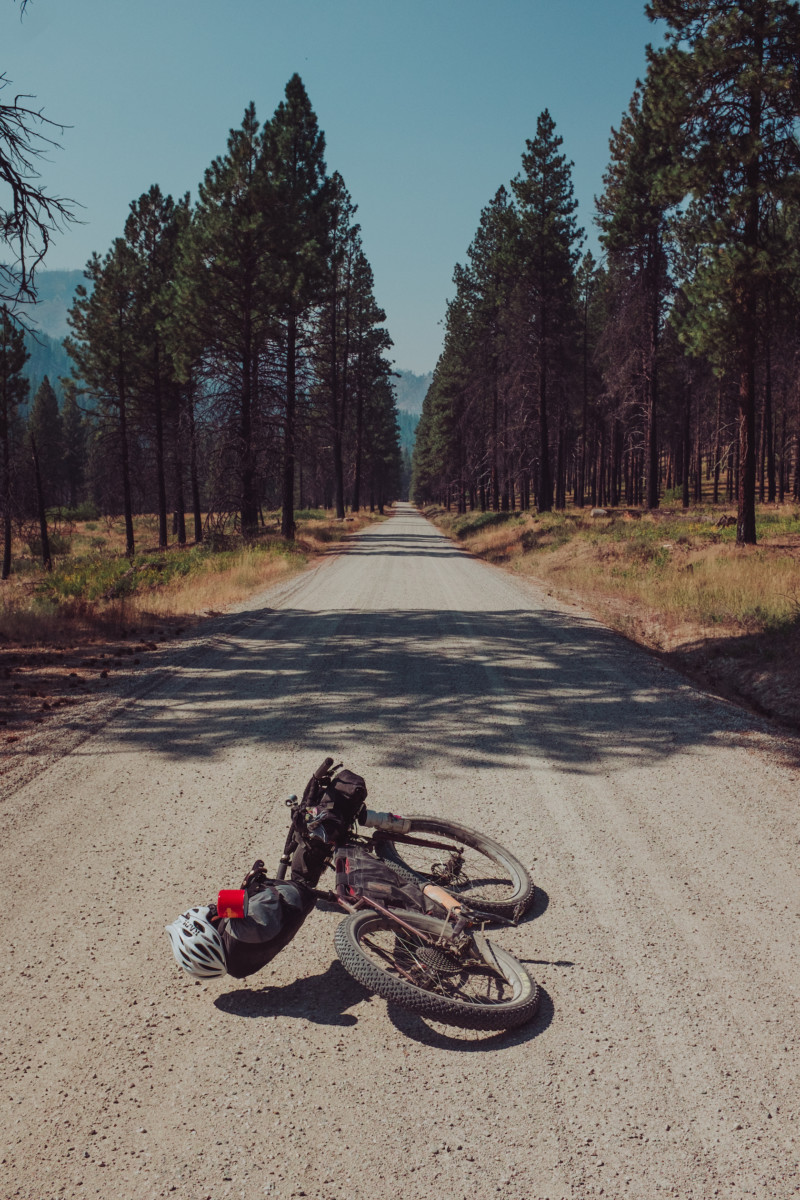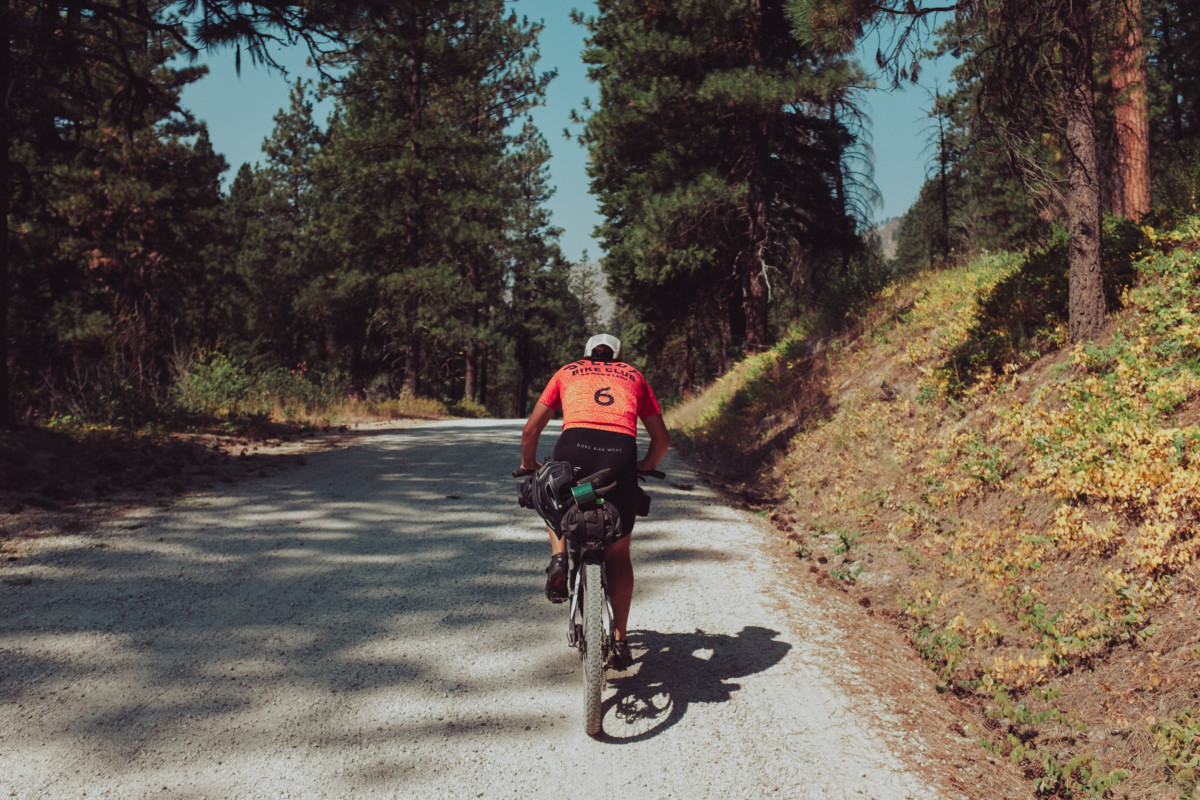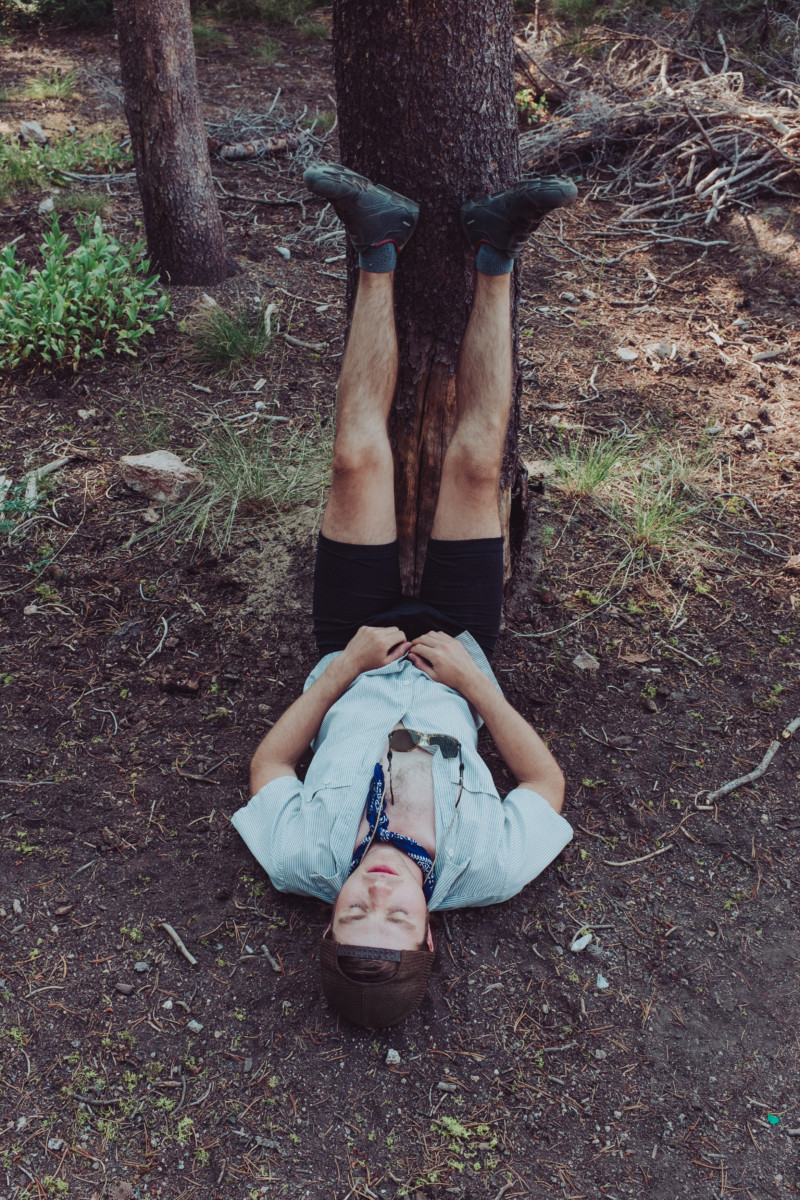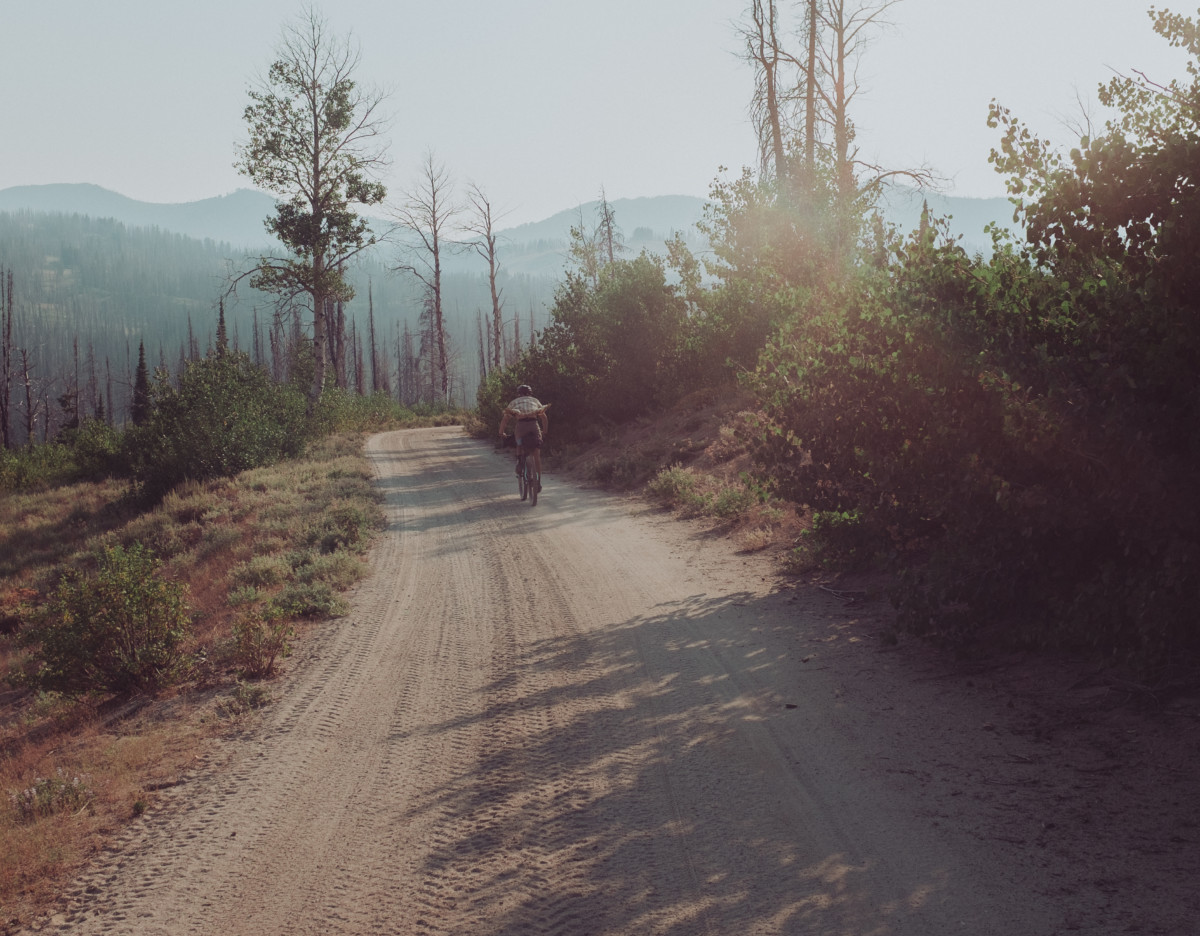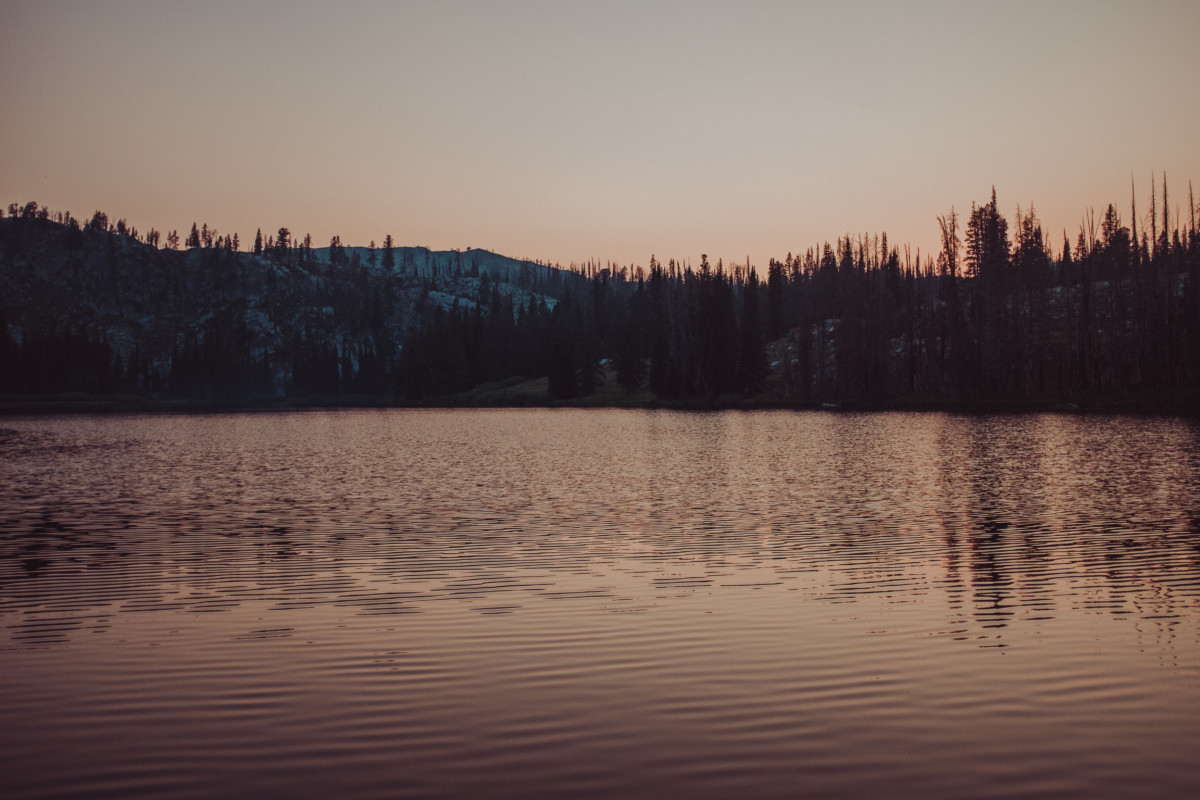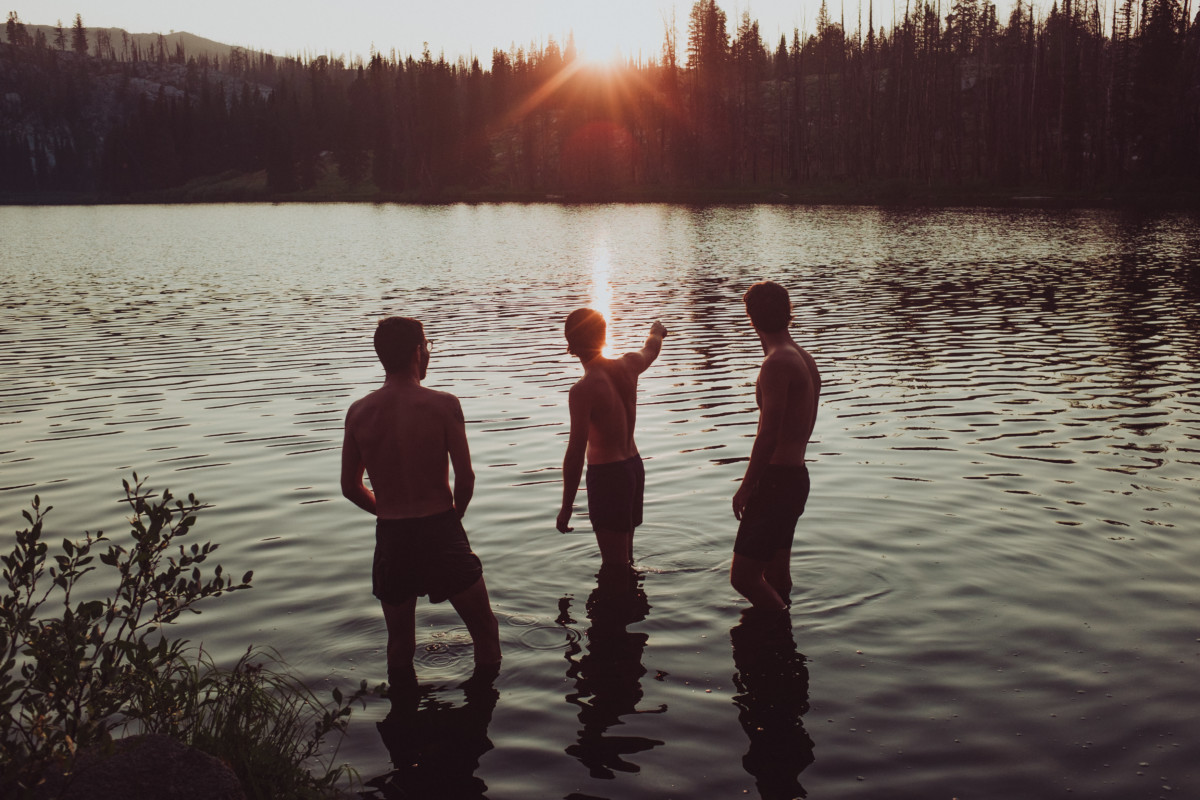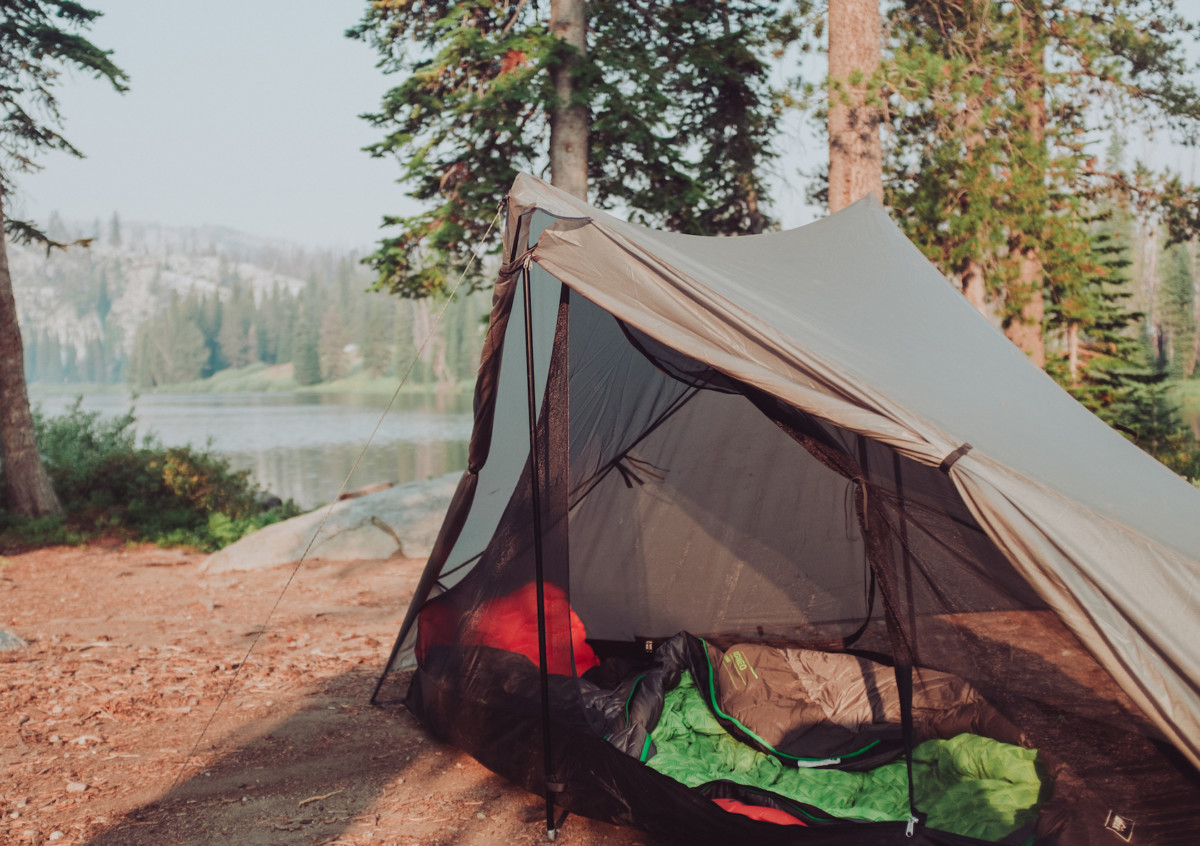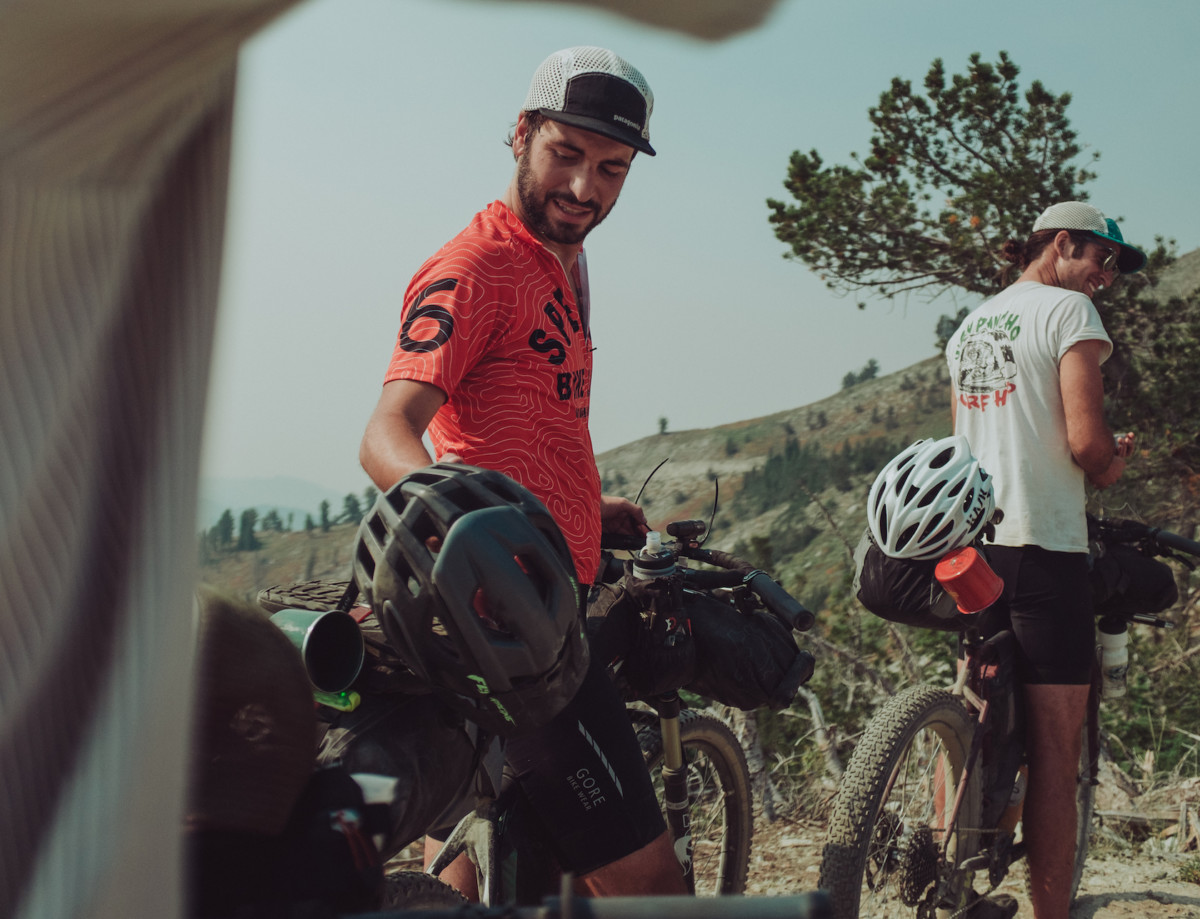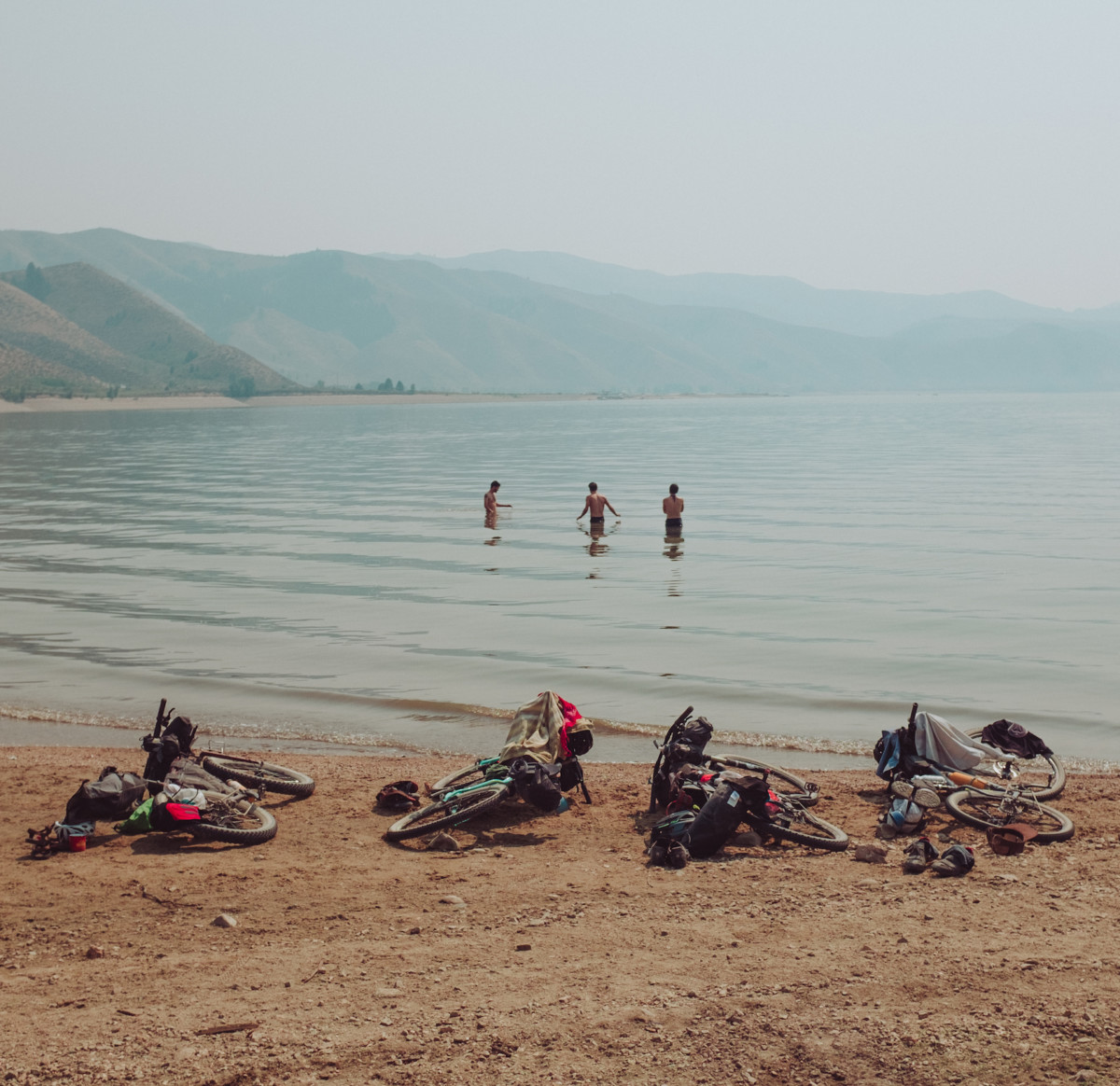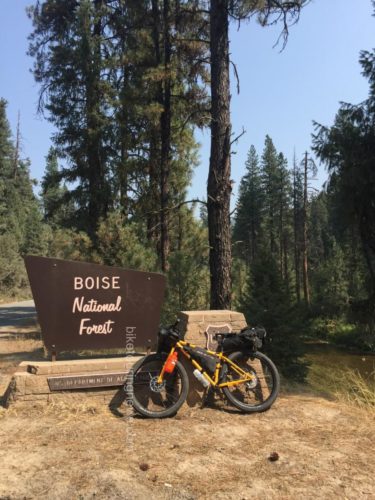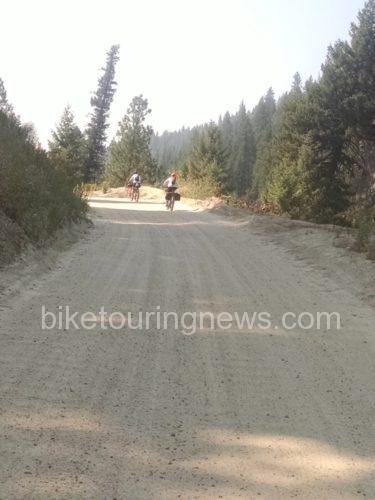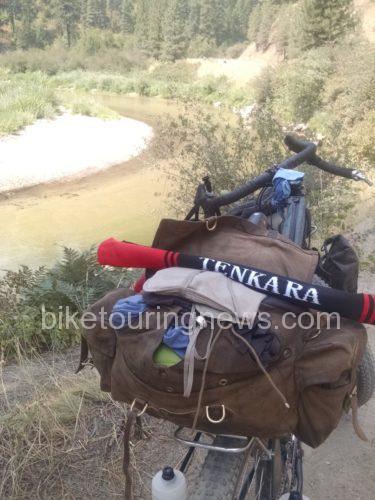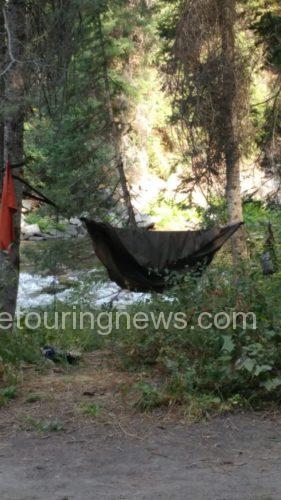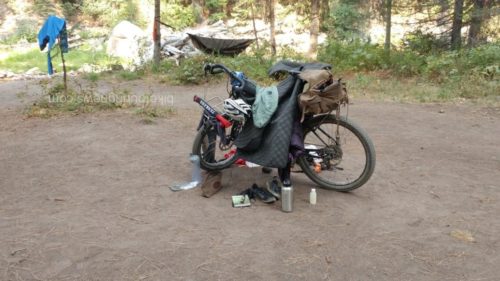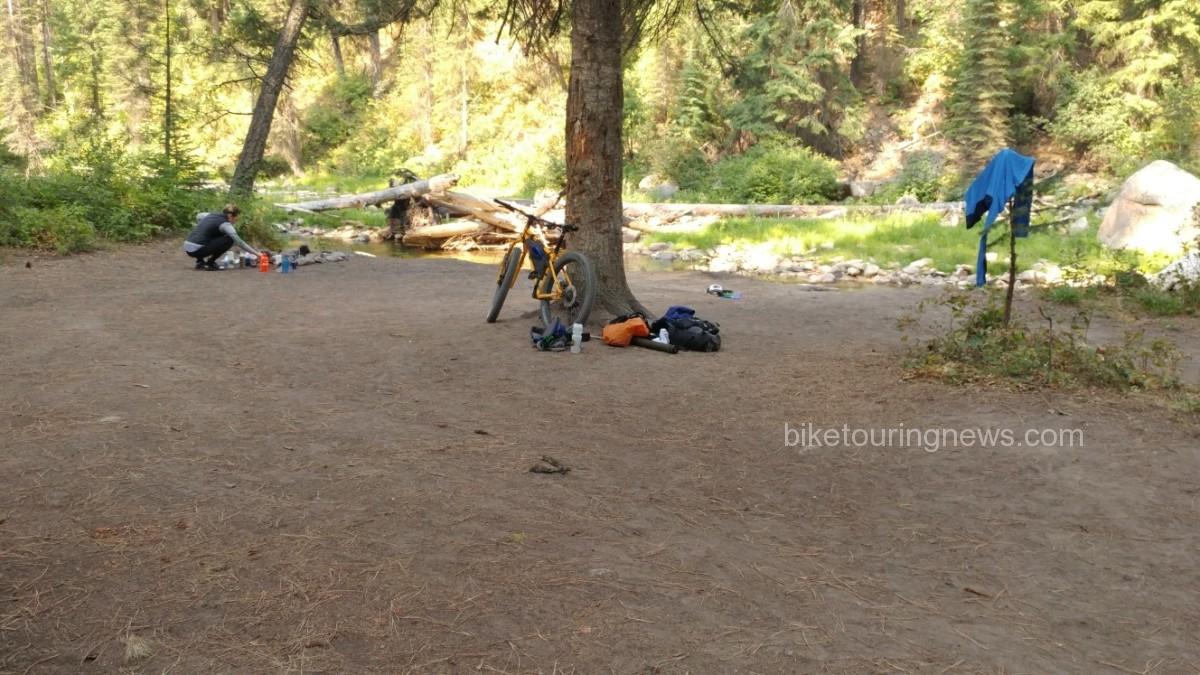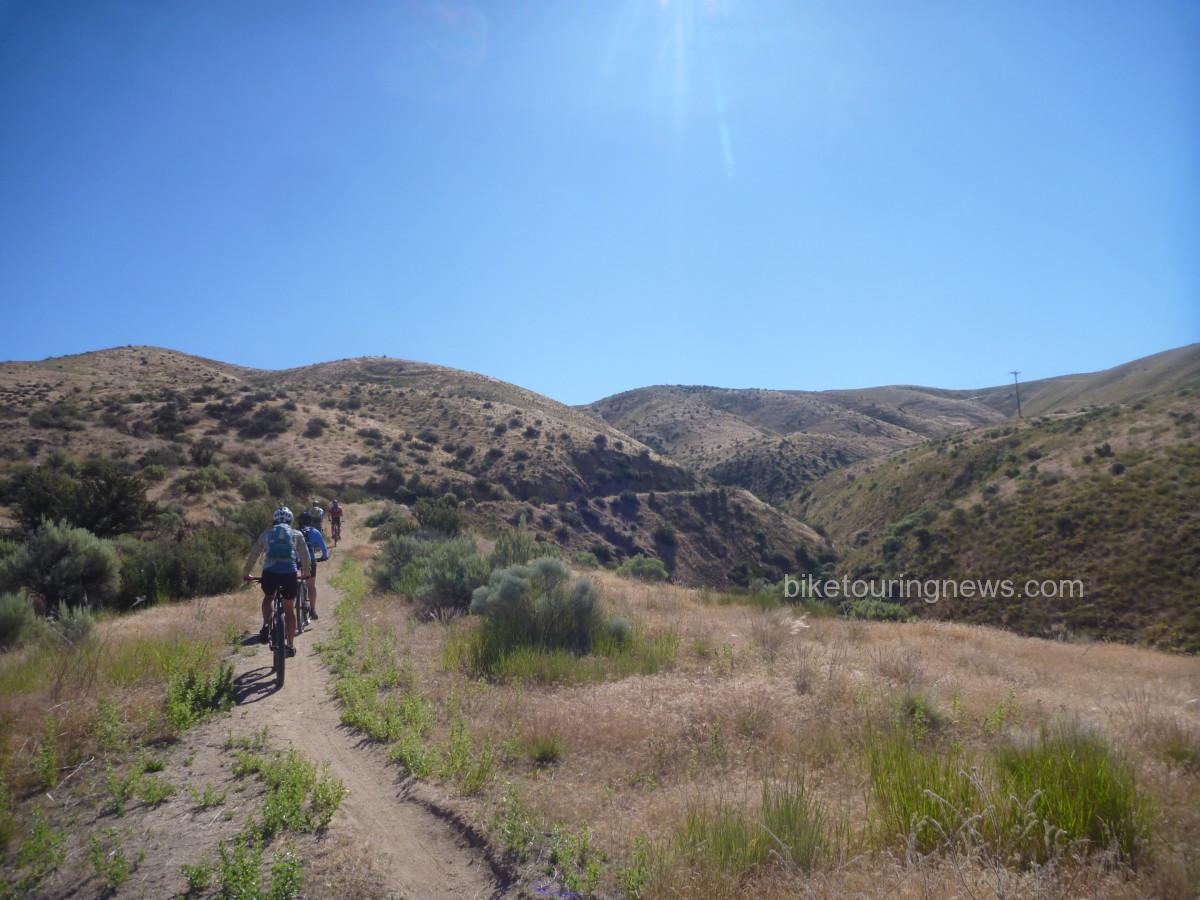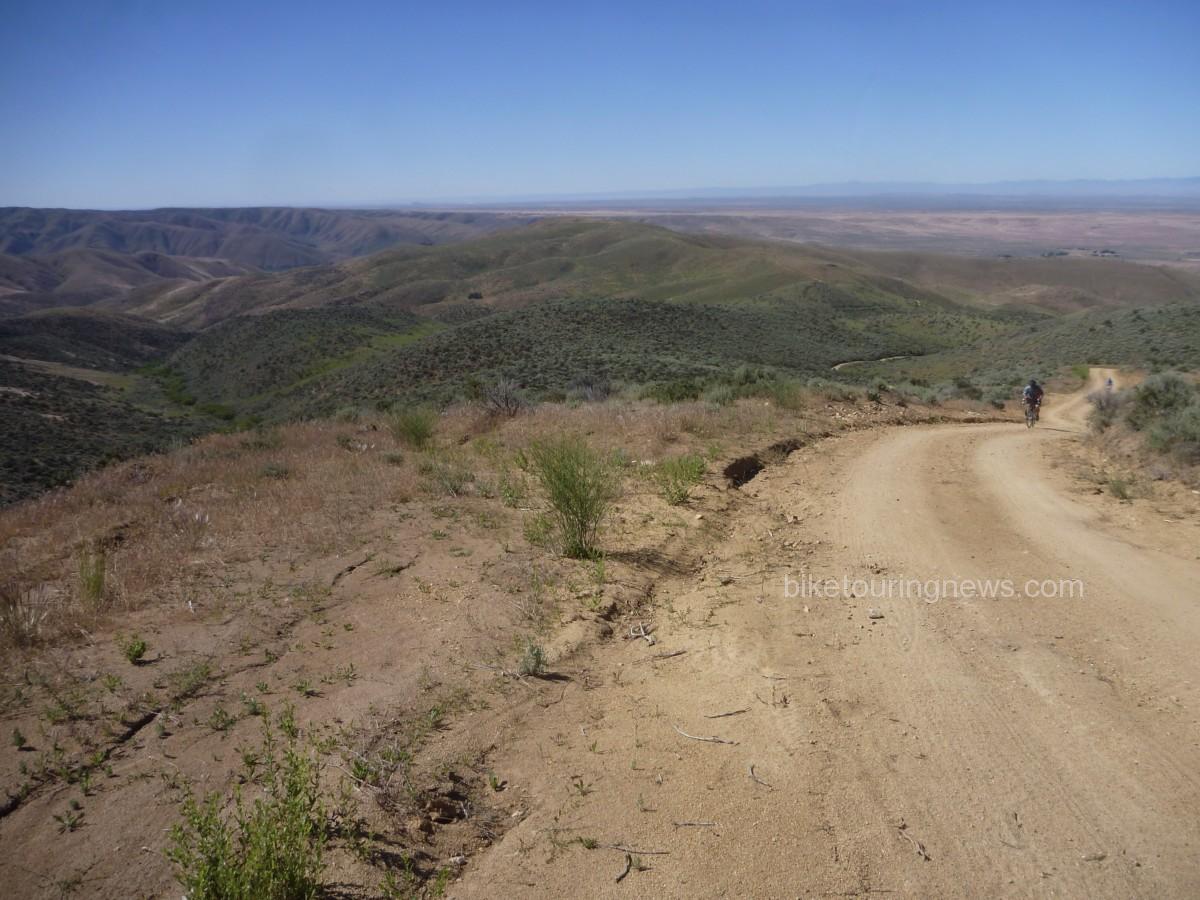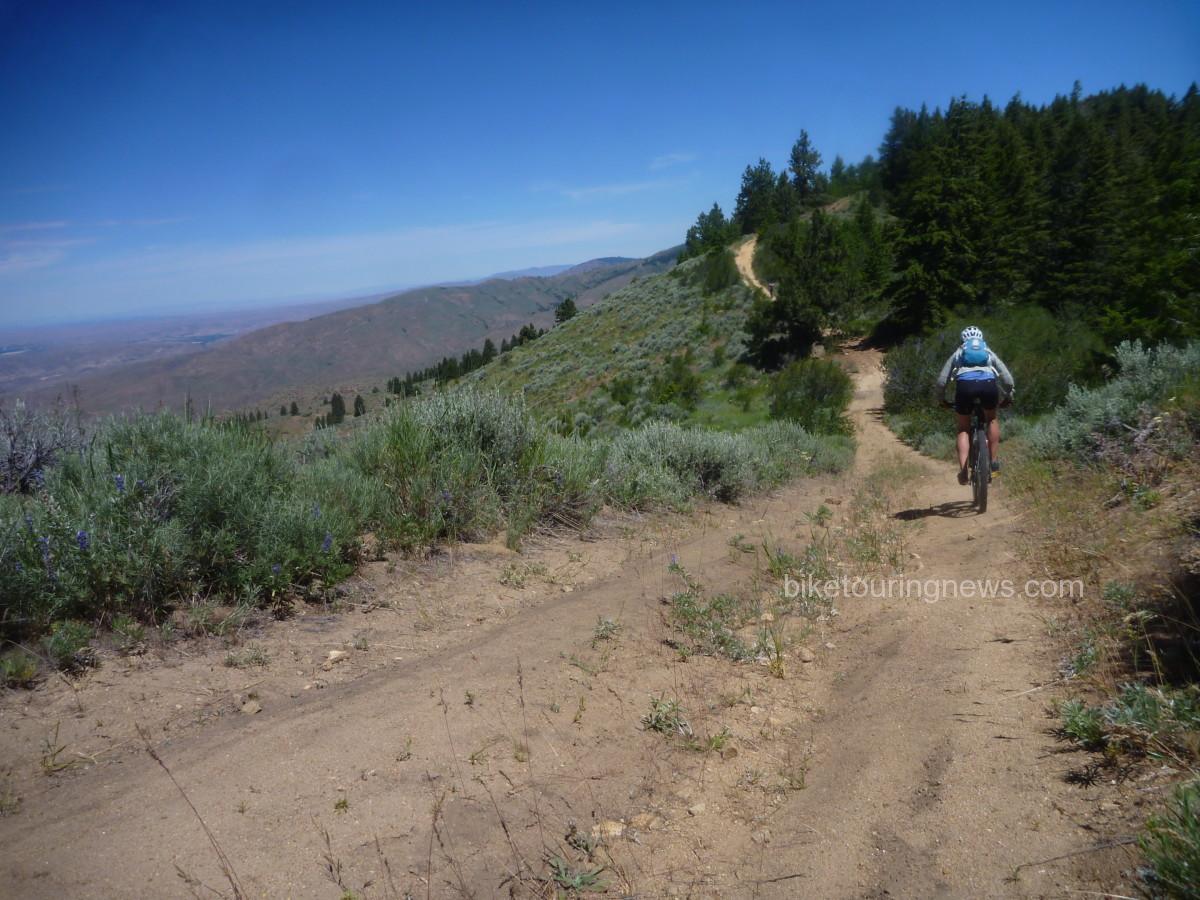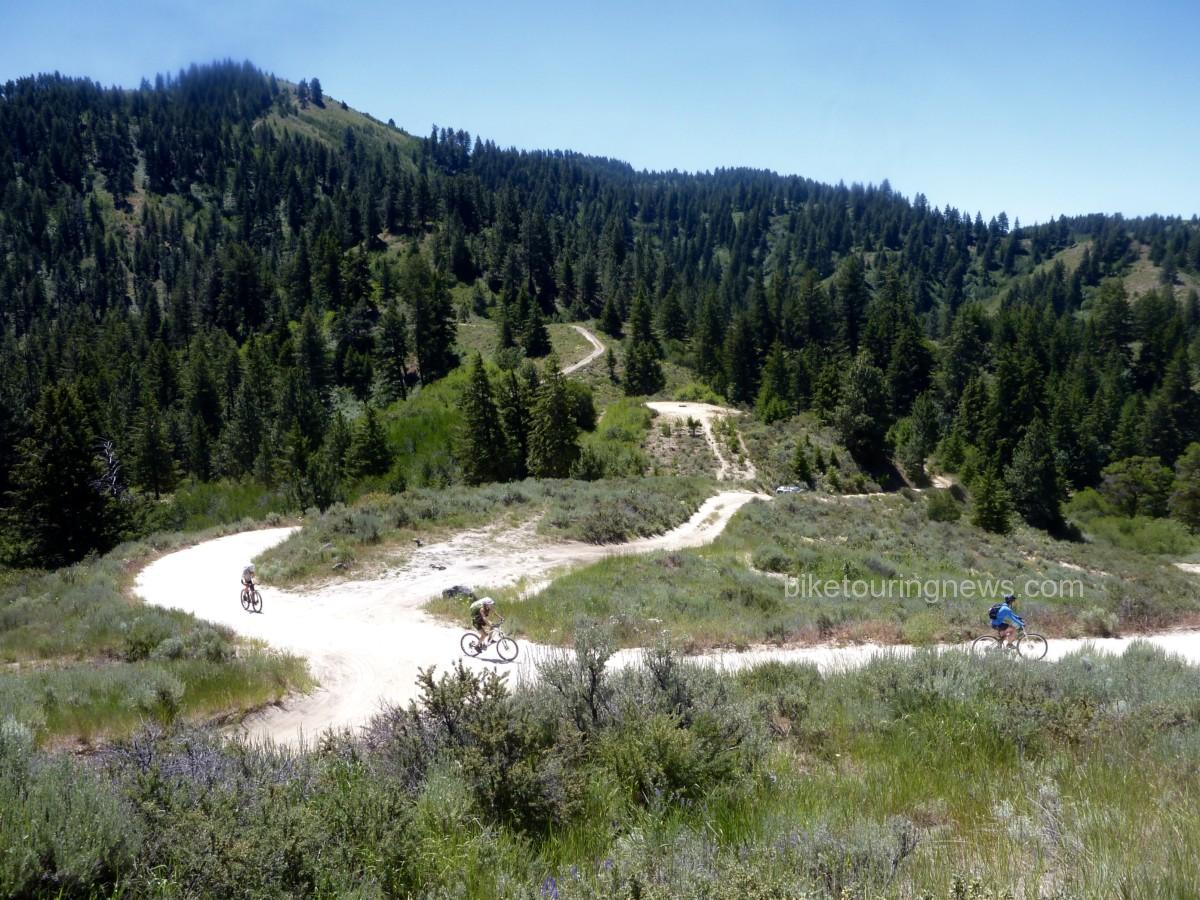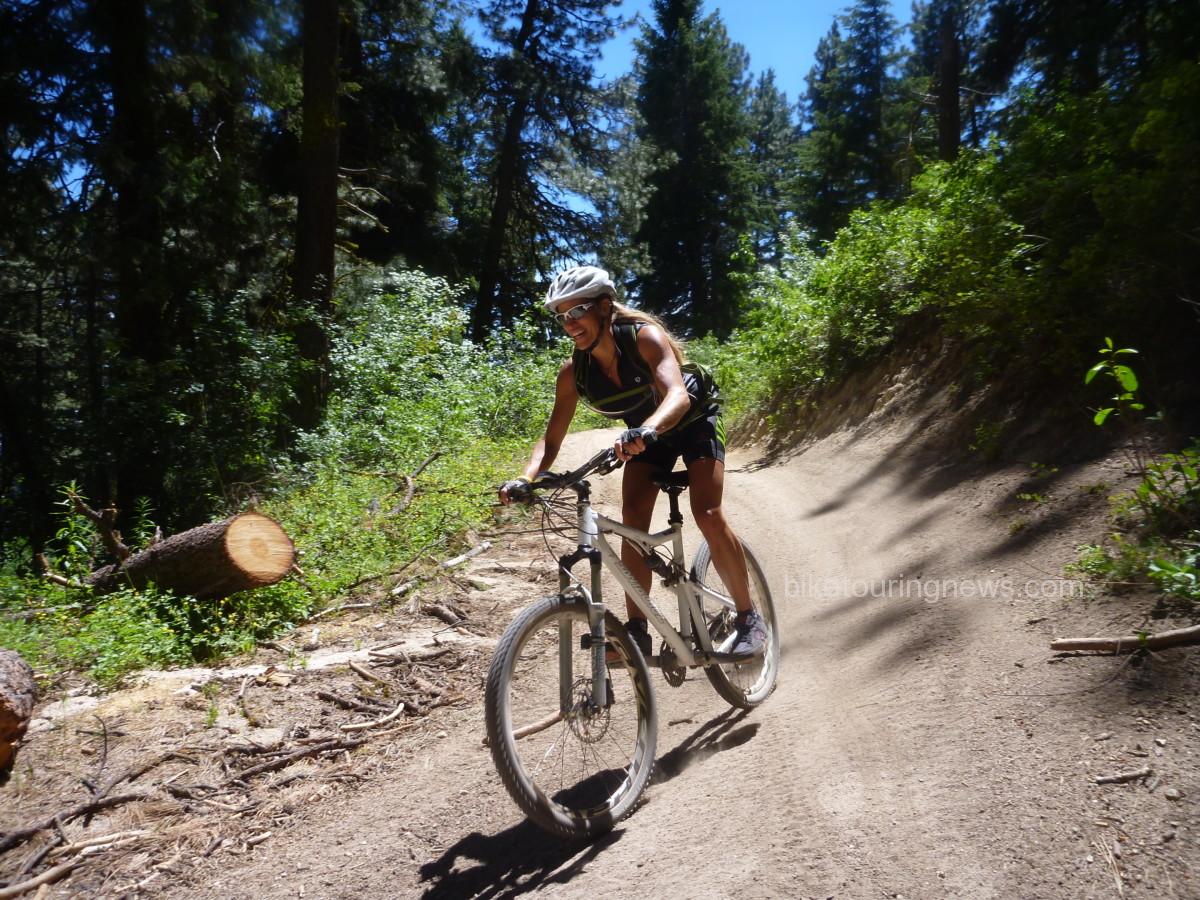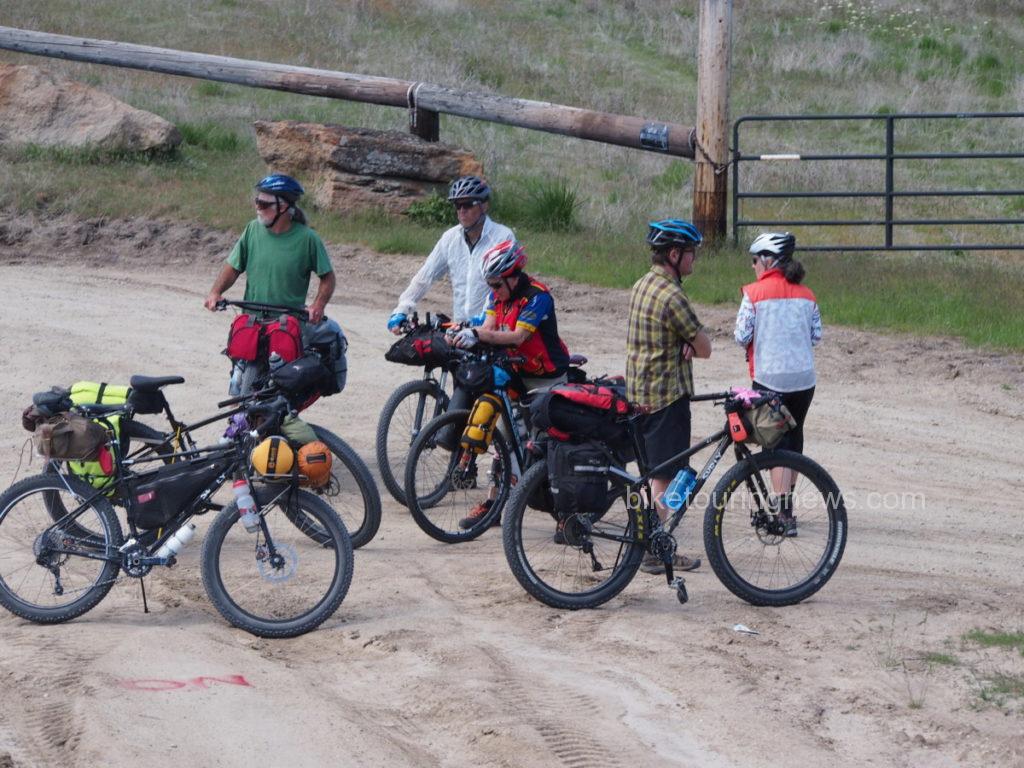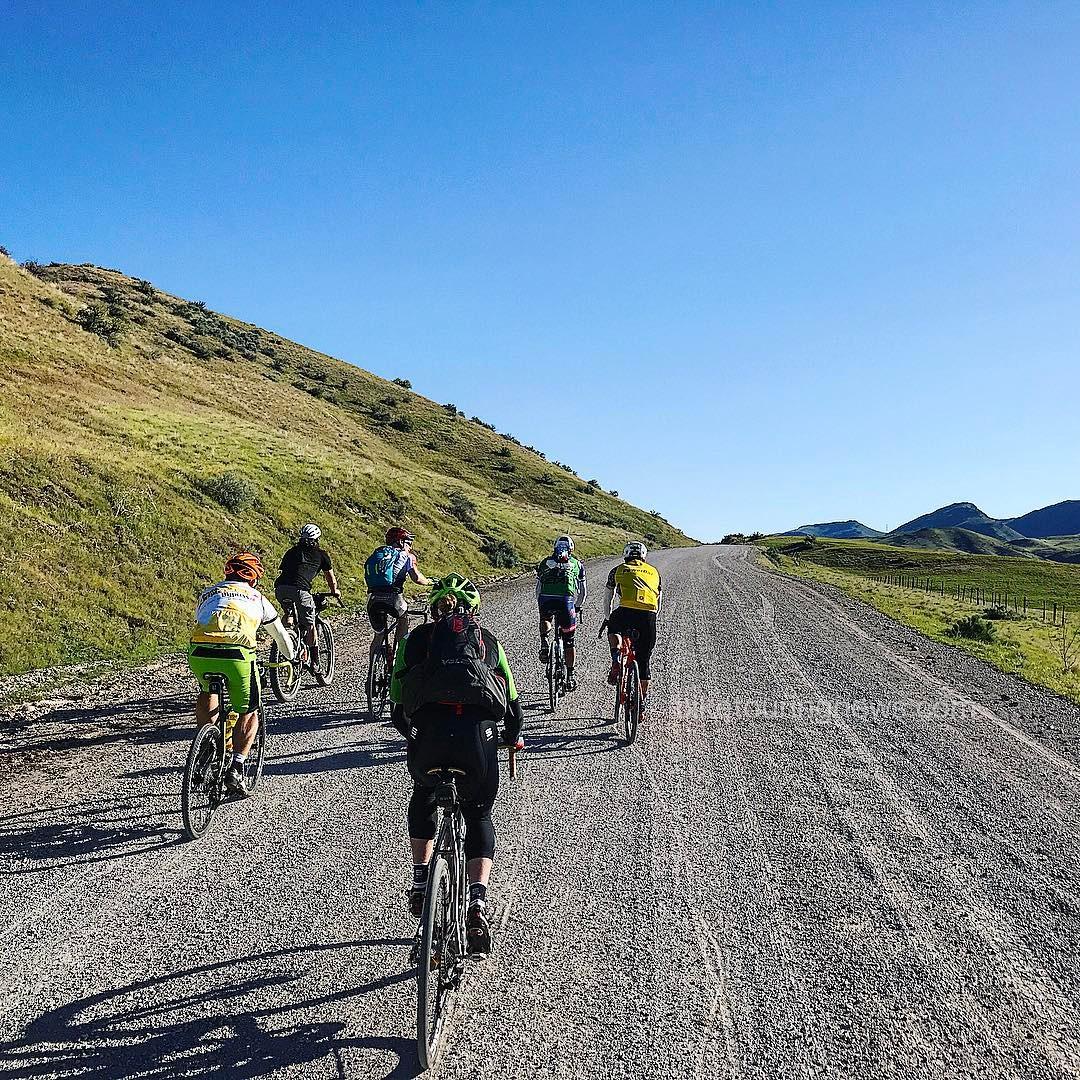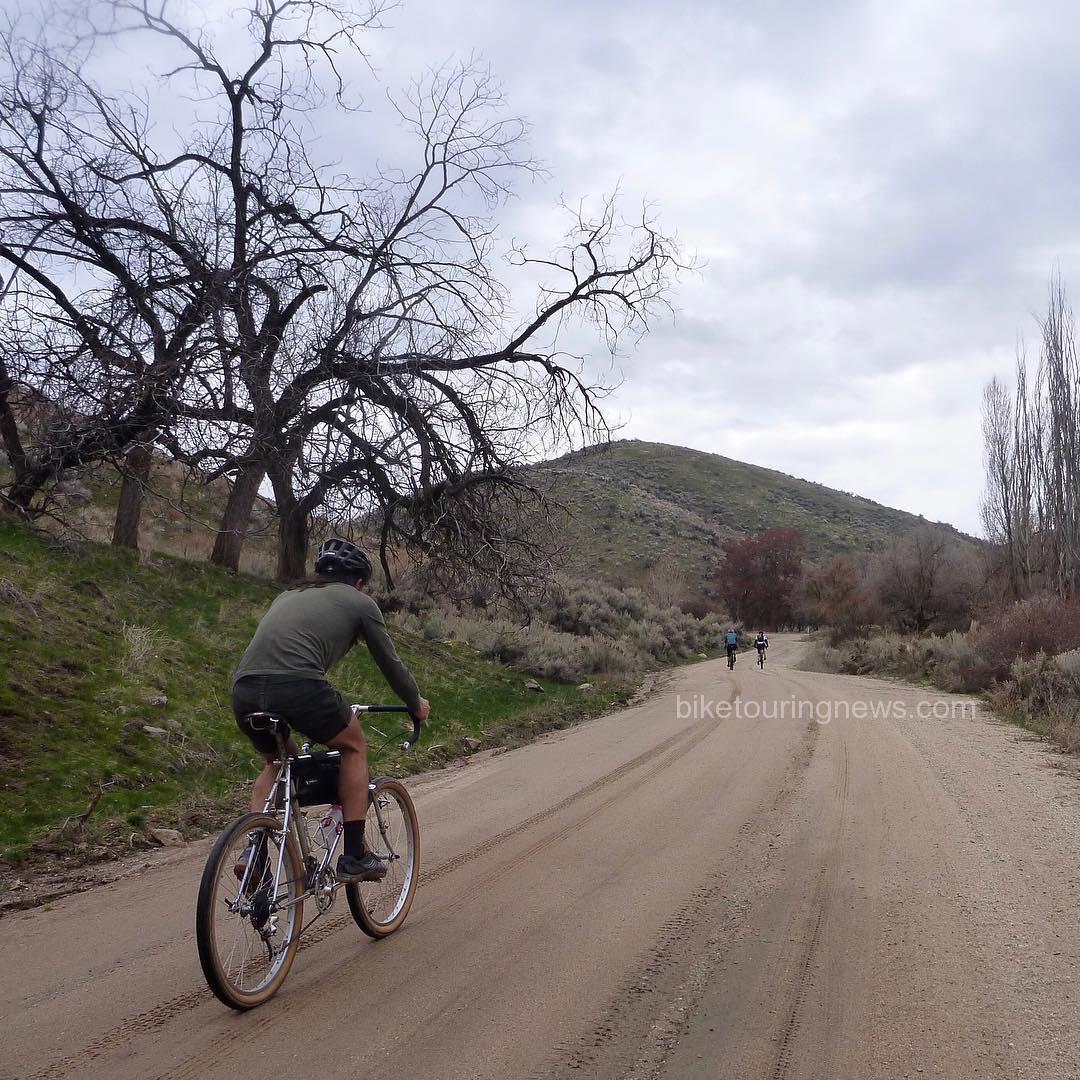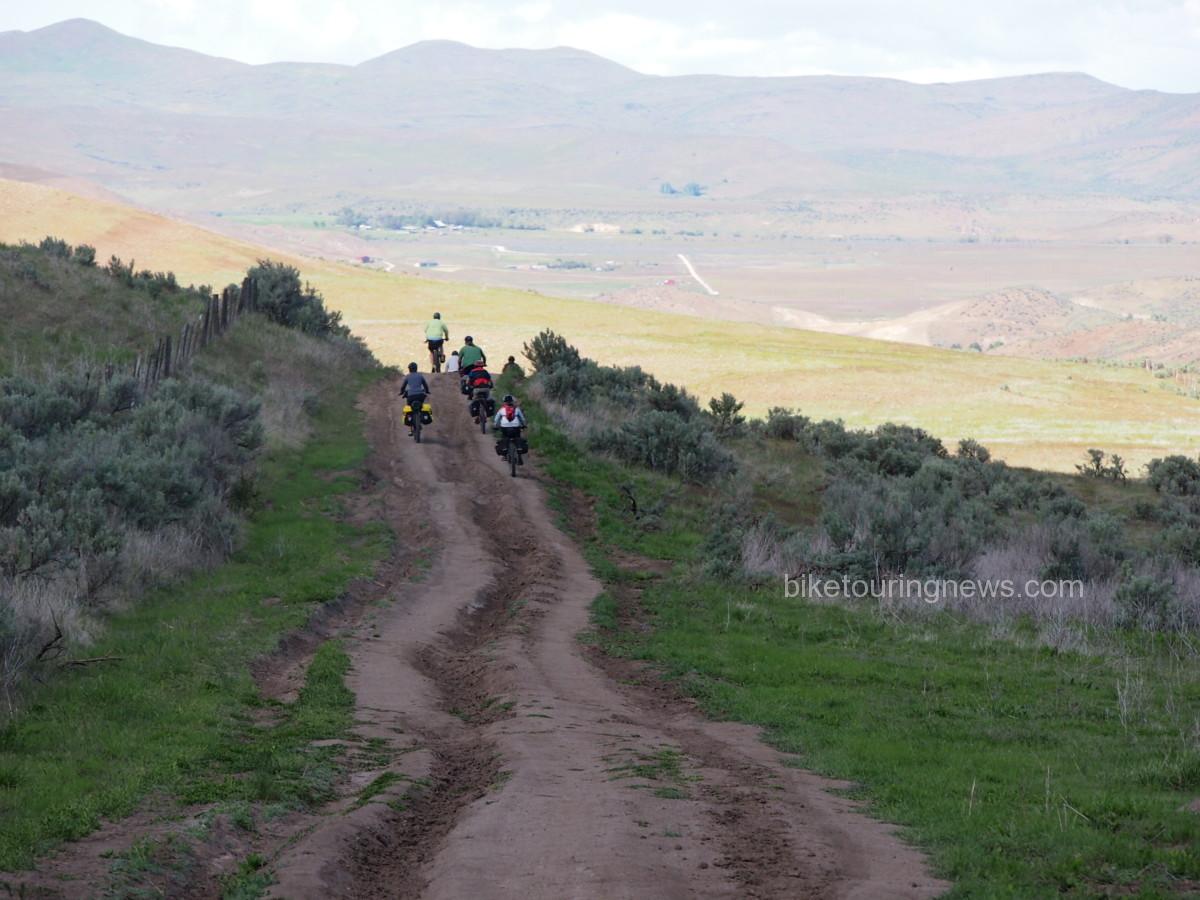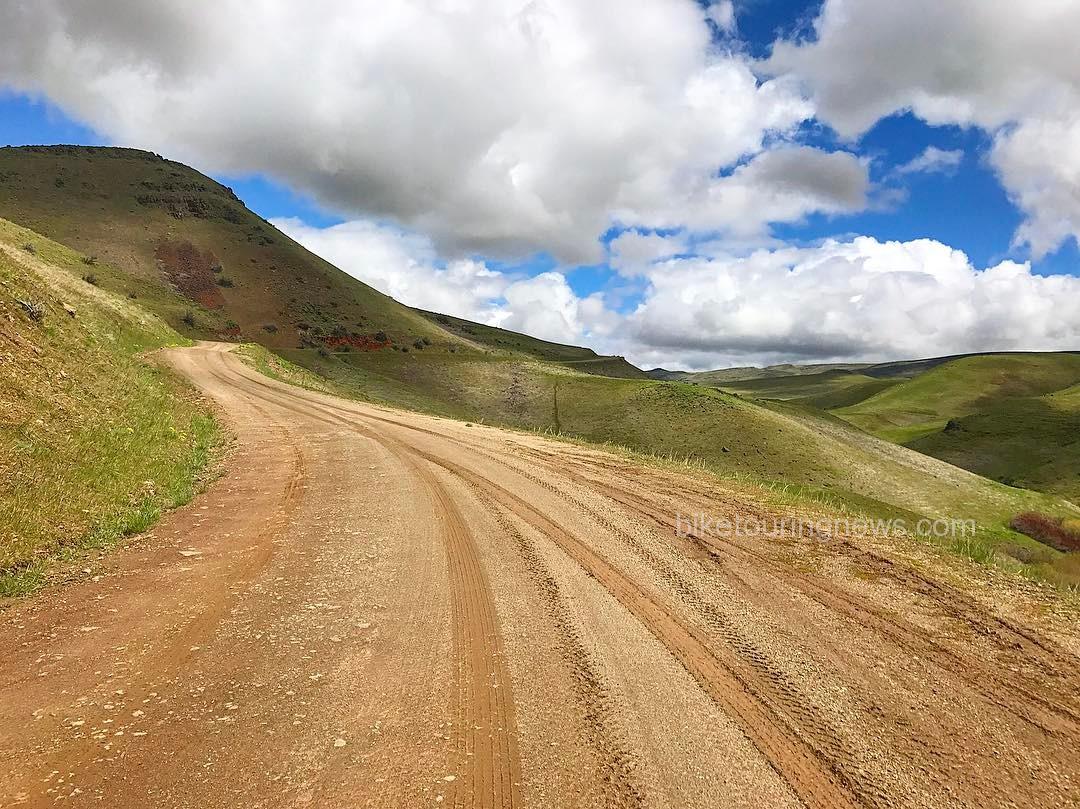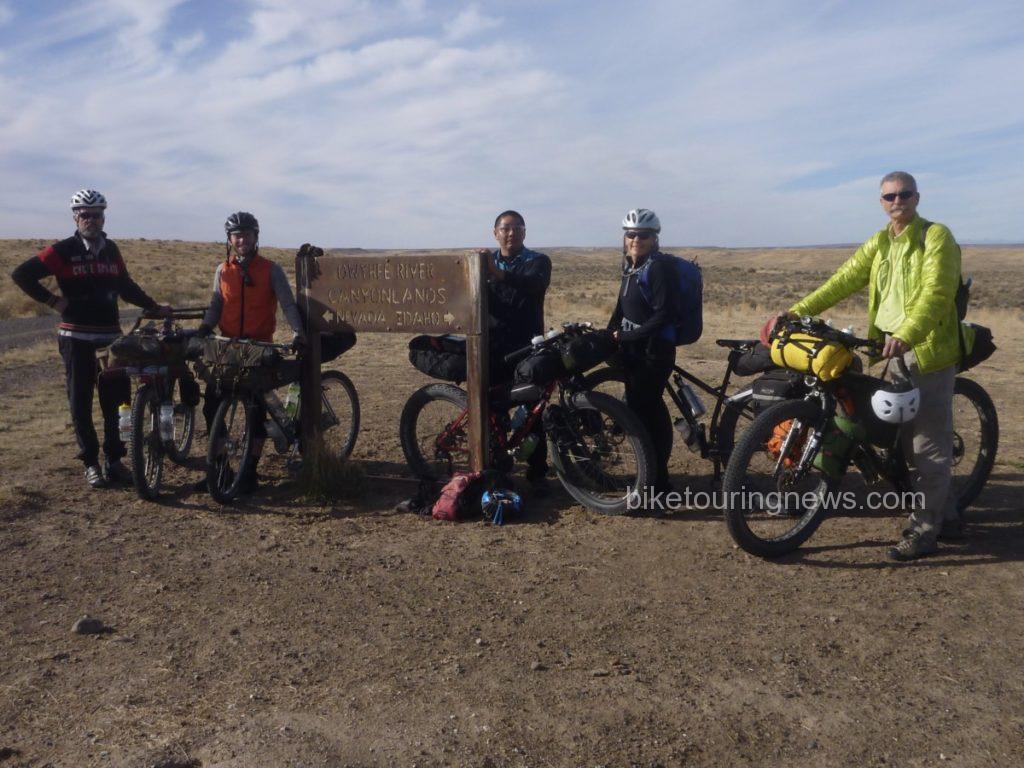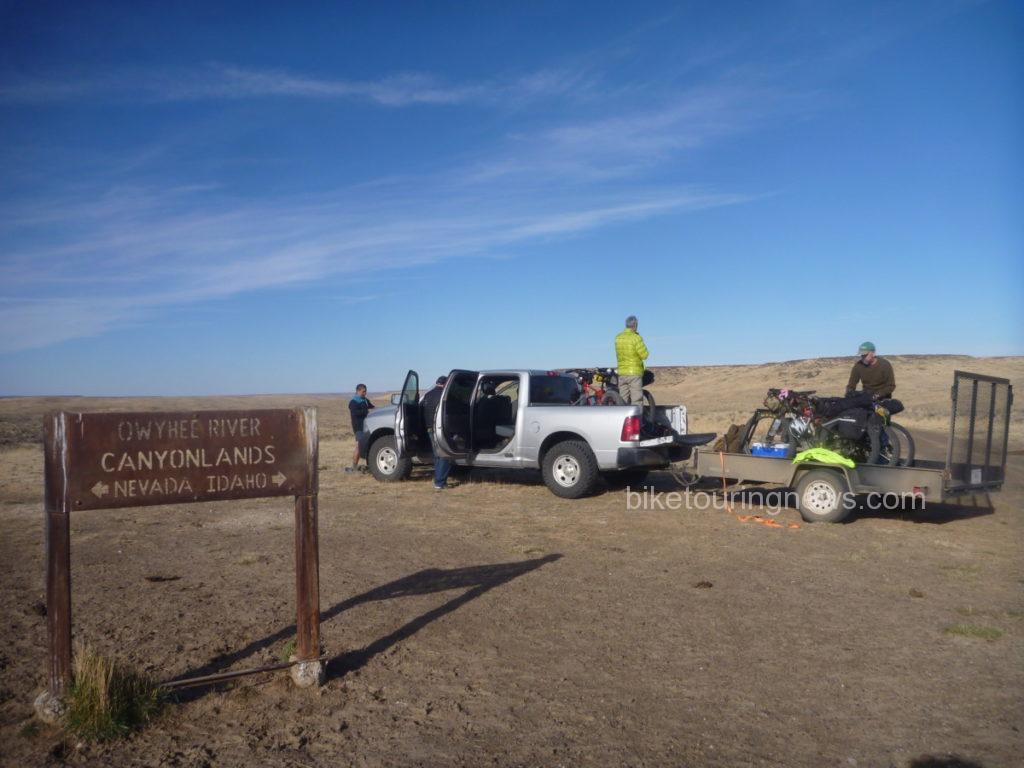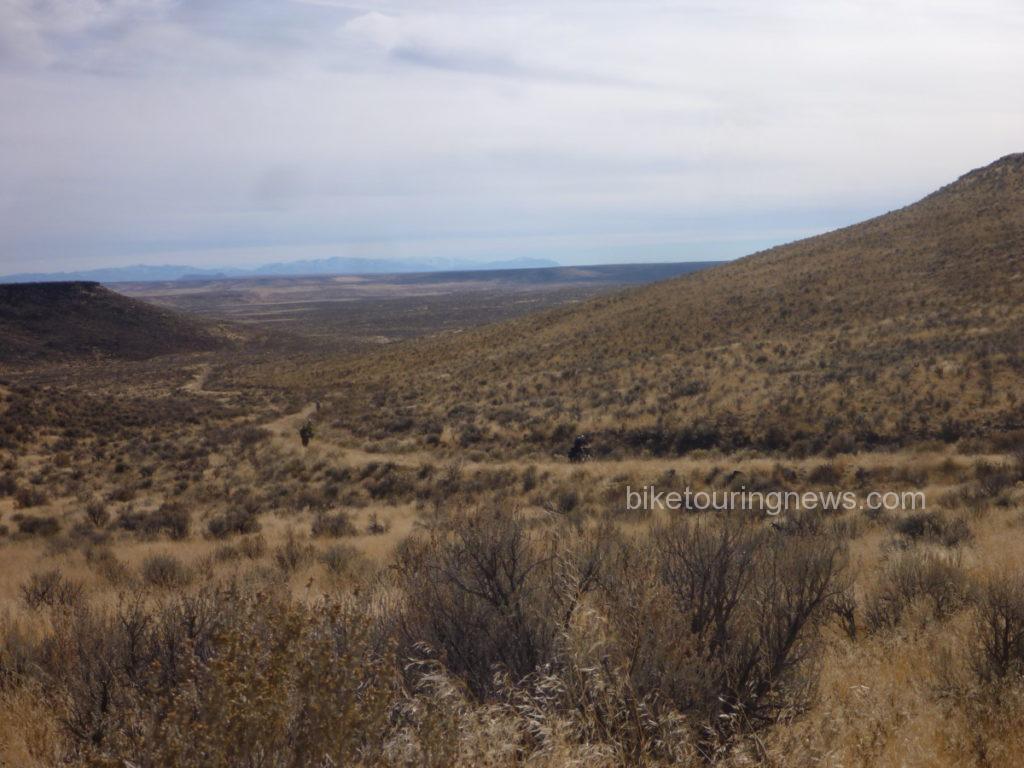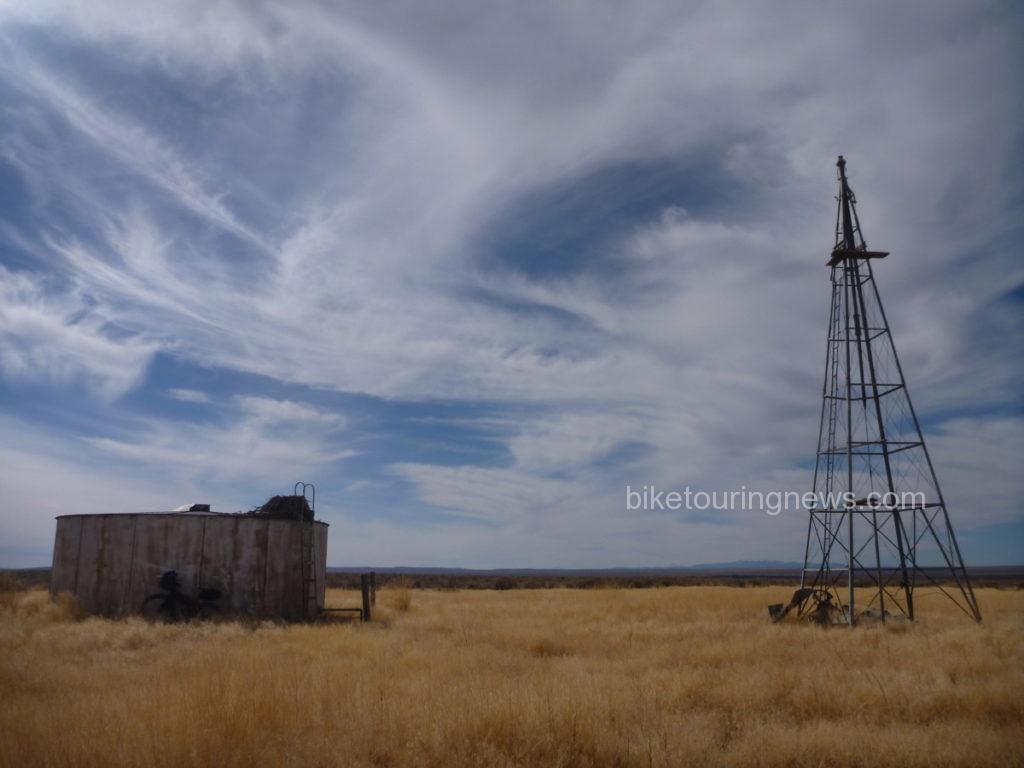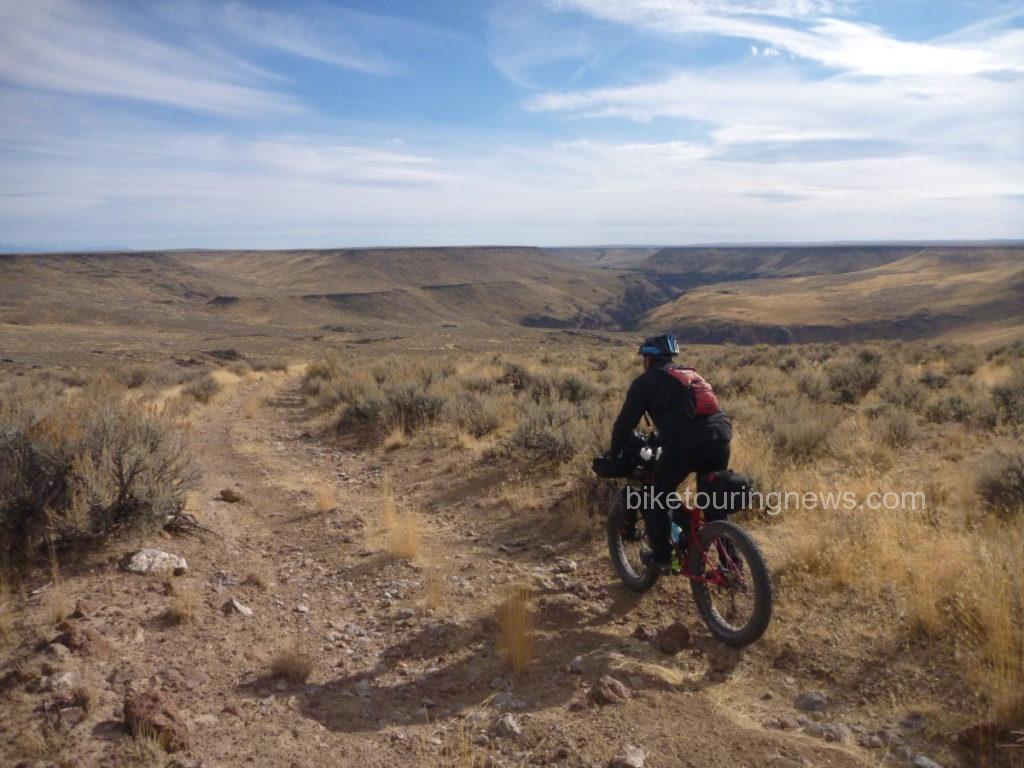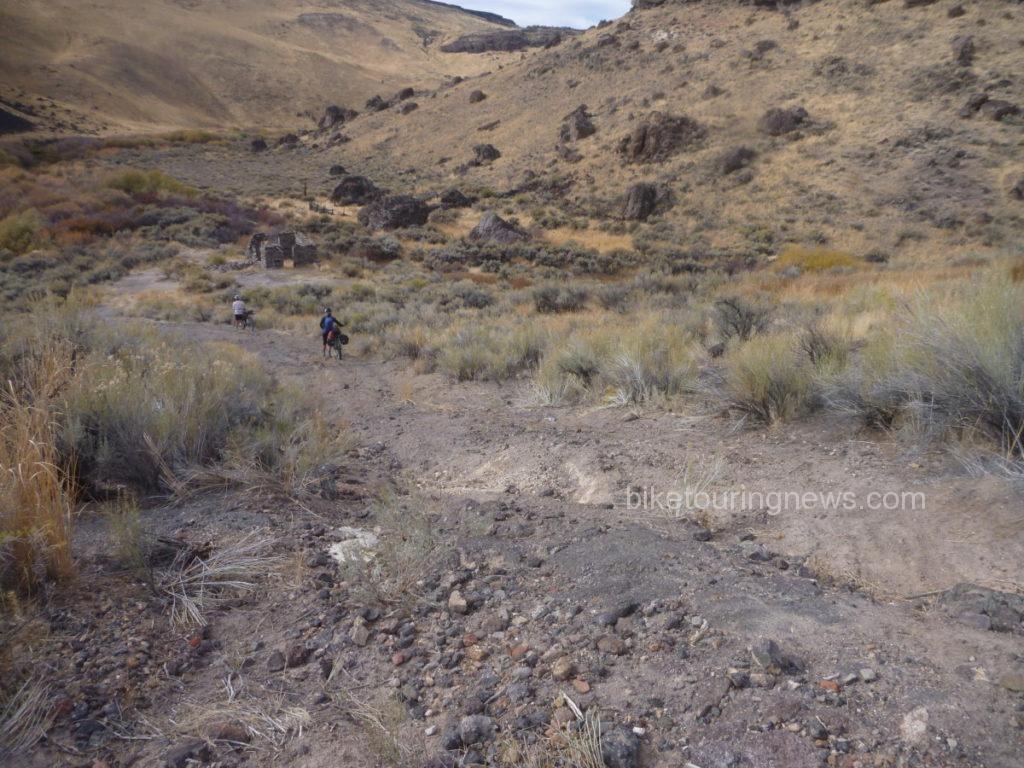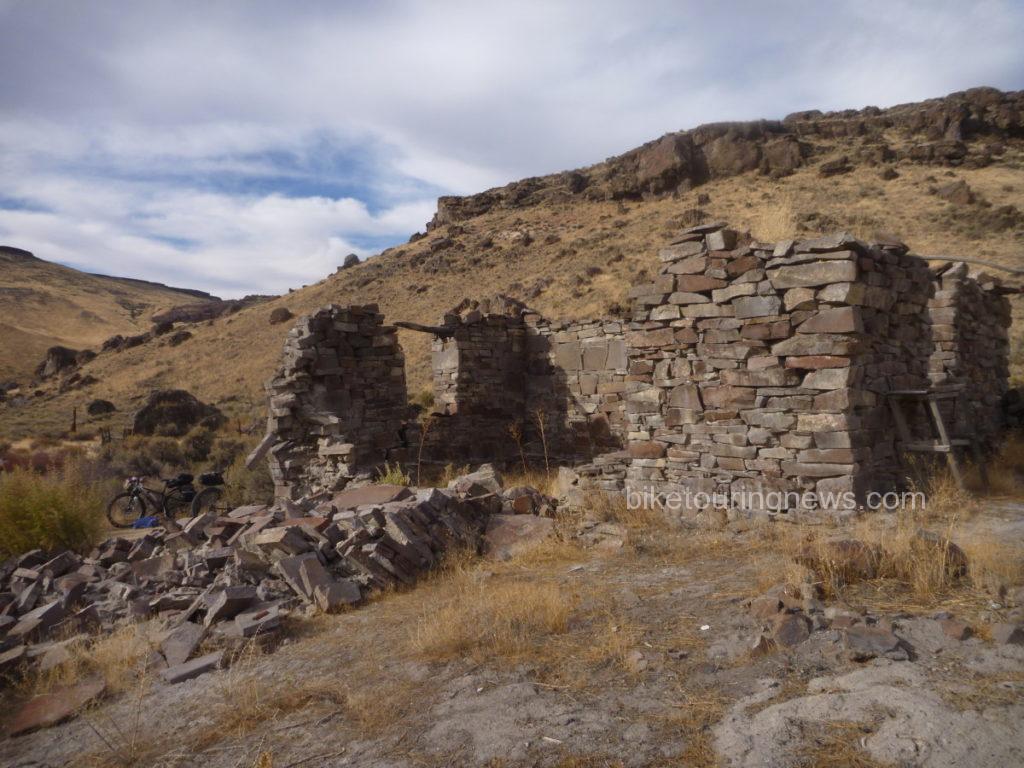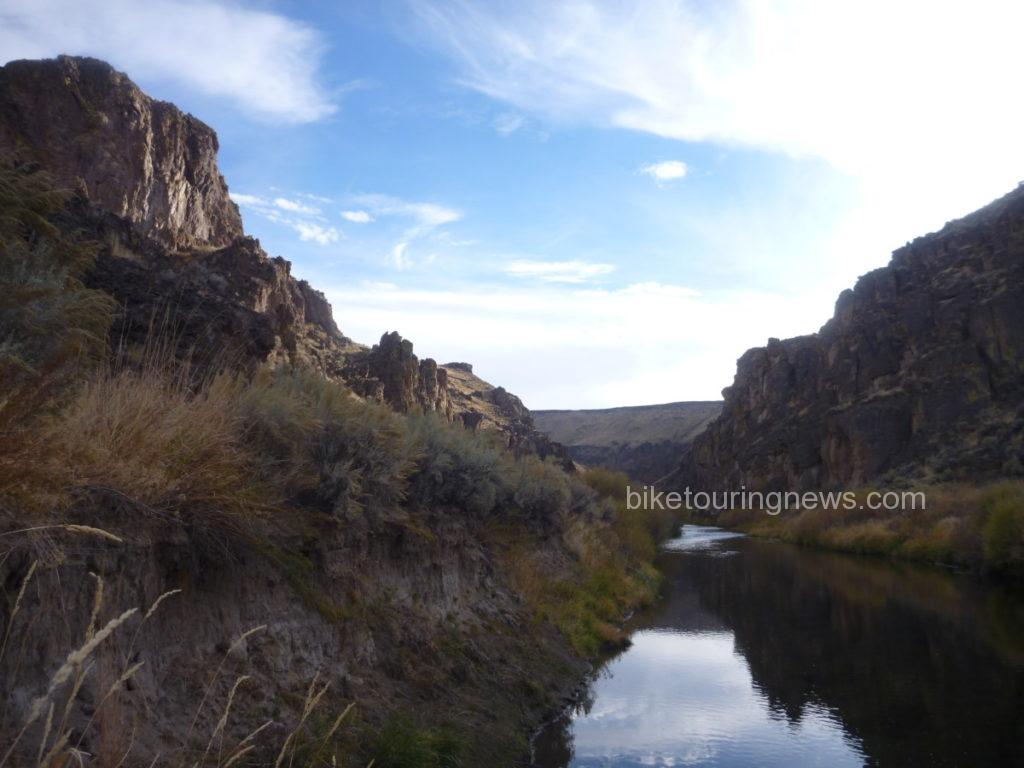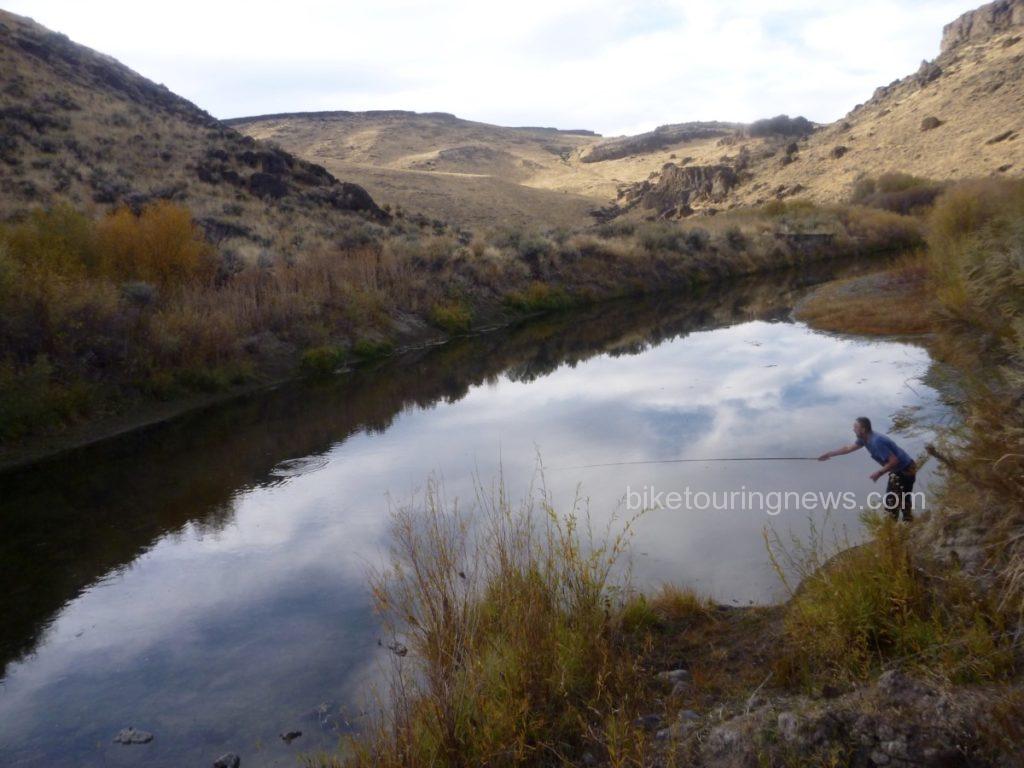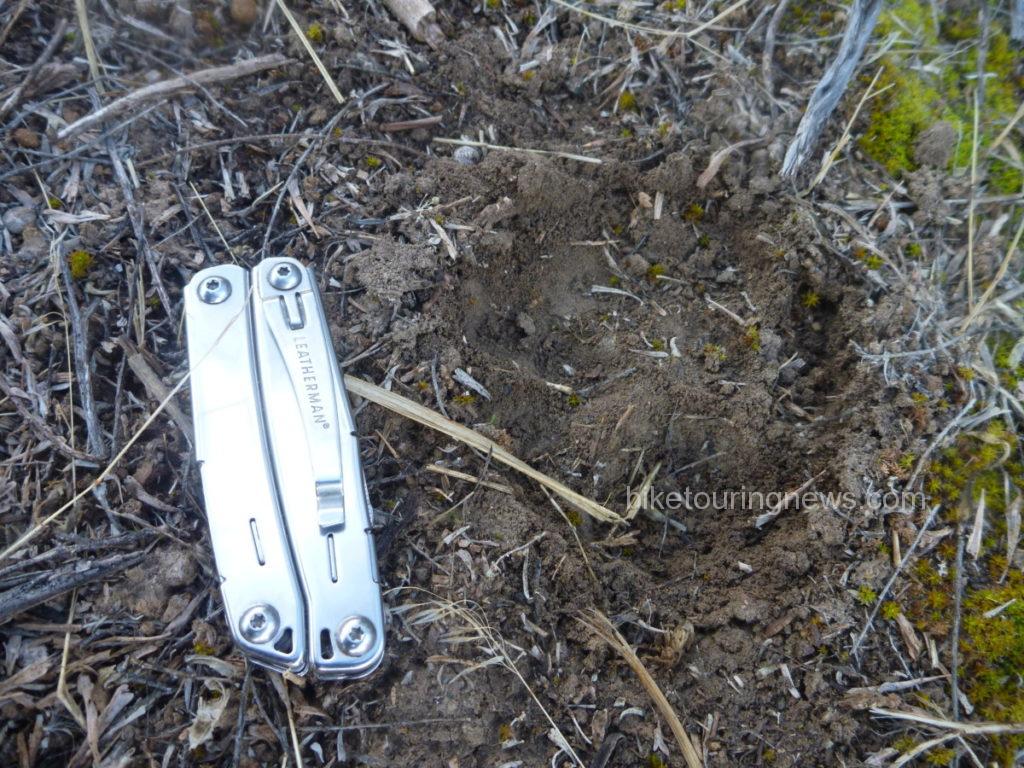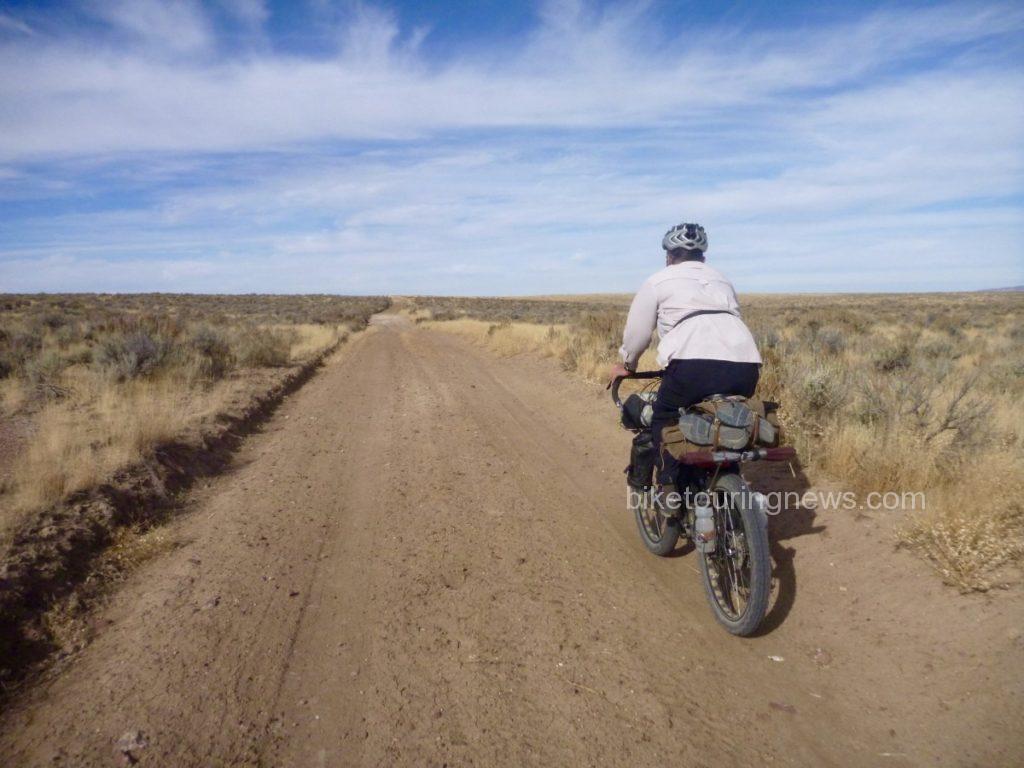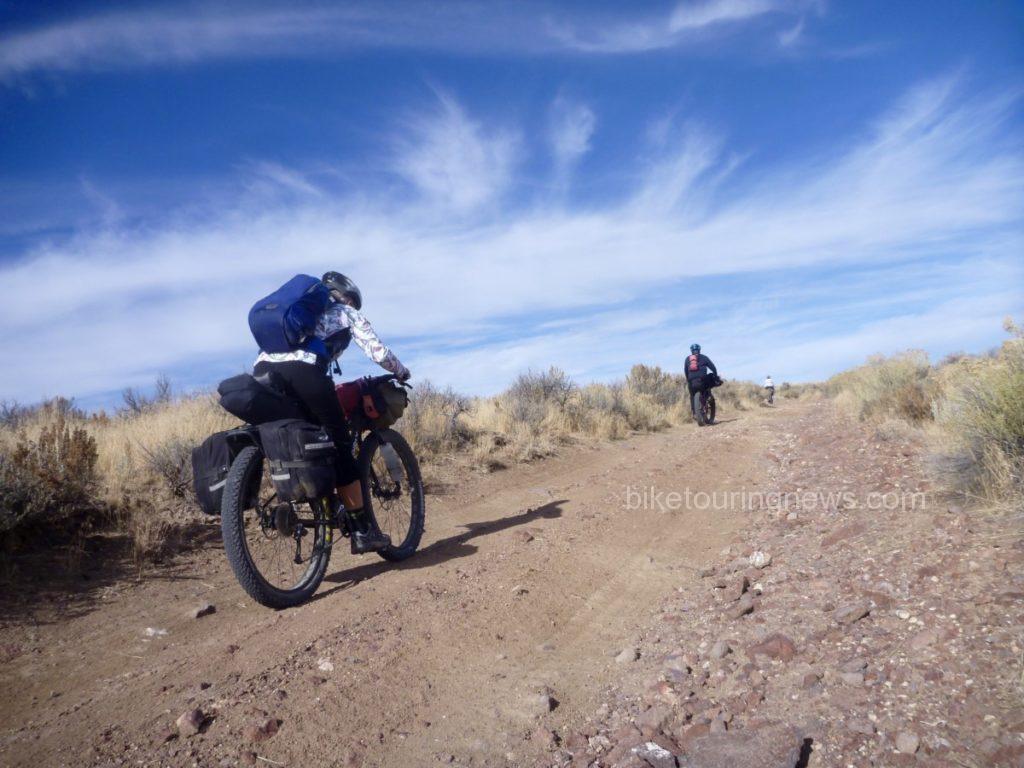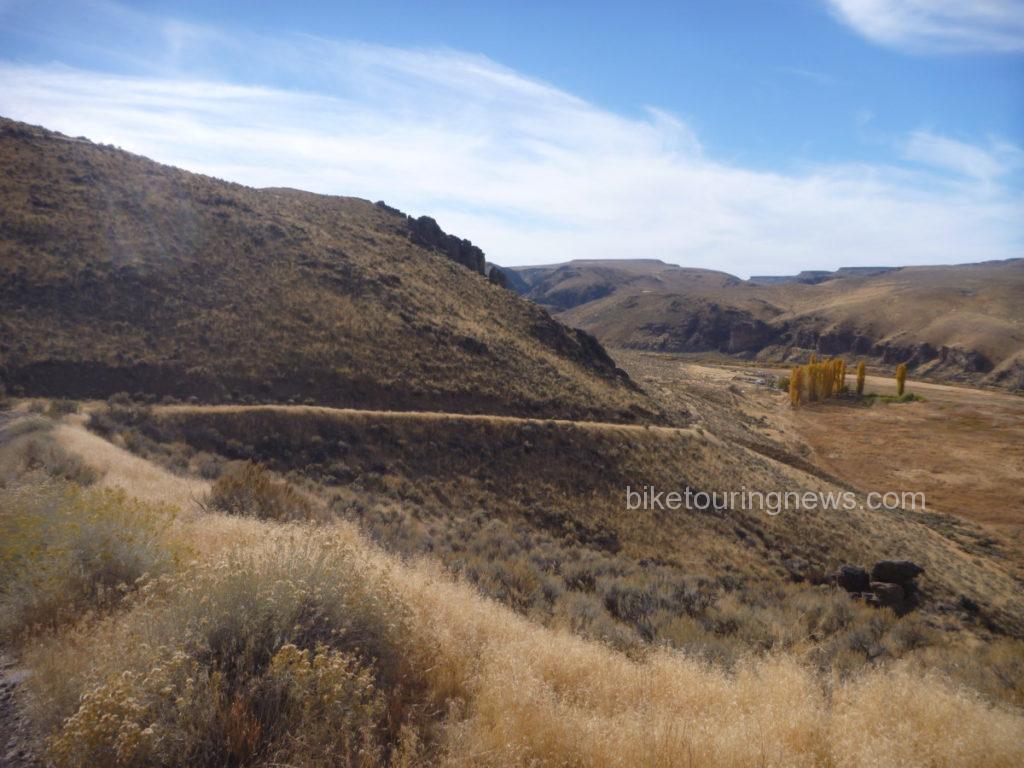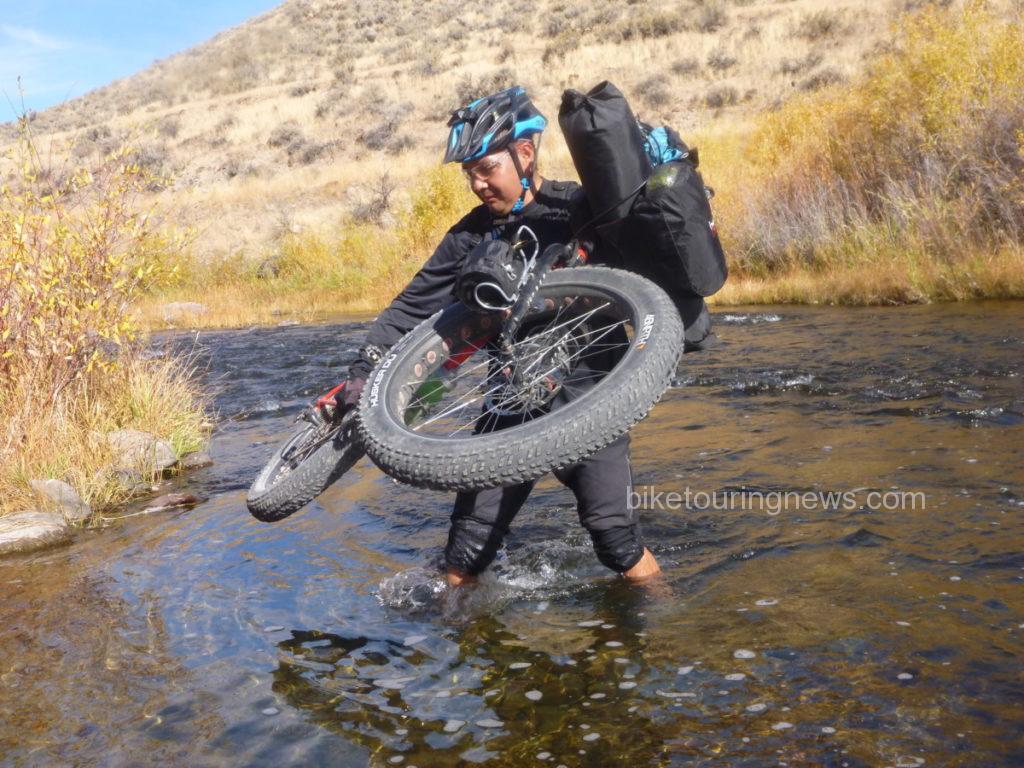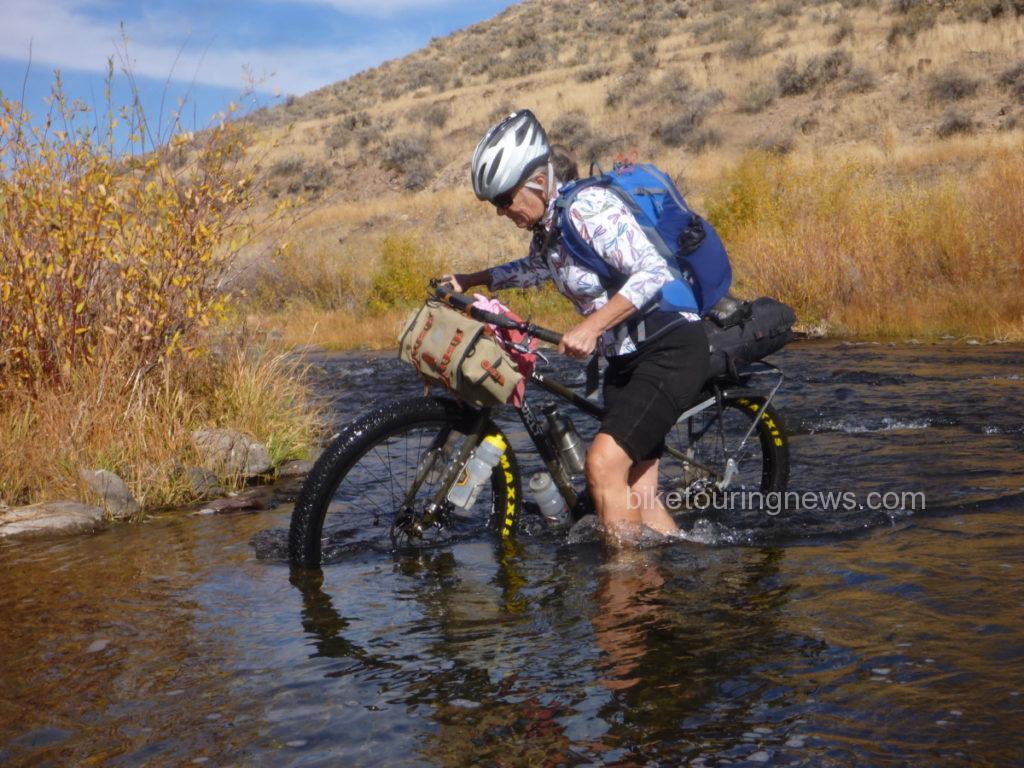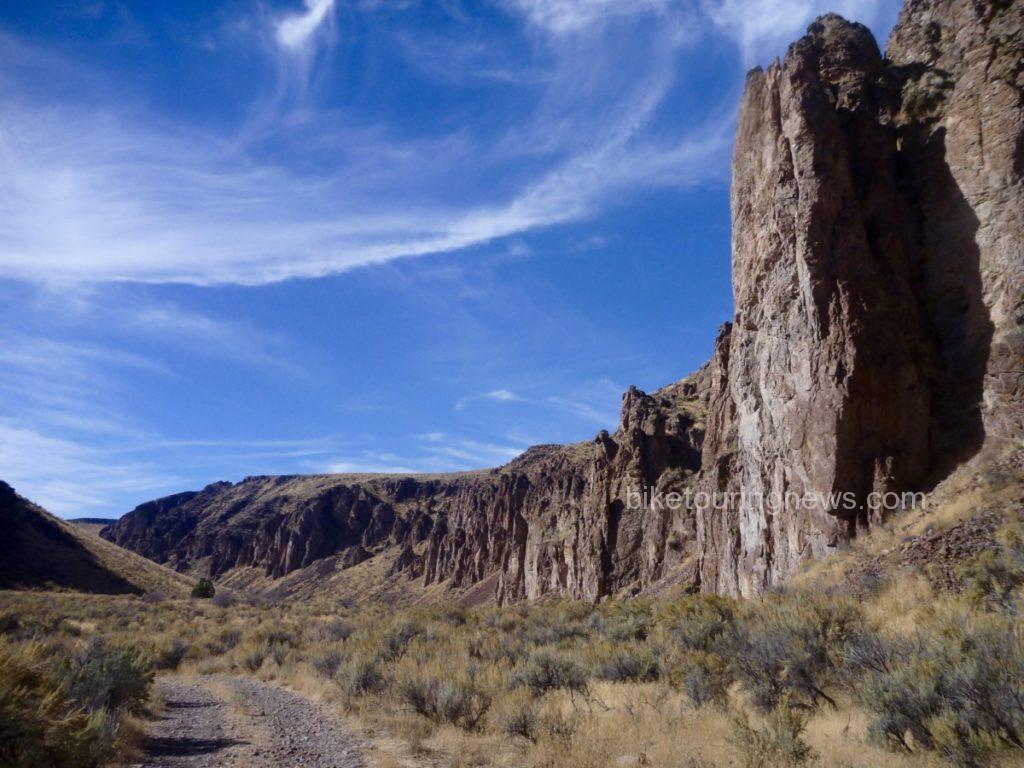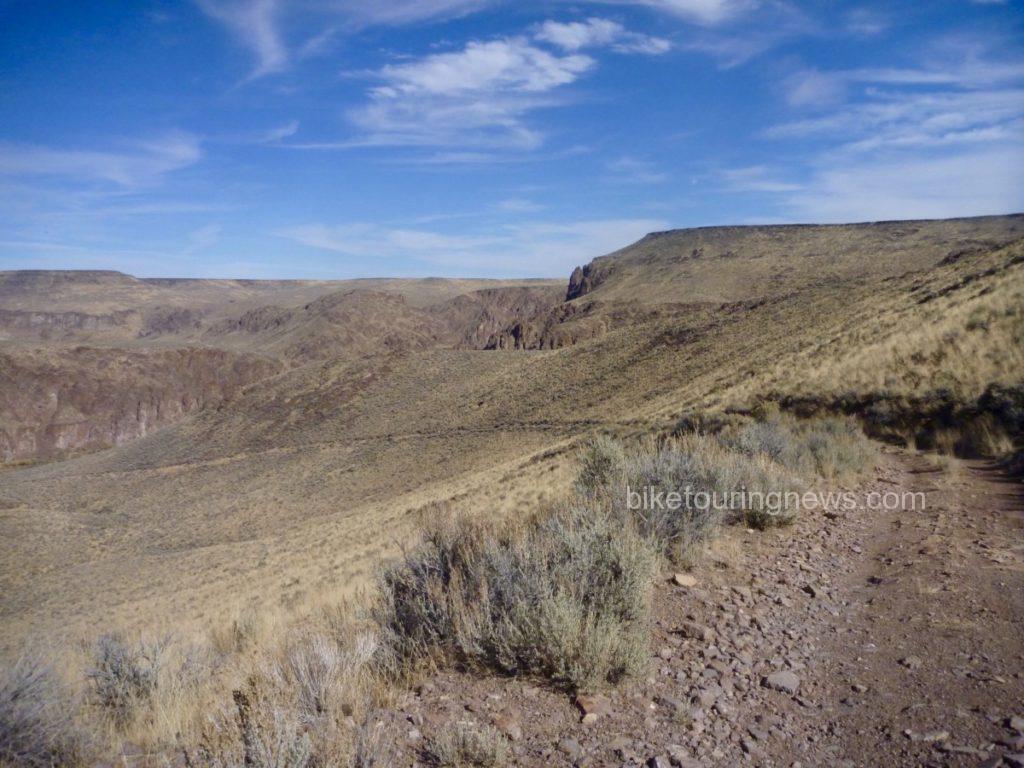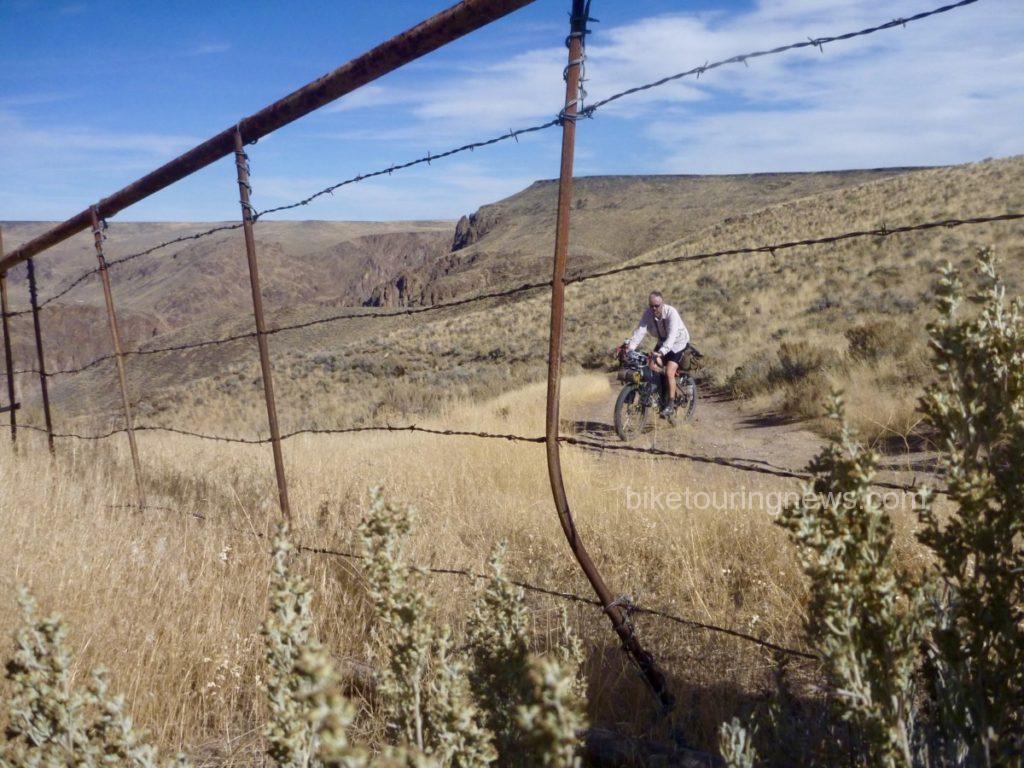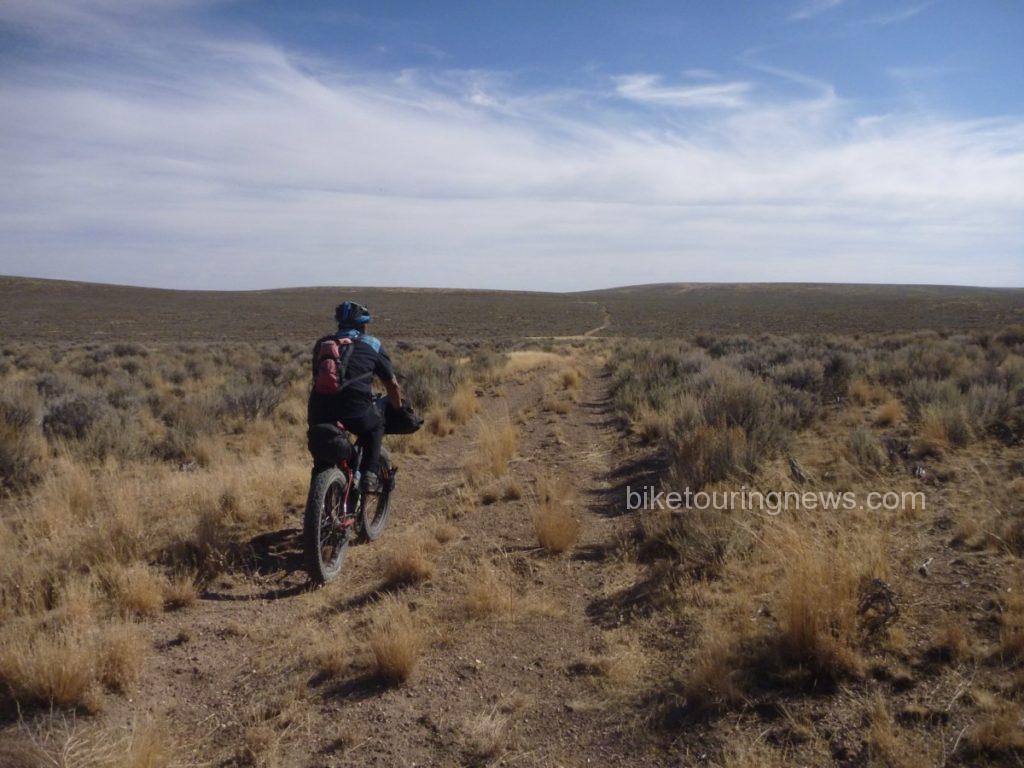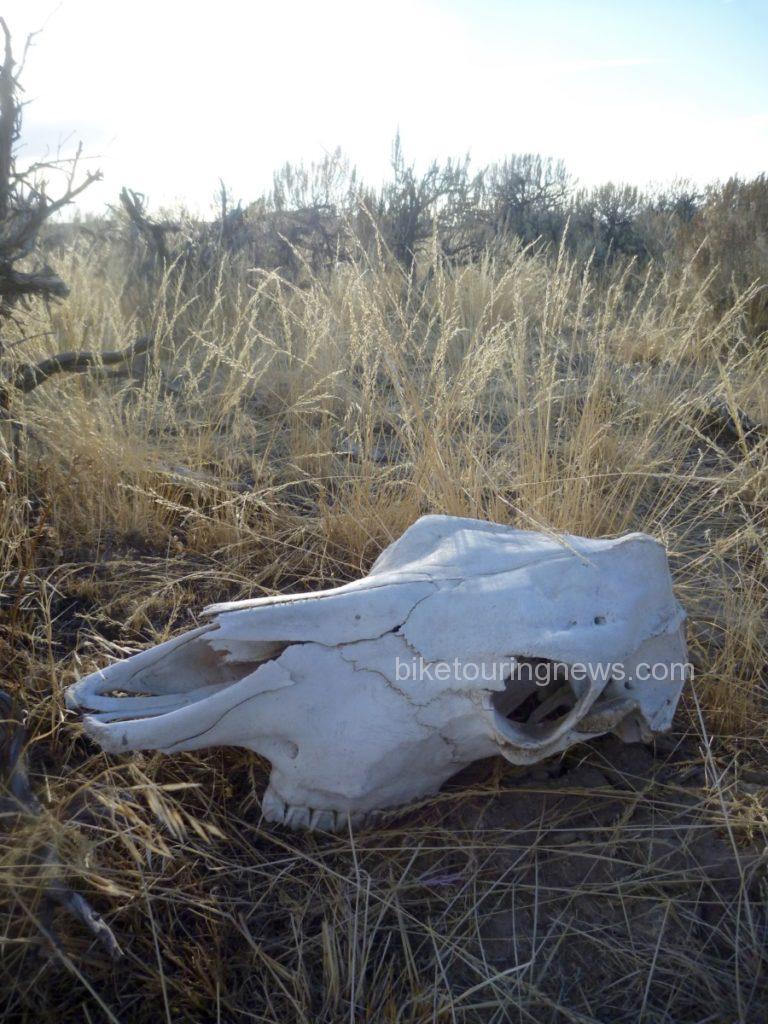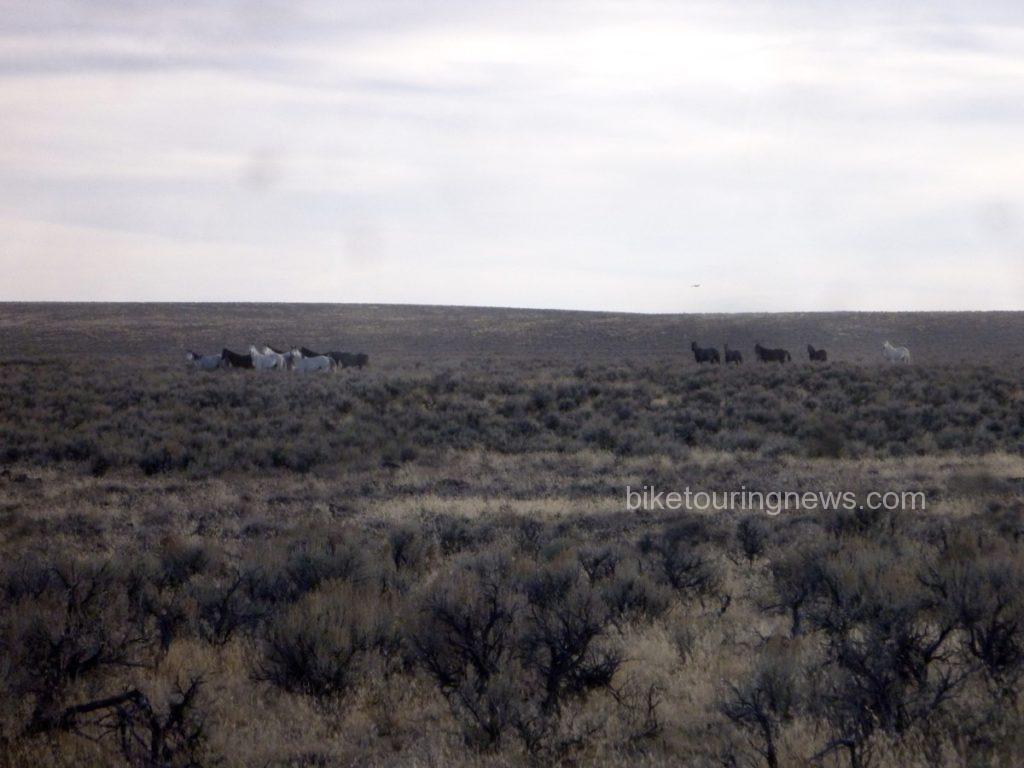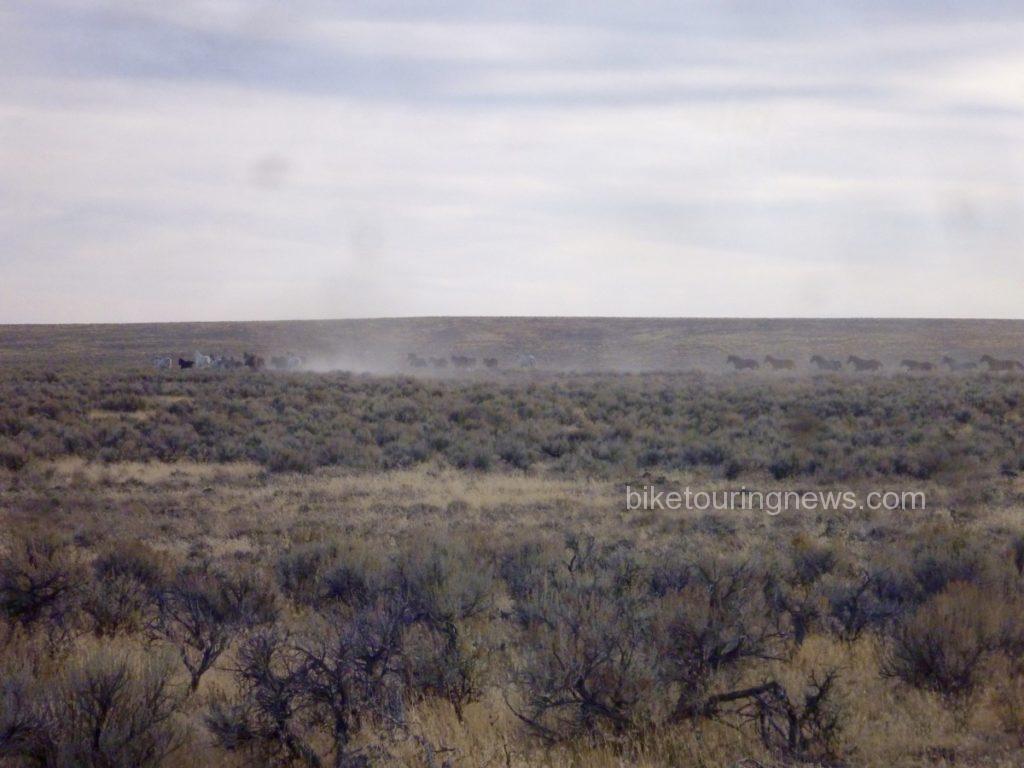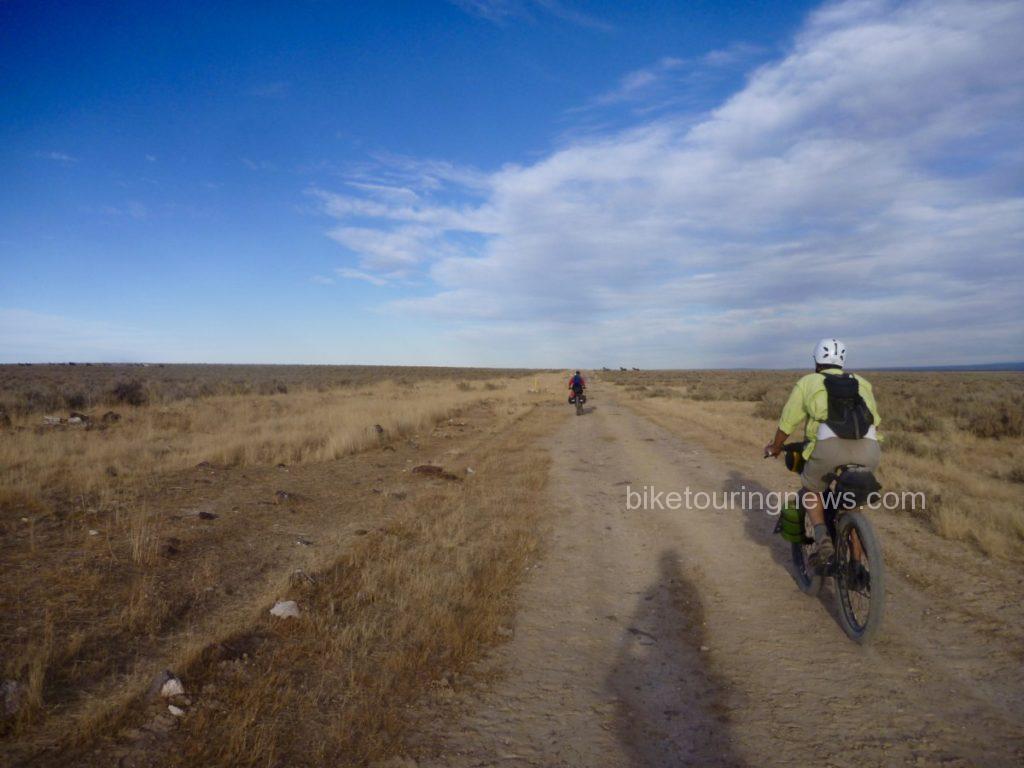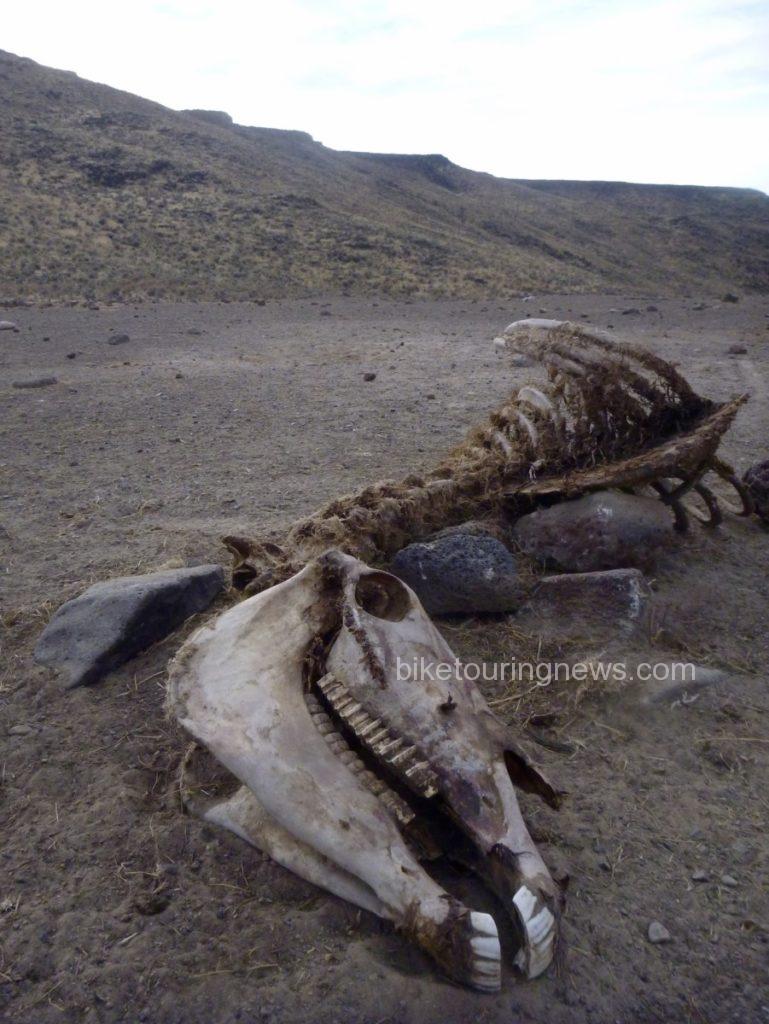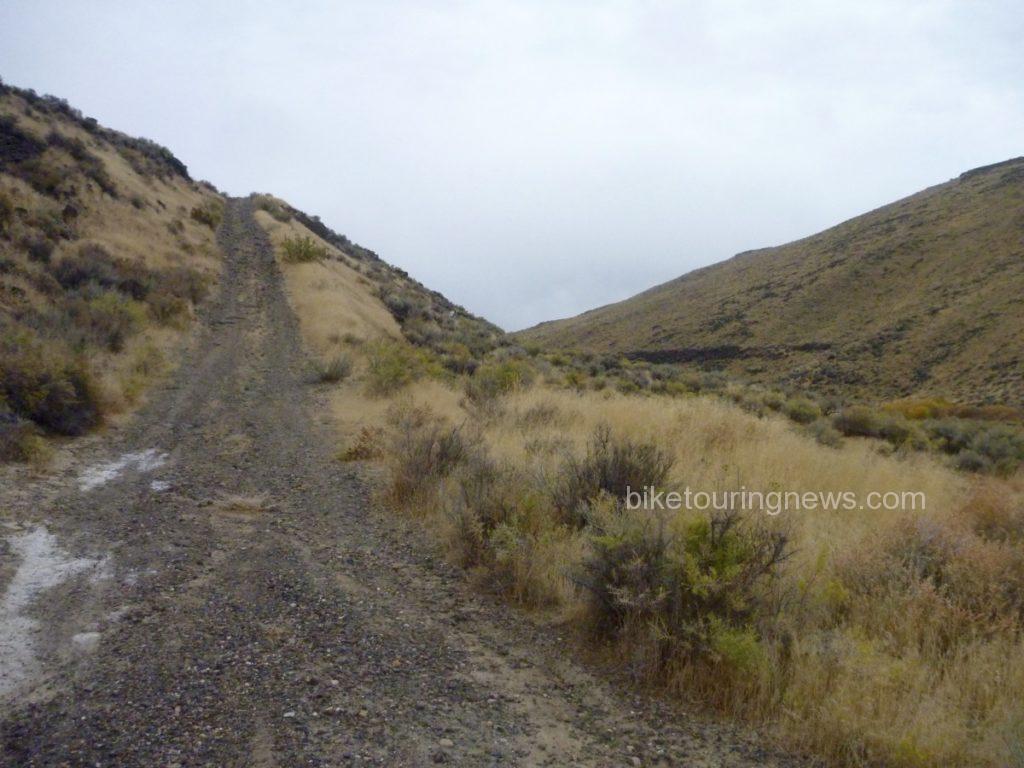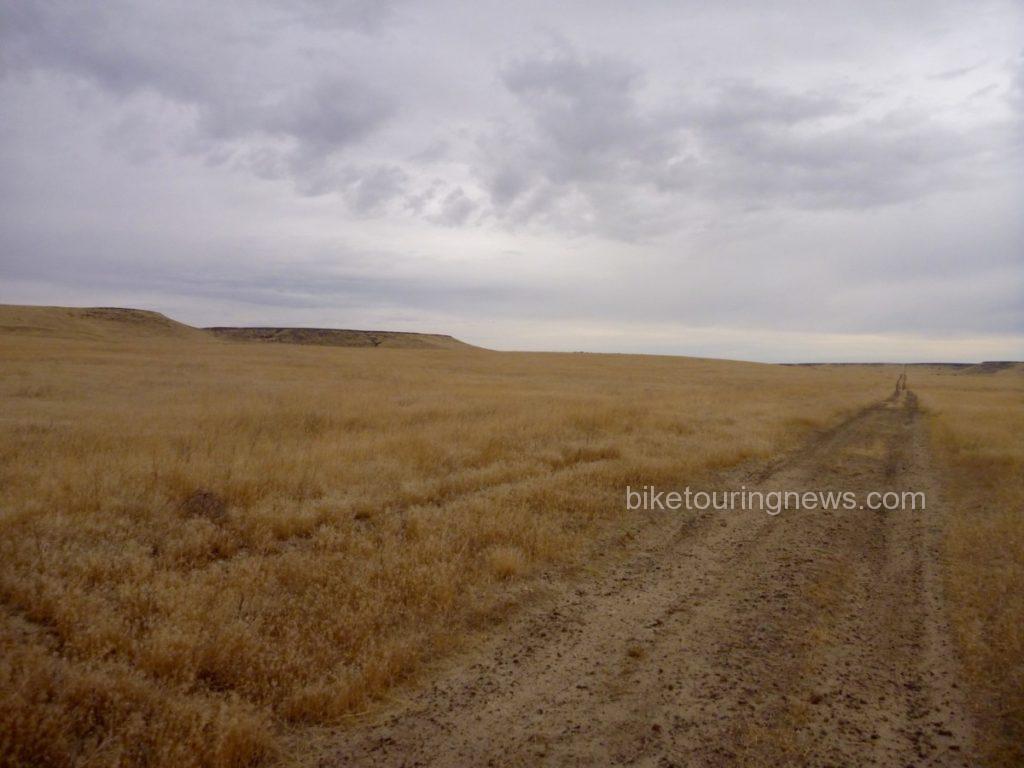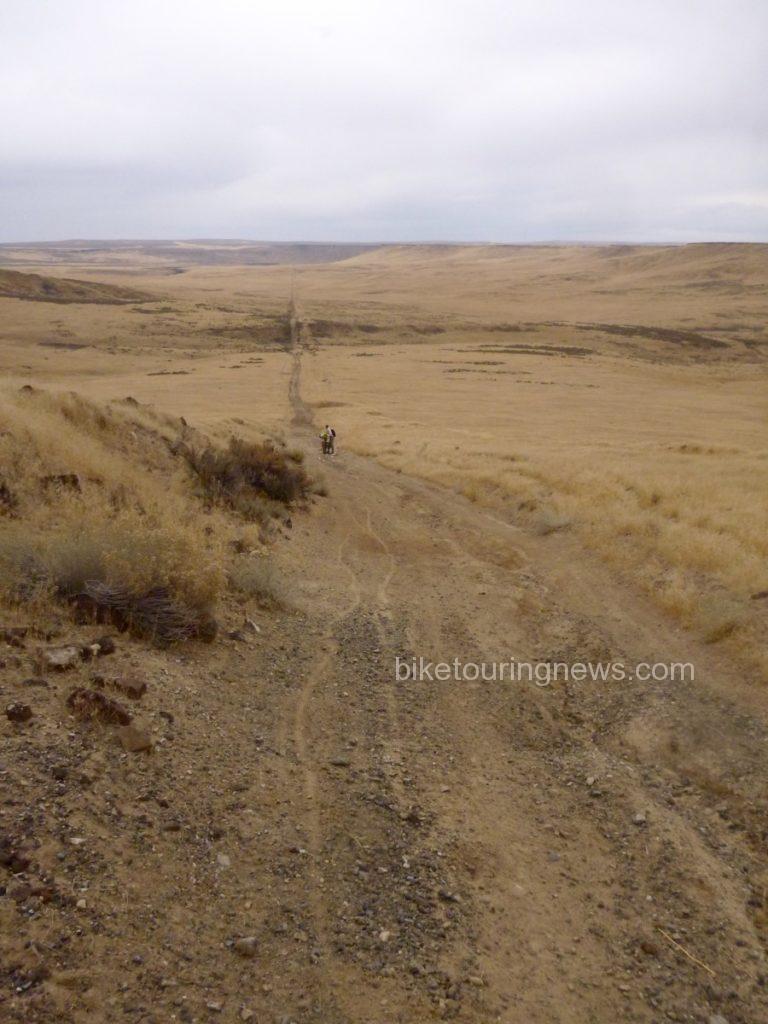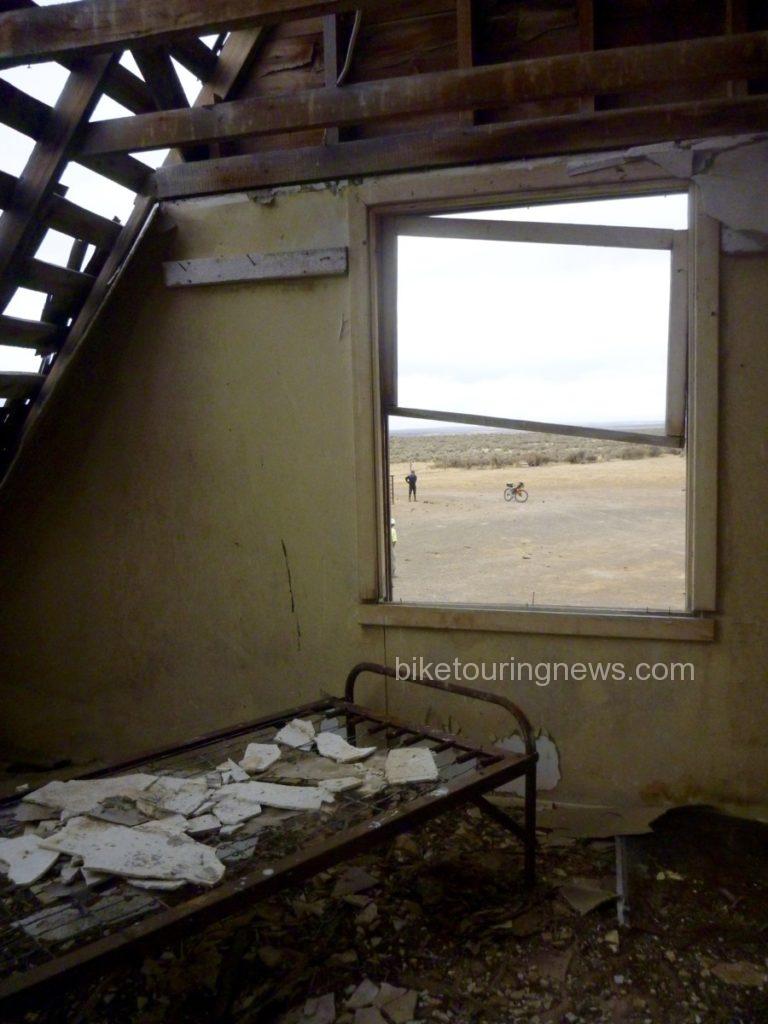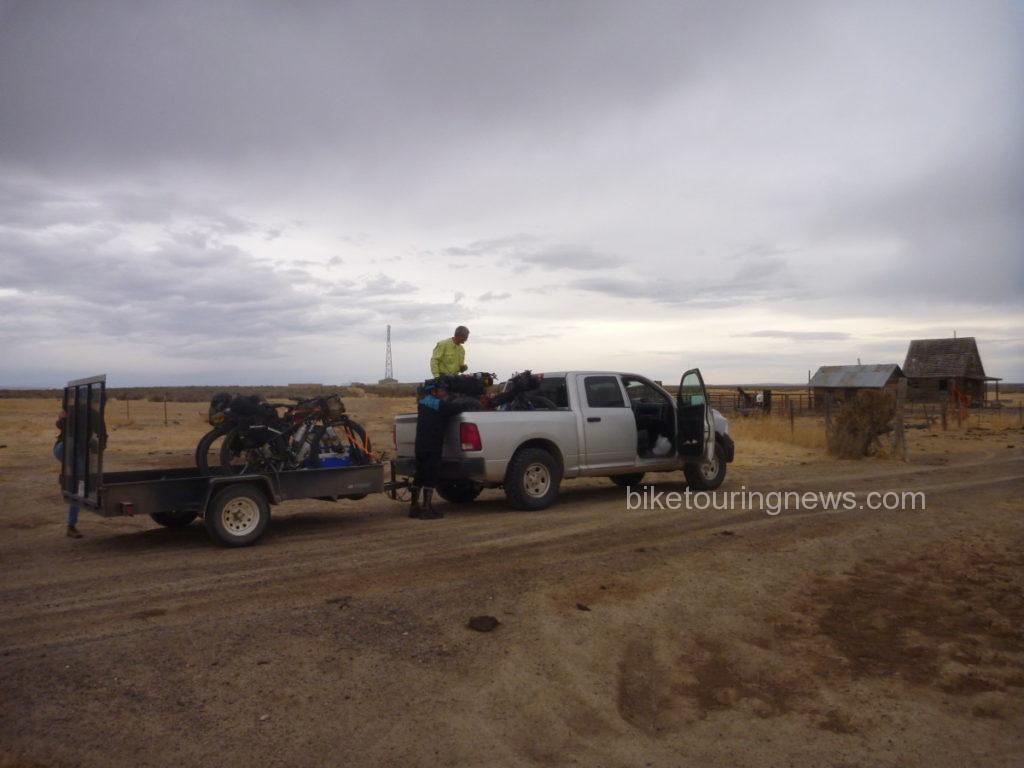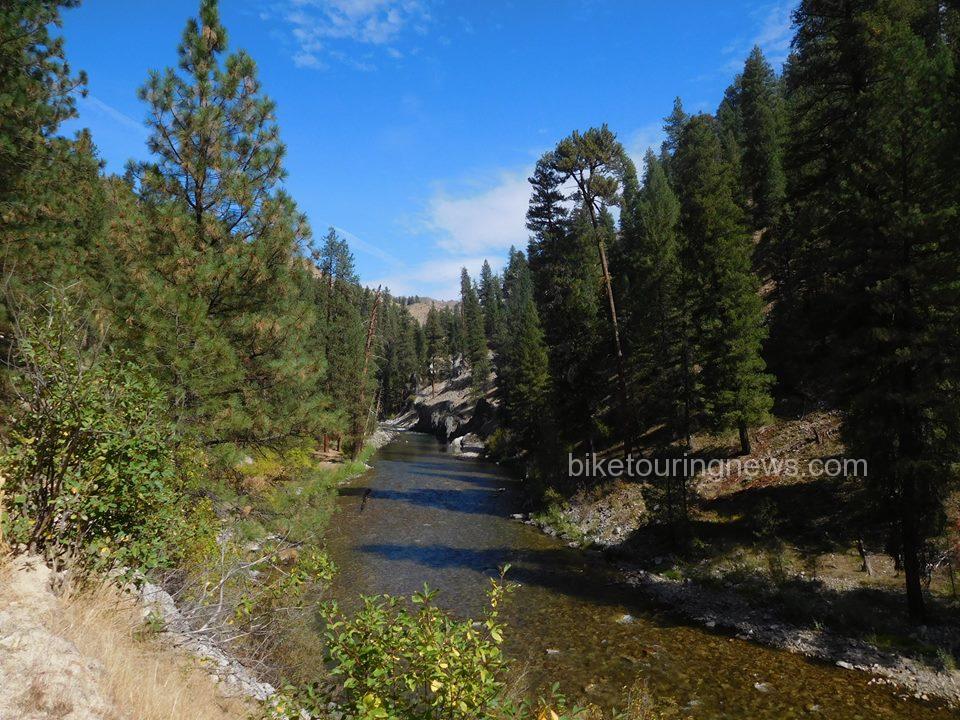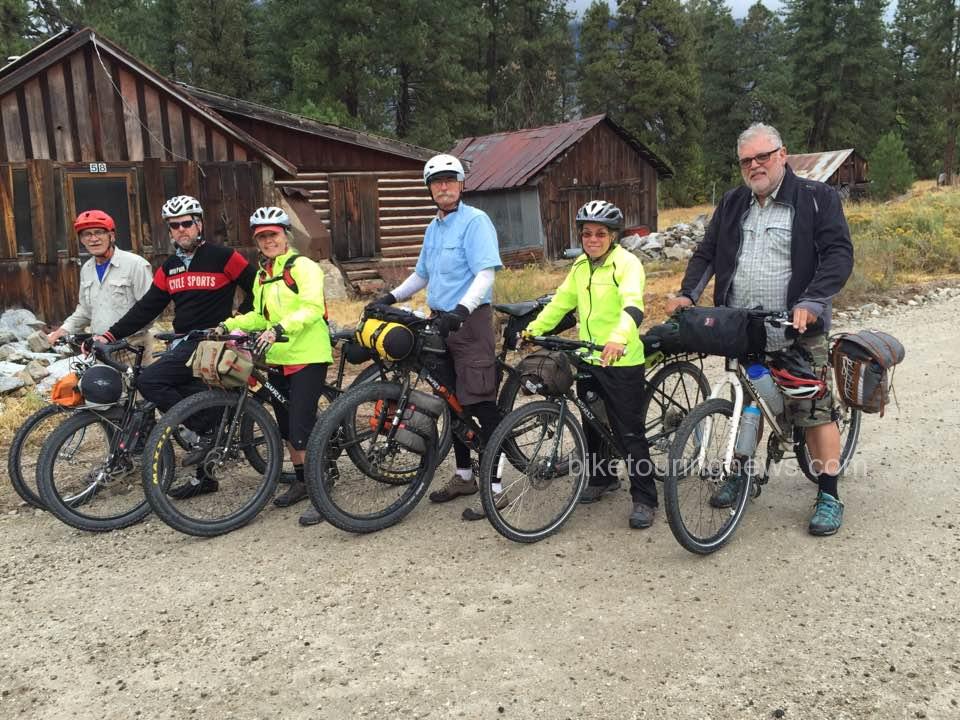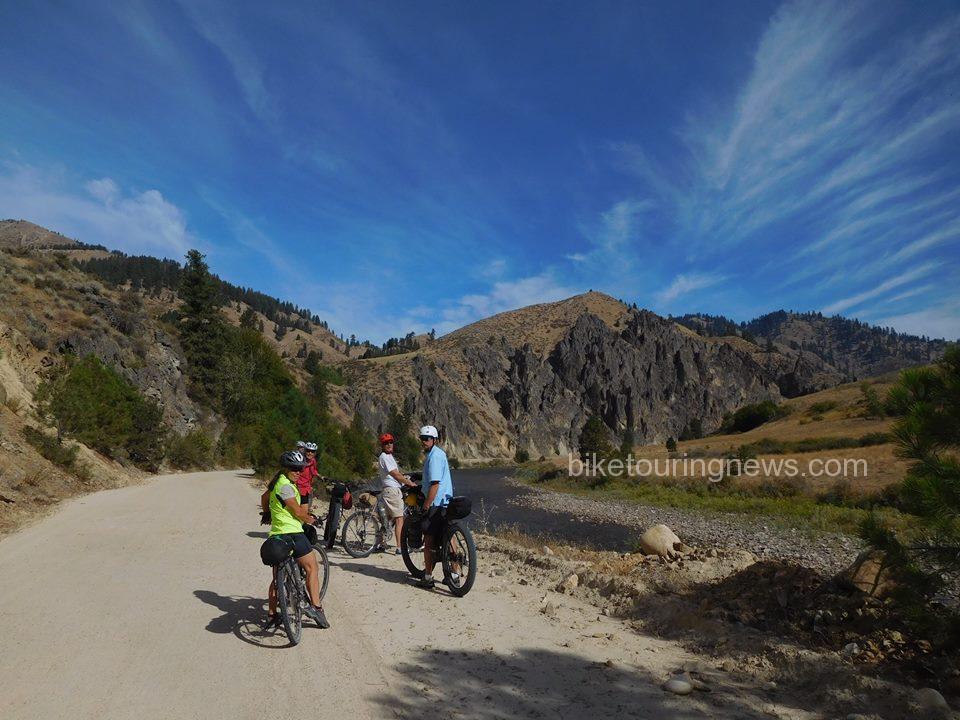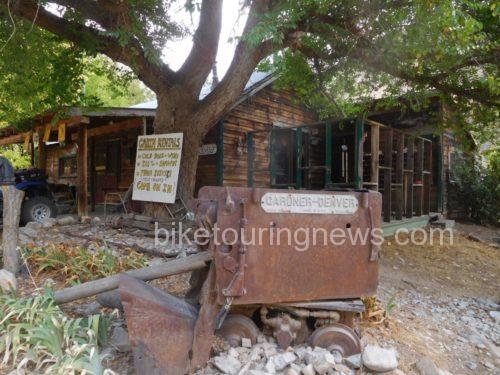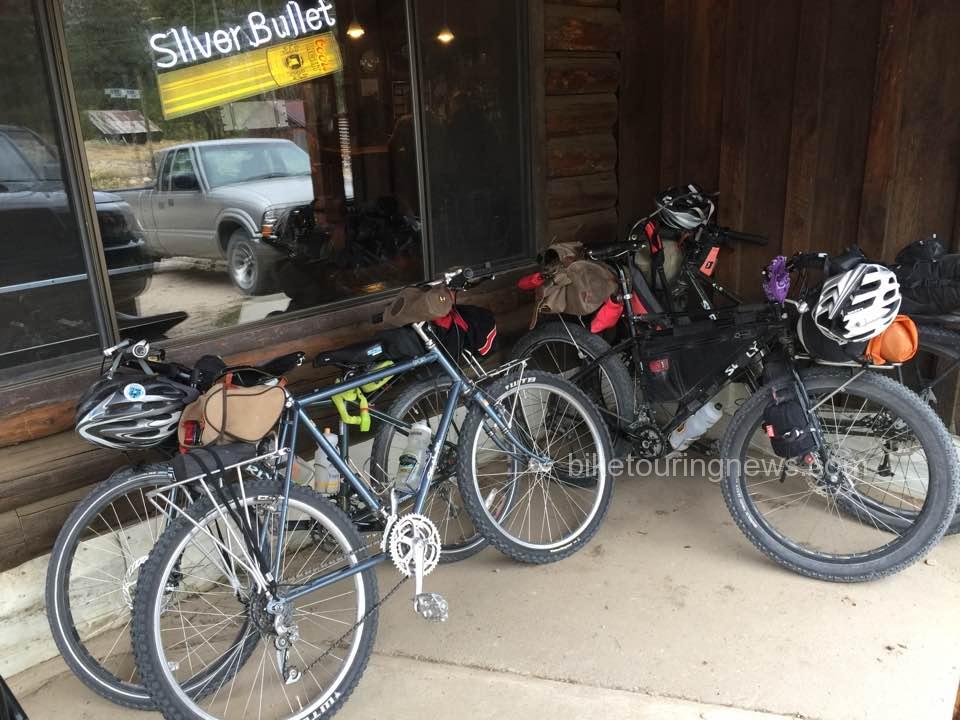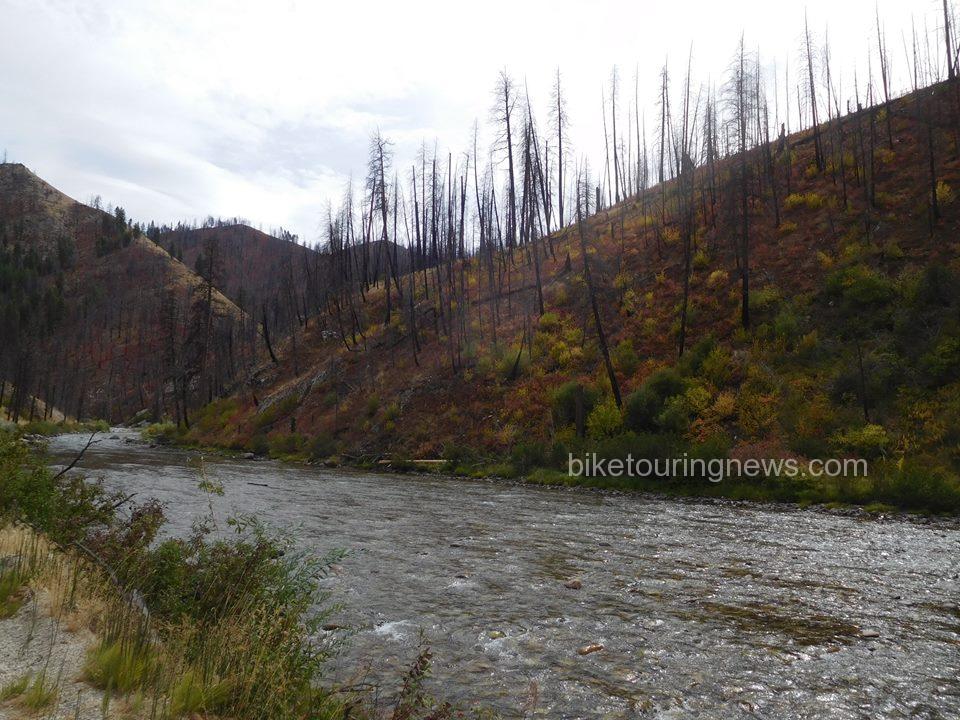5/25/18 UPDATE: We’ve got some AMAZING PRIZES from Tenkara USA, DRAGONtail Tenkara, Sinewave Cycles, Revelate Designs, Surly, WTB, Quality Bicycle Products and the Adventure Cycling Association to give away! You could be a winner! All you need to do is follow our social media channels (Facebook, Instagram, Twitter), sign up for our email mailing list and keep an eye out for instructions in GIVEAWAY posts! You don’t have to attend the Featherville Freakout or participate in Bike Travel Weekend to win but it will definitely help your chances!
We’ve also added a handful of new hosted rides to the Featherville Freakout! There are options for all ages and abilities! Scroll down for the most current list. Don’t see a ride that suits you and your crew? Host your own!
}}}—————————————–>
Bike Travel Weekend 2018 is the first weekend in June and coming up fast! This will be the third year that the Adventure Cycling Association has organized this worldwide event, so what better opportunity to strike out on your first overnight trip or help get your friends hooked on bike travel!
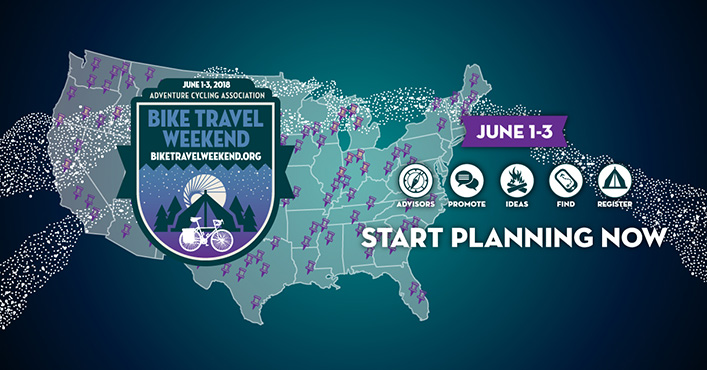
We’re really excited about this event and the chance to share the excitement and camaraderie of self-supported riding with friends! In honor of this once-a-year event, Bike Touring News HQ will be CLOSED on Friday, June 1!
We hope you’ll join us for the very first Featherville Freakout, June 1-3! We want this to be an opportunity for riders of all ages and abilities to get out and sample a little slice of the spectacular riding here in Idaho, so rather than prescribing a route and setting the agenda we’re nailing down a meetup point and encouraging folks to plan their own adventures. You can organize your own ride, invite your friends and tell us all about it around the campfire on the South Fork of the Boise River! We’d love to see riders from all across the state come together for a weekend gathering of the bike travel tribe! Here’s how it’s gonna go down:
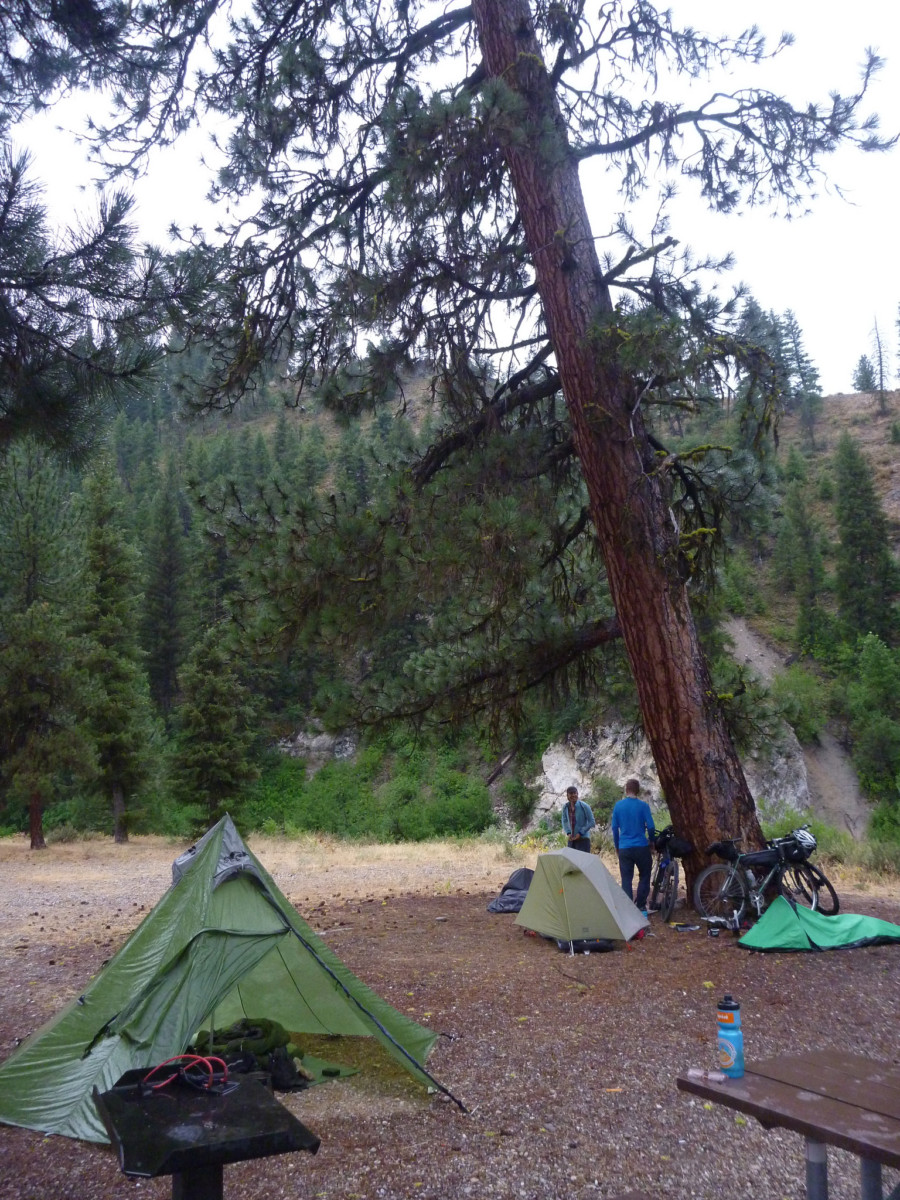
Our destination will be the Chapparal campground on the South Fork of the Boise – just upstream from the town of Featherville – for Friday and Saturday nights. Nestled in the hills just south of the mighty Sawtooth Mountains, this stretch of road will be familiar to veterans of the Smoke ‘N’ Fire 400 or Idaho Hot Springs MTB Route. There are ample opportunities for day riding, hiking, fishing, hot spring soaking, barstool rodeo, slingshot biathlon or any other outdoor games you want to play!
Route options to Chaparral could range from the seriously strenuous to super relaxed depending on your style and preference. Make it as easy or challenging as you want! No rules, no restrictions. Just get your crew together, draw some lines on a map and come meet us riverside!
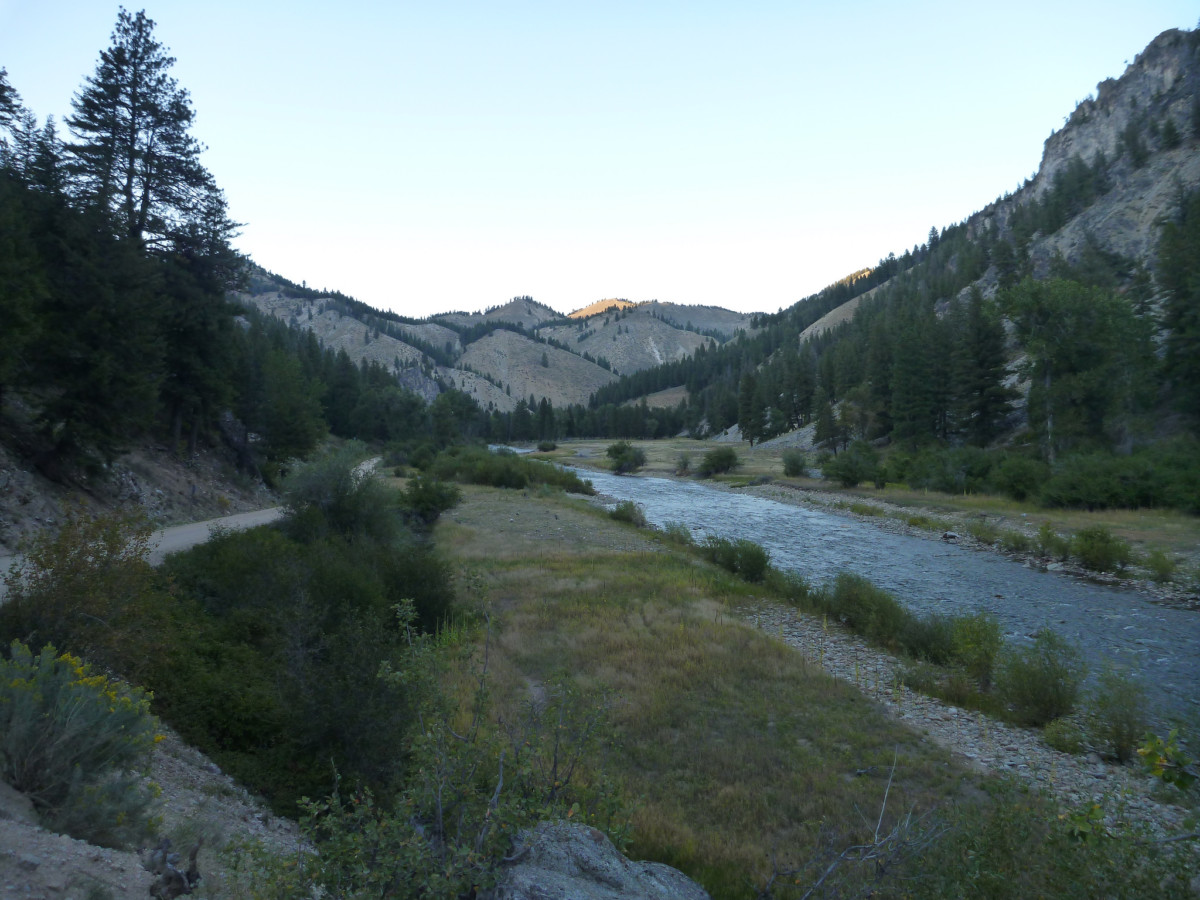
If you want to host your own ride to the Featherville Freakout (and we hope you do), register it with the ACA so that other folks in your area can find it and join in! You can also register as a private event if you’d rather pick and choose your riding companions. By registering, you’ll also enter to win a Co-Motion Divide bicycle and Amtrak tickets to Glacier National Park!
Want to let someone else handle the route planning and join in a ride? Check out the list below. Click the link to find more information and to register your participation. You’ll get an sweepstakes entry for your trouble! You can also contact the ride leader with any questions you might have.
CURRENT RIDE LISTING (updated 5/25/18)
- Departing Anderson Ranch Reservoir, Saturday June 2. 17 miles, ~400 feet of elevation gain
- Departing Prairie, Saturday June 2. 40 miles, ~5,100 feet of elevation gain
- Departing Black’s Creek Road, Saturday, June 2. 63 miles, ~5,800 feet of elevation gain
- Departing Boise, Friday June 1. 87 miles, ~7,400 feet of elevation gain (see description below)
- Idaho Centennial Trail, Saturday Day Ride. 65 mile loop from Featherville over a mix of pavement, dirt roads and singletrack.
- Lil Smoke, Lil Fire, Lotta Hot Springs. Departing Boise, Friday June 1. Three days, 183 total miles.
- Featherville Freakout, 3 Forks Edition. Departing Boise, Thursday May 31. https://ridewithgps.com/routes/27601244
Want to ride from Boise on Friday? A group will depart Fort Boise/Military Reserve Park (main parking lot between ballfields and Mtn Cove Rd) promptly at 9am and ride to Featherville via this route. Register your participation here for an entry in the sweepstakes and to add your name to the list of participants across the world. Here’s a brief description of the ride to whet your appetite!
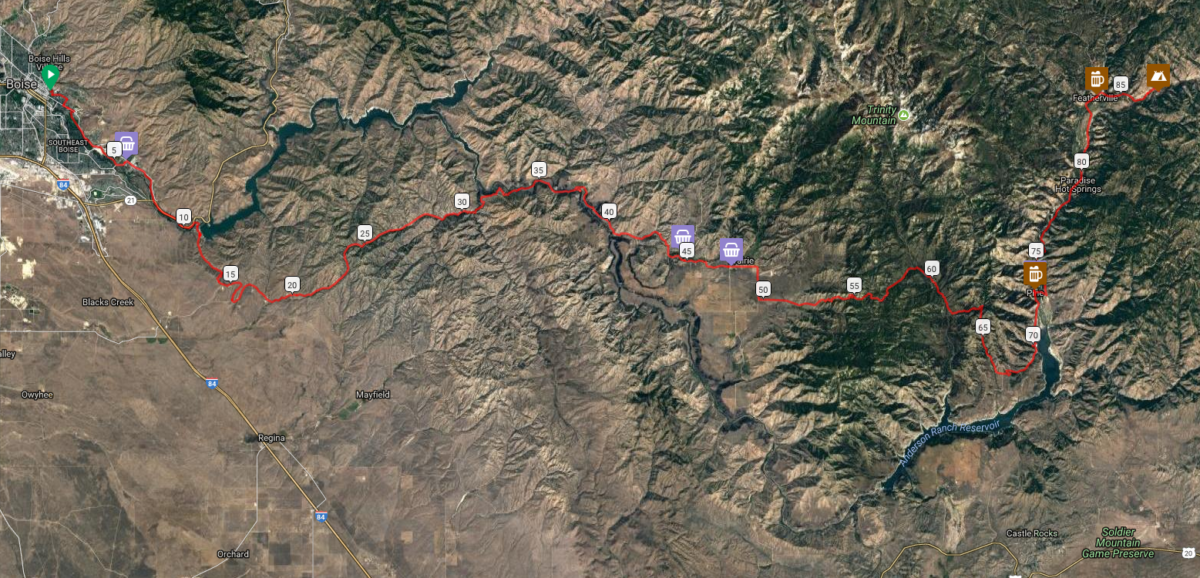

Terrain on the route varies from a nasty hike-a-bike out of Lydle Gulch to smooth pavement near Pine. Mostly, we’ll be on maintained dirt roads that will vary from smooth and hardpacked to loose, sandy, rocky and/or washboarded. Any competent dirt touring bike with ~2″ tires will do fine.
This track (more or less) follows the route of the Smoke ‘N’ Fire 400, taking in a variety of southern Idaho landscapes and a moderate amount of climbing – for Idaho that is. We’ll roll eastbound out of town through Lydle Gulch to Black’s Creek Road and follow the tailwater of the South Fork through some stunning scenery.
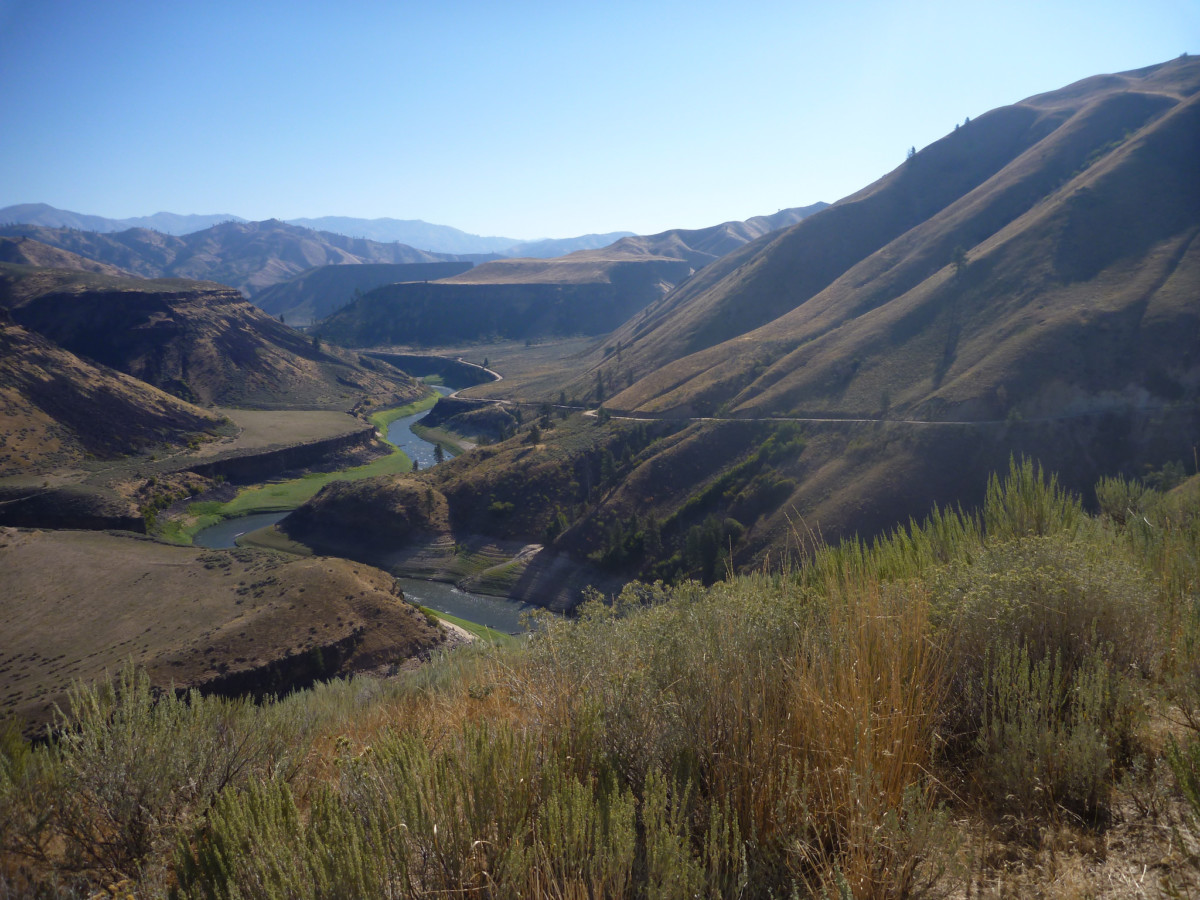
After climbing out of the South Fork, we’ll pass through the town of Prairie and take advantage of resupply options at the Y-Stop and Prairie Store.
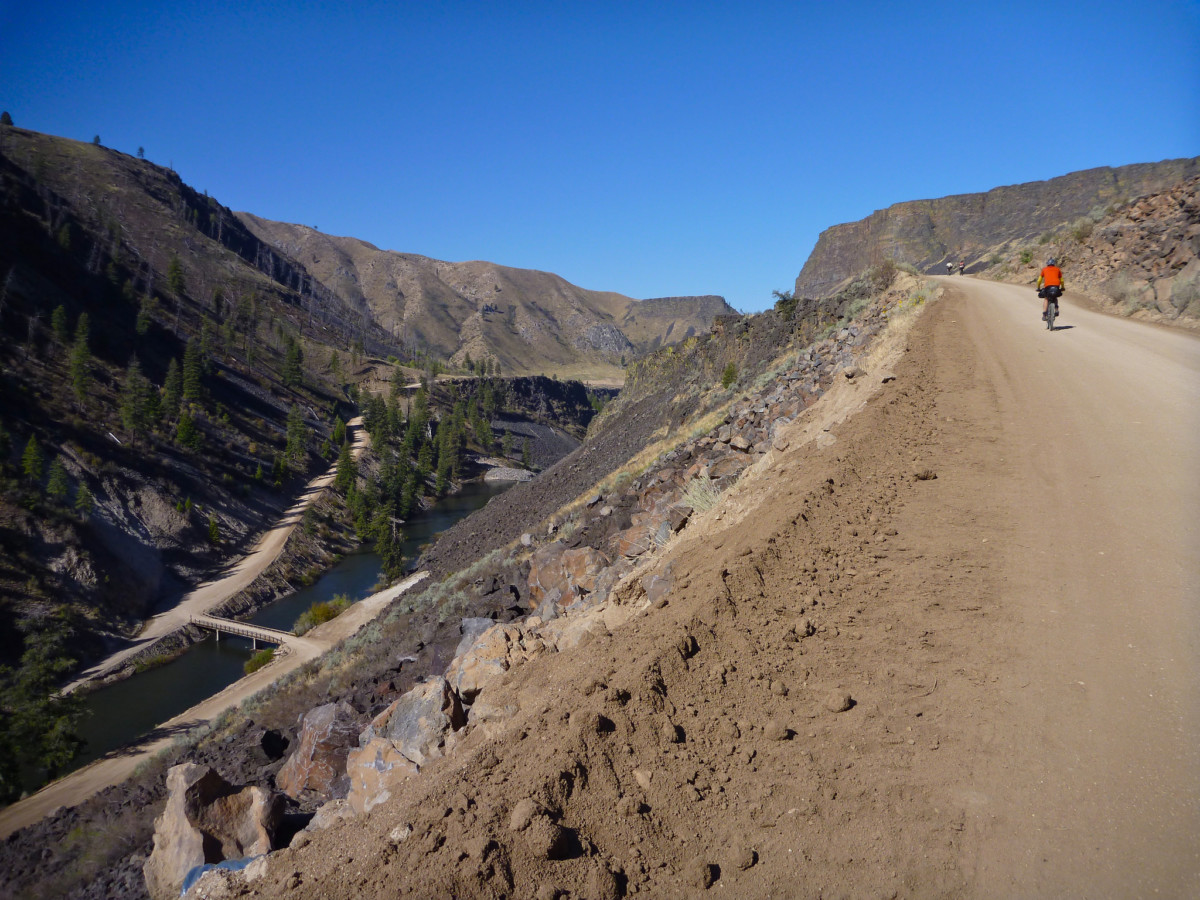
We’ll cruise across the open plain before climbing into the hills south of the Trinity Mountains in the Boise National Forest. Stretch your legs, take in plenty of sustenance and get ready to climb!
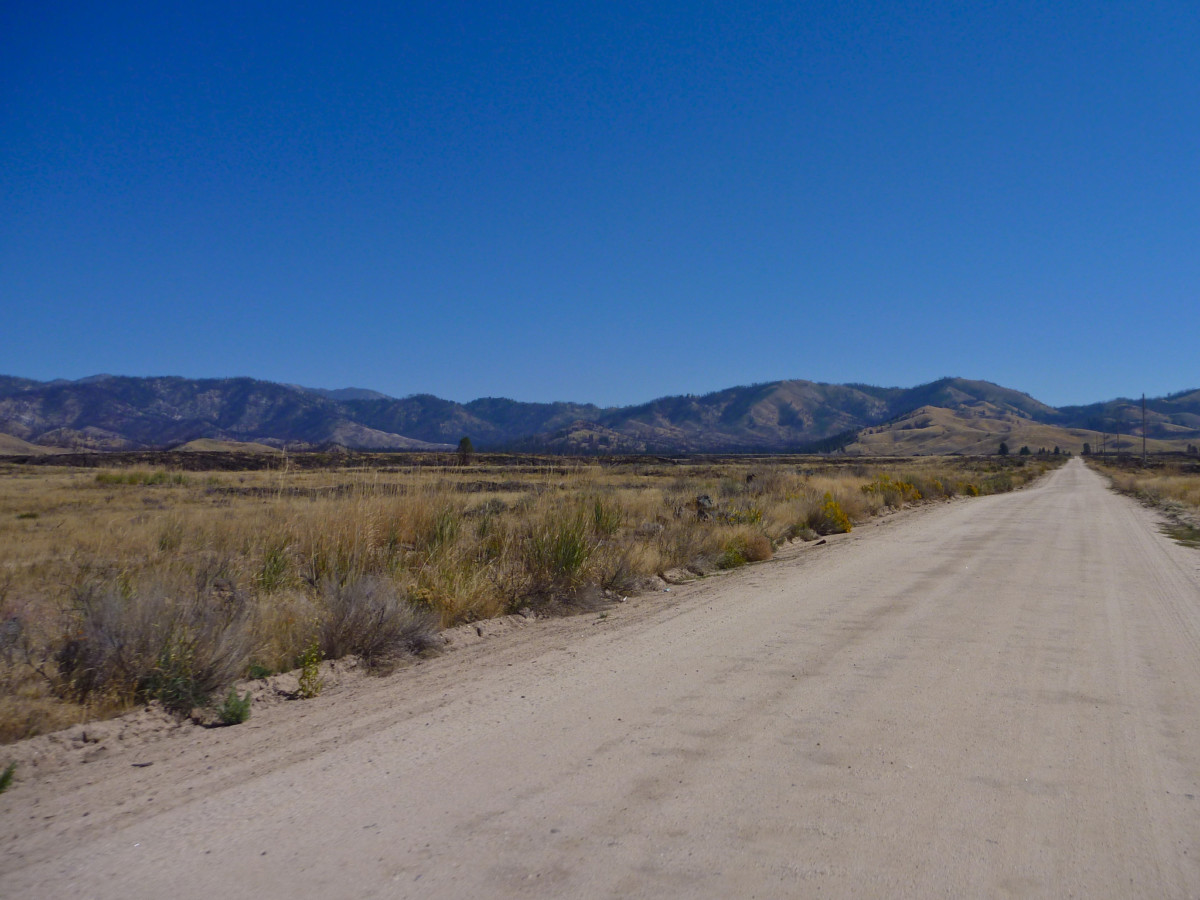
We’ll summit the high point of the ride right around 6,000 feet before descending to the Anderson Ranch Reservoir section of the South Fork. The route turns back to the north and passes through the town of Pine. Pine Cafe and Cocktails will tempt us with hot food and cold beverages while the Nitz Pine Store provides convenience store essentials.
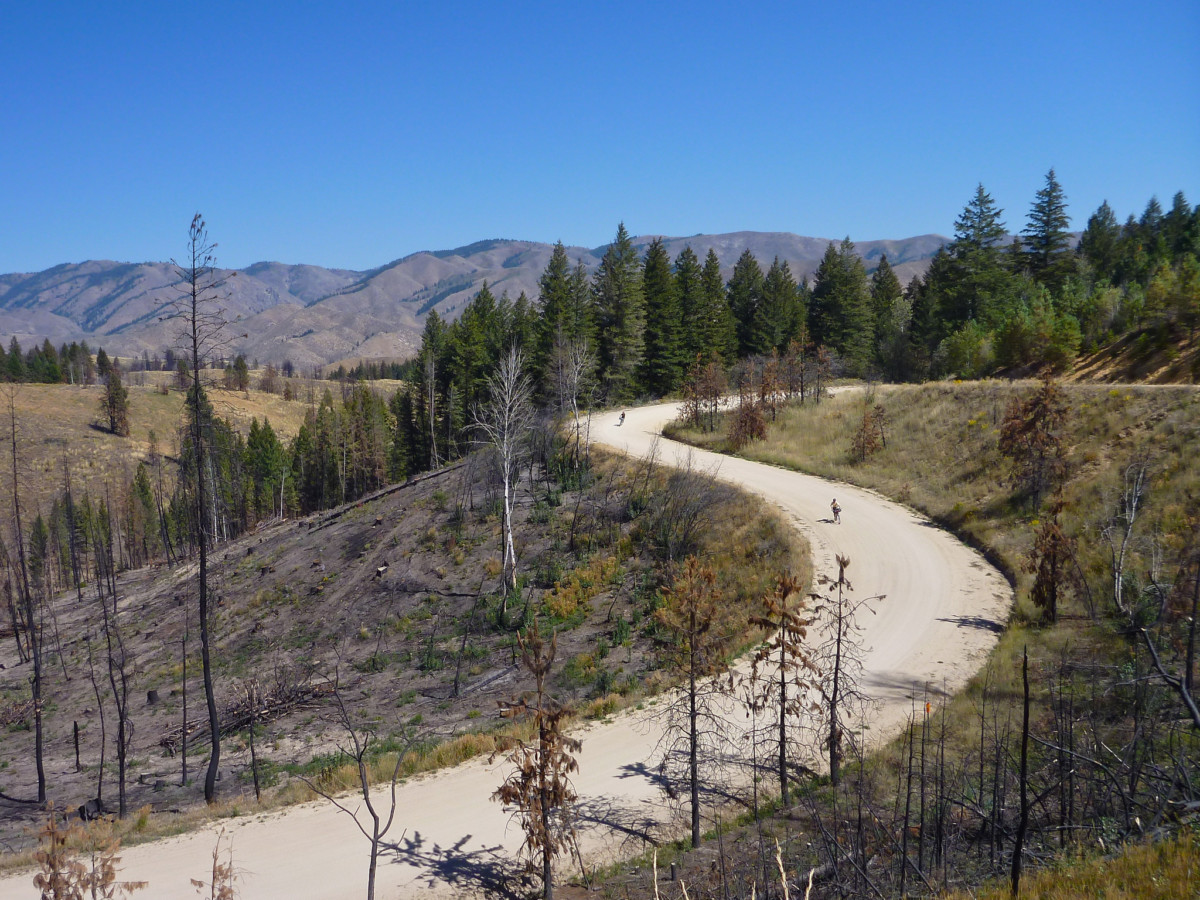
From Pine, we’re in the home stretch! FR 114 will carry us along the east bank of the South Fork as we climb at a mellow river grade toward Featherville. 12 miles past Pine, we’ll have arrived!
We expect the 87-mile ride will require 7-8 hours of ride time, so a 9am departure should get us into the campground with plenty of time to make camp, prepare food and maybe even get some fishing in before dark.
Saturday will be a free day with ample opportunity for all kinds of outdoor recreation. We’ll return to Boise on Sunday via the same route or a variation. If you want to ride with us, don’t forget to register your participation here for an entry in the sweepstakes and to join the ranks of bike travelers across the world!
Regardless of your route choice, we hope you’ll join us and thousands of people across the world for the Featherville Freakout, part of Bike Travel Weekend 2018! See you on the South Fork!
#rideloaded #feathervillefreakout #biketravelweekend #biketouringnews
